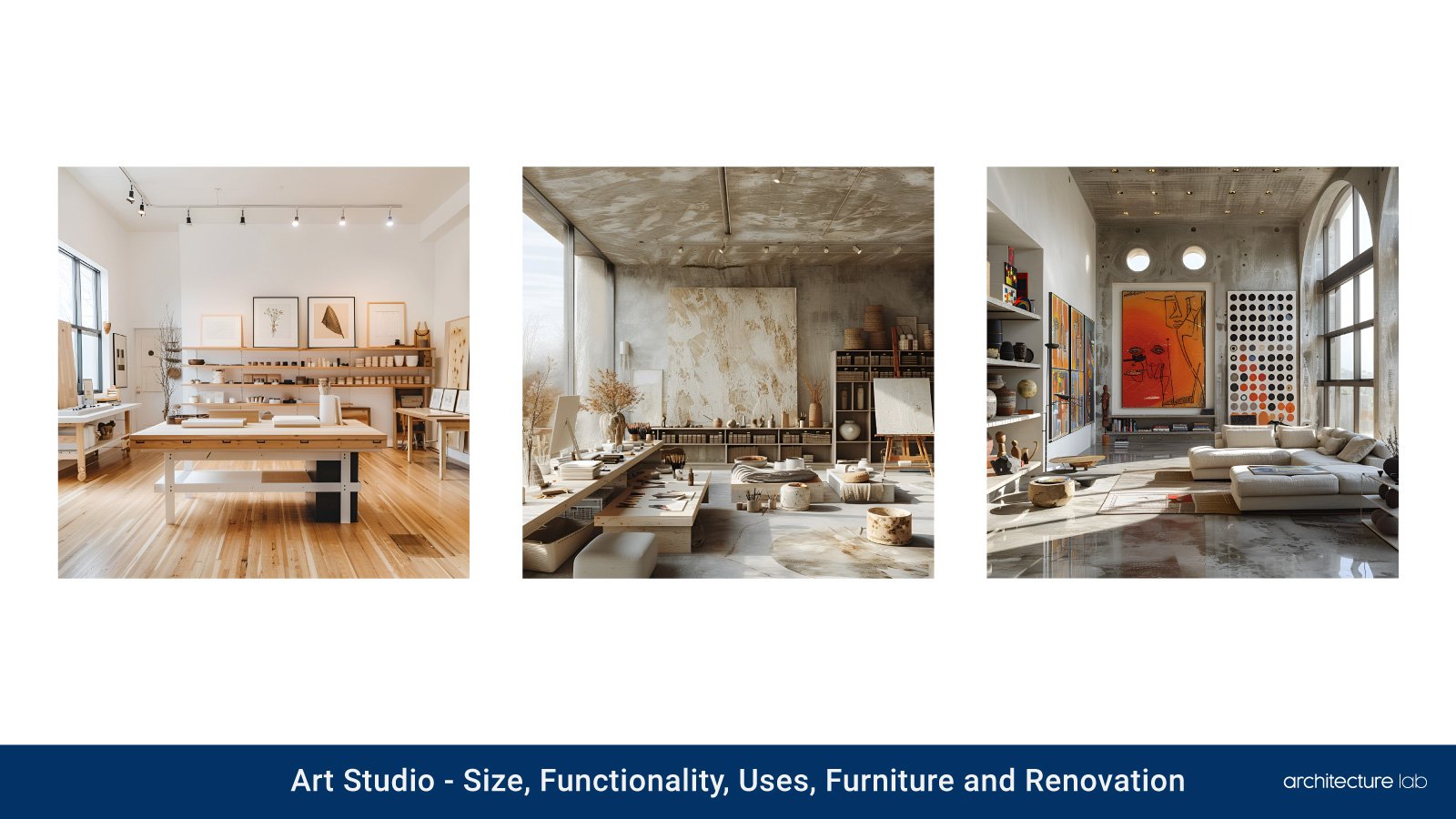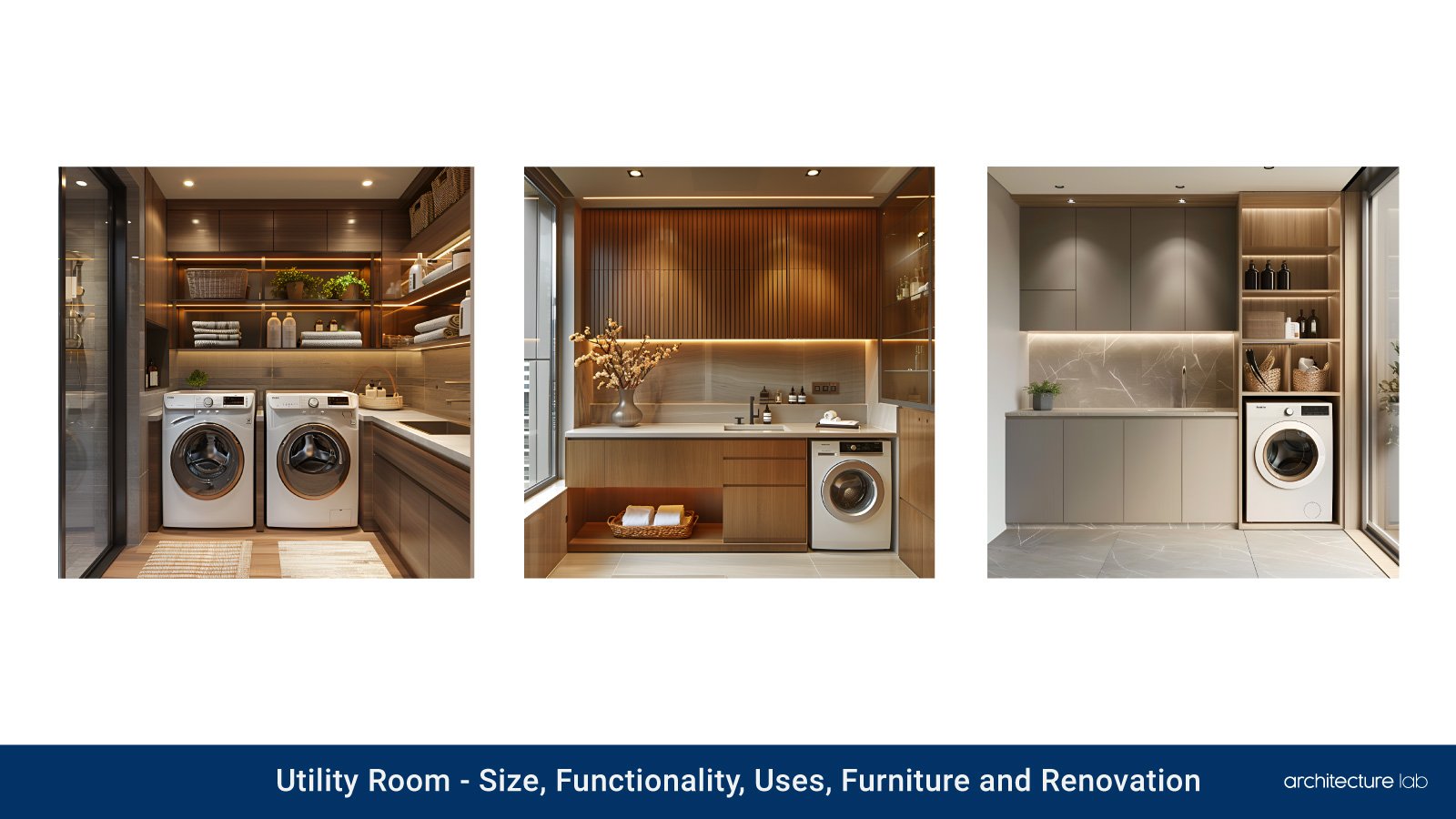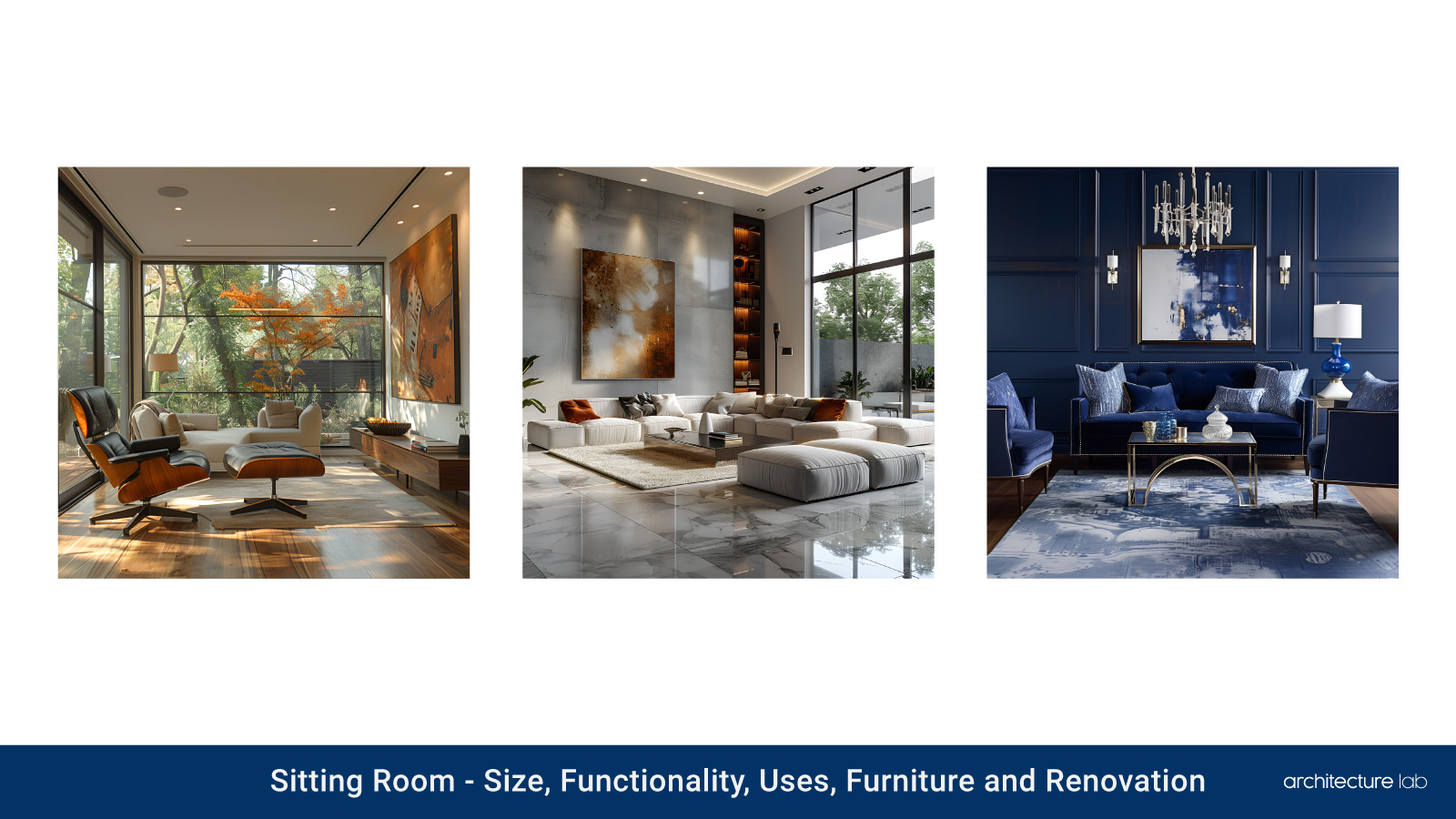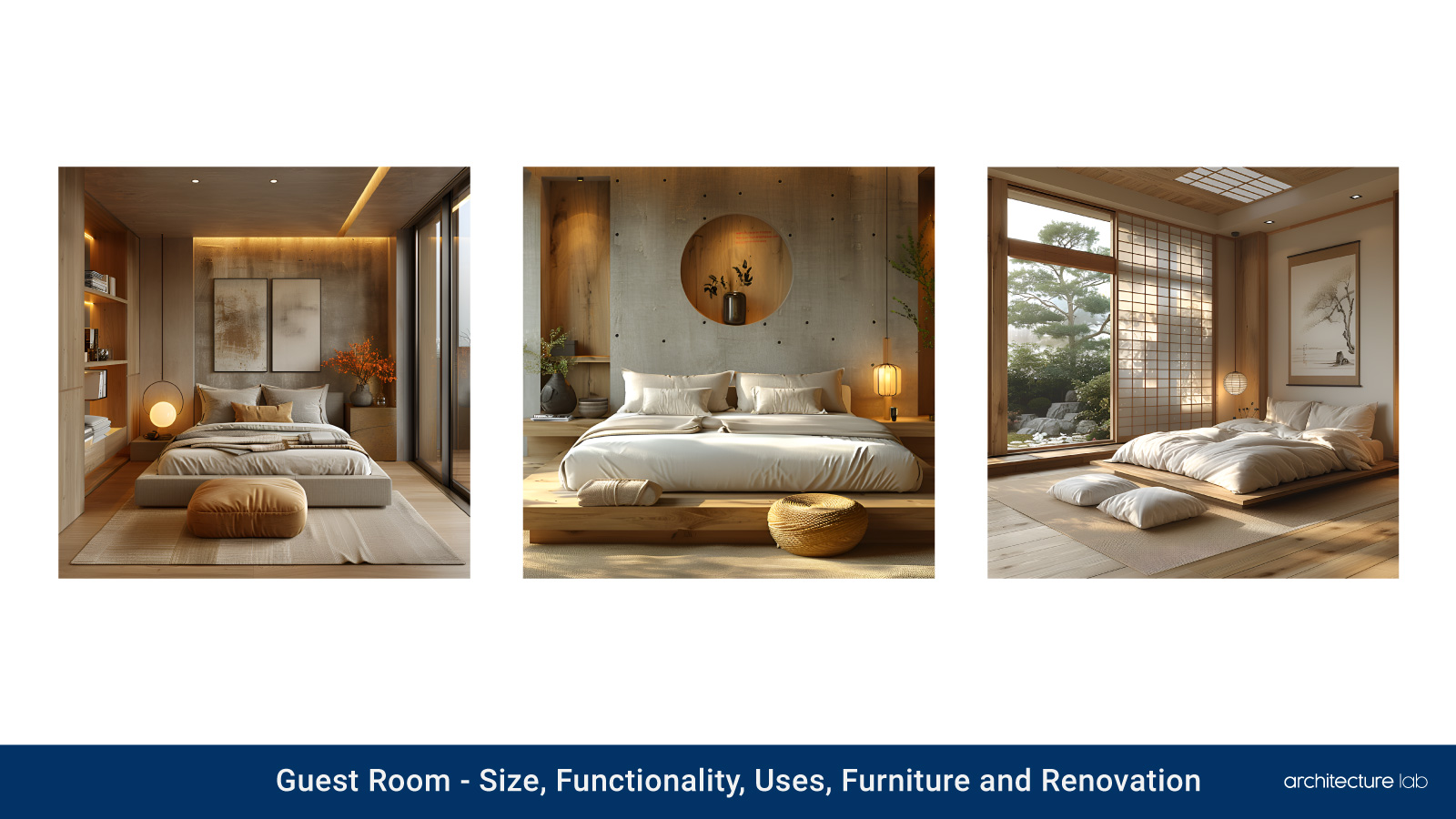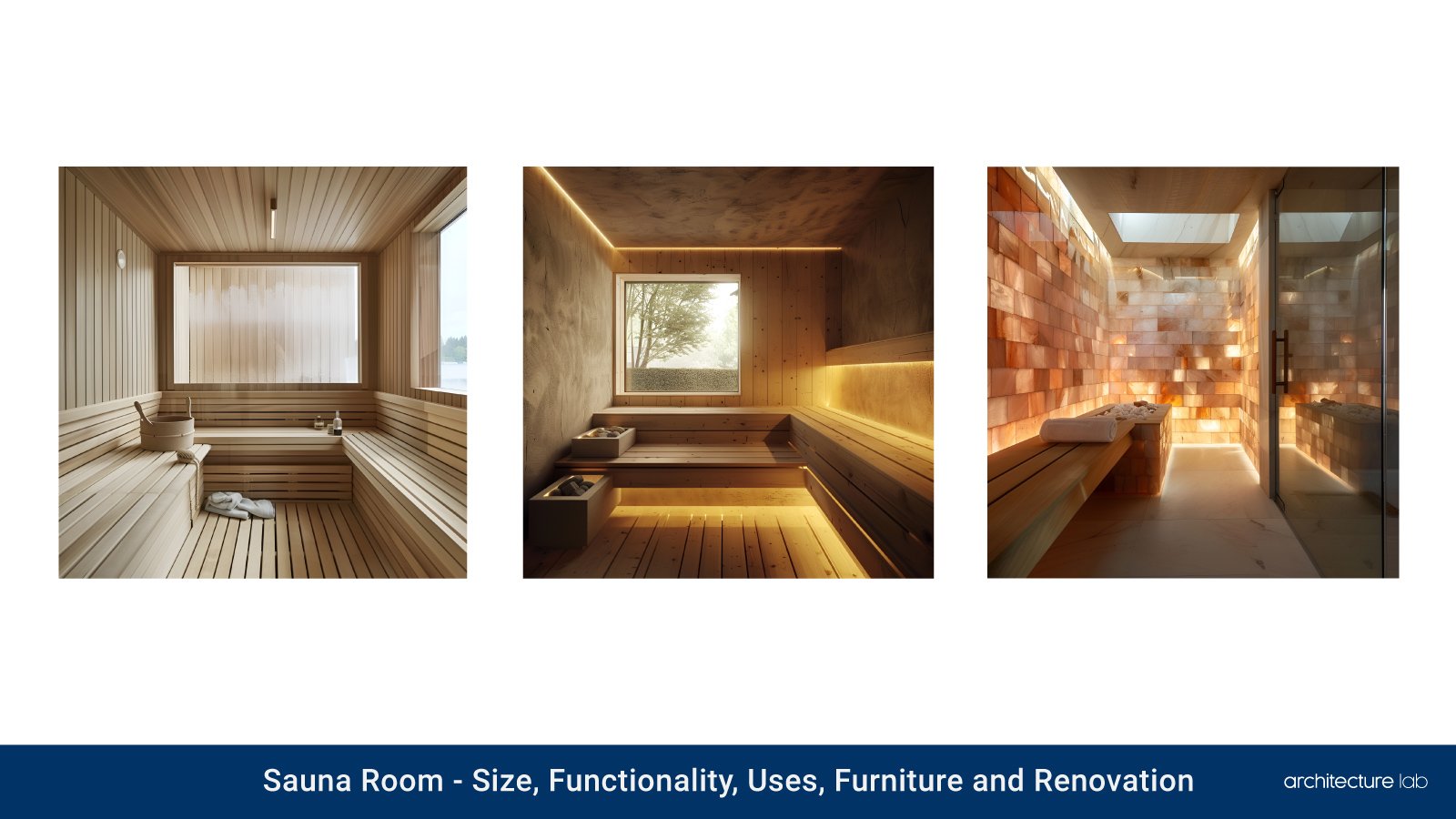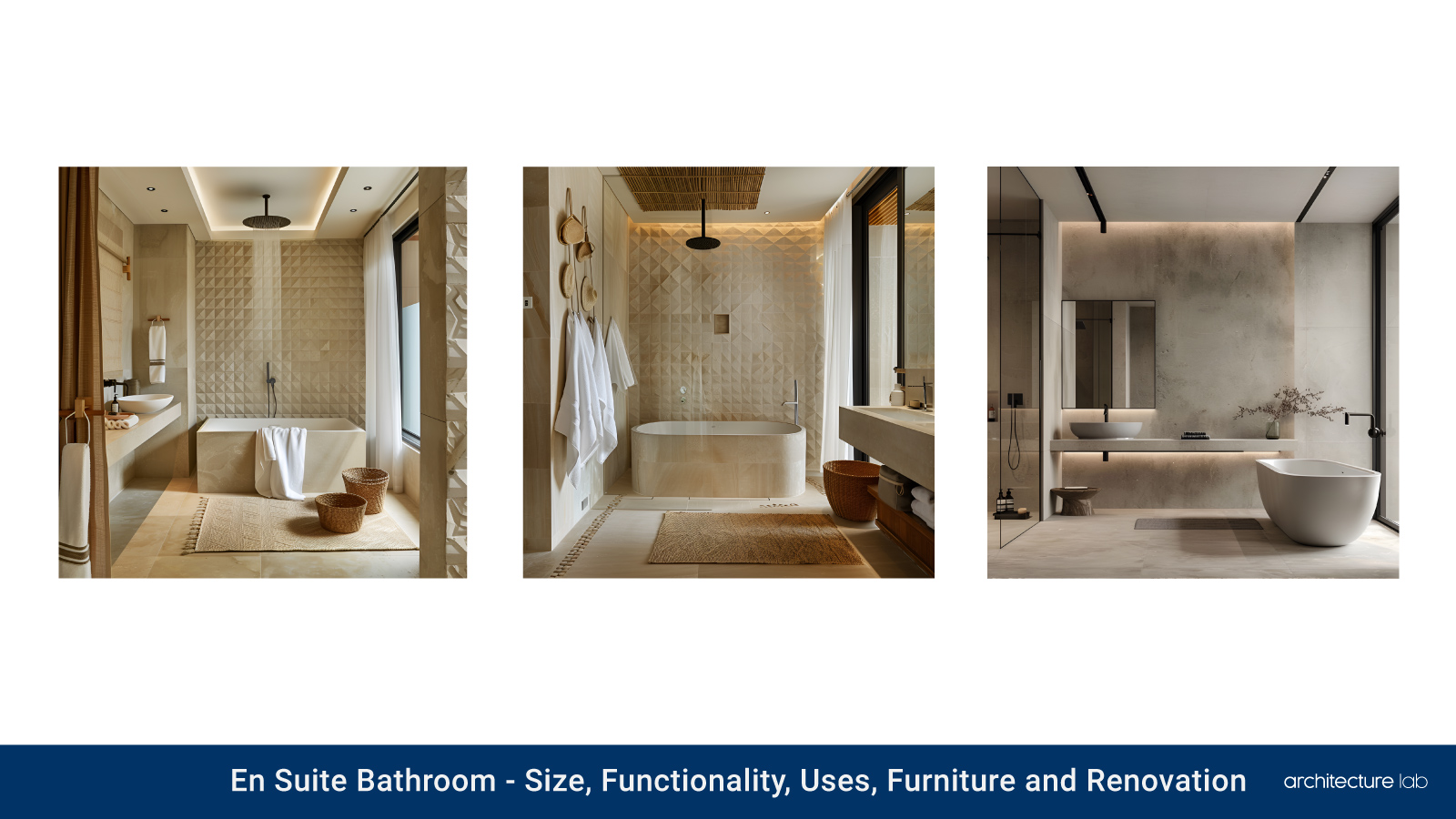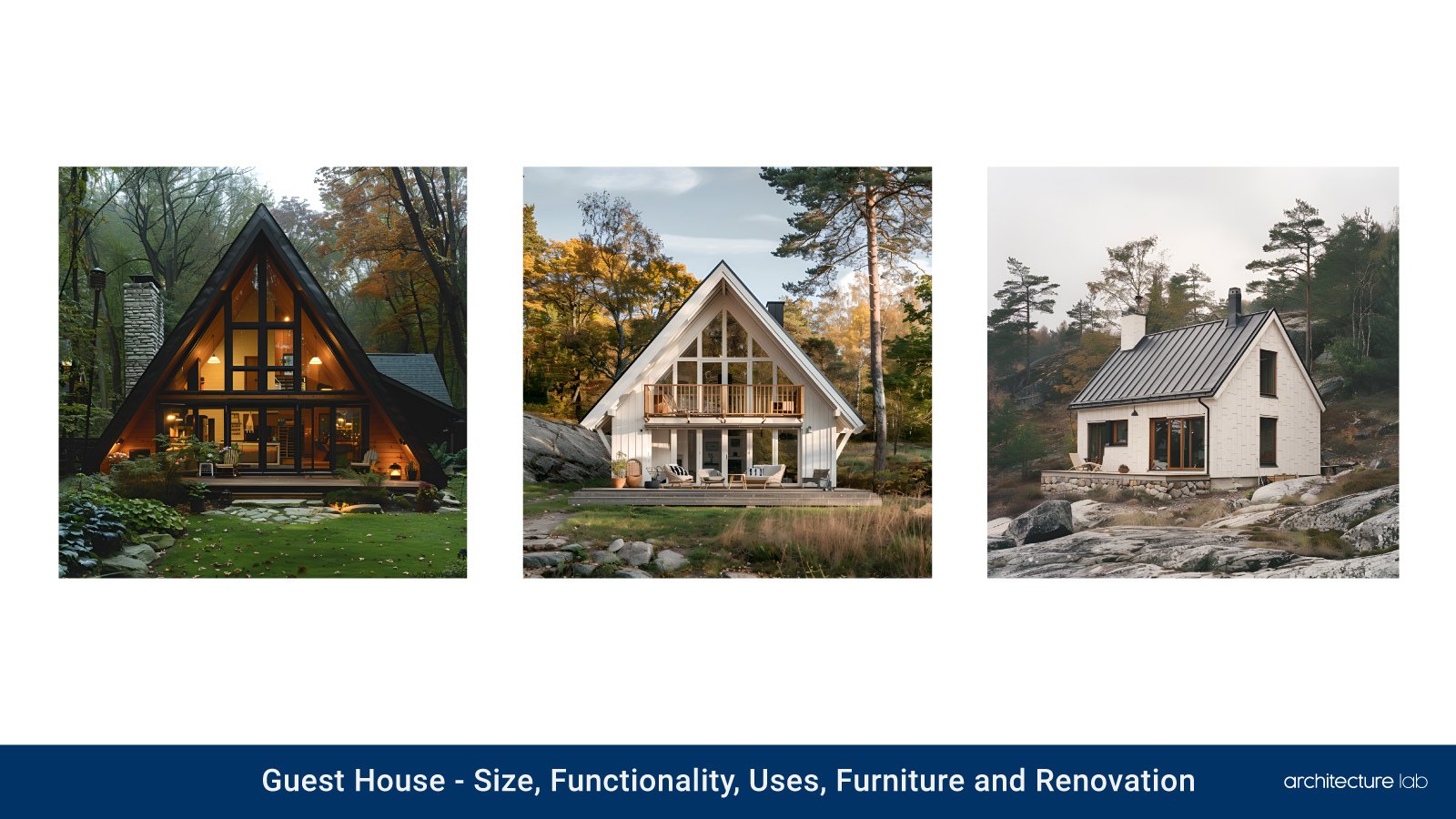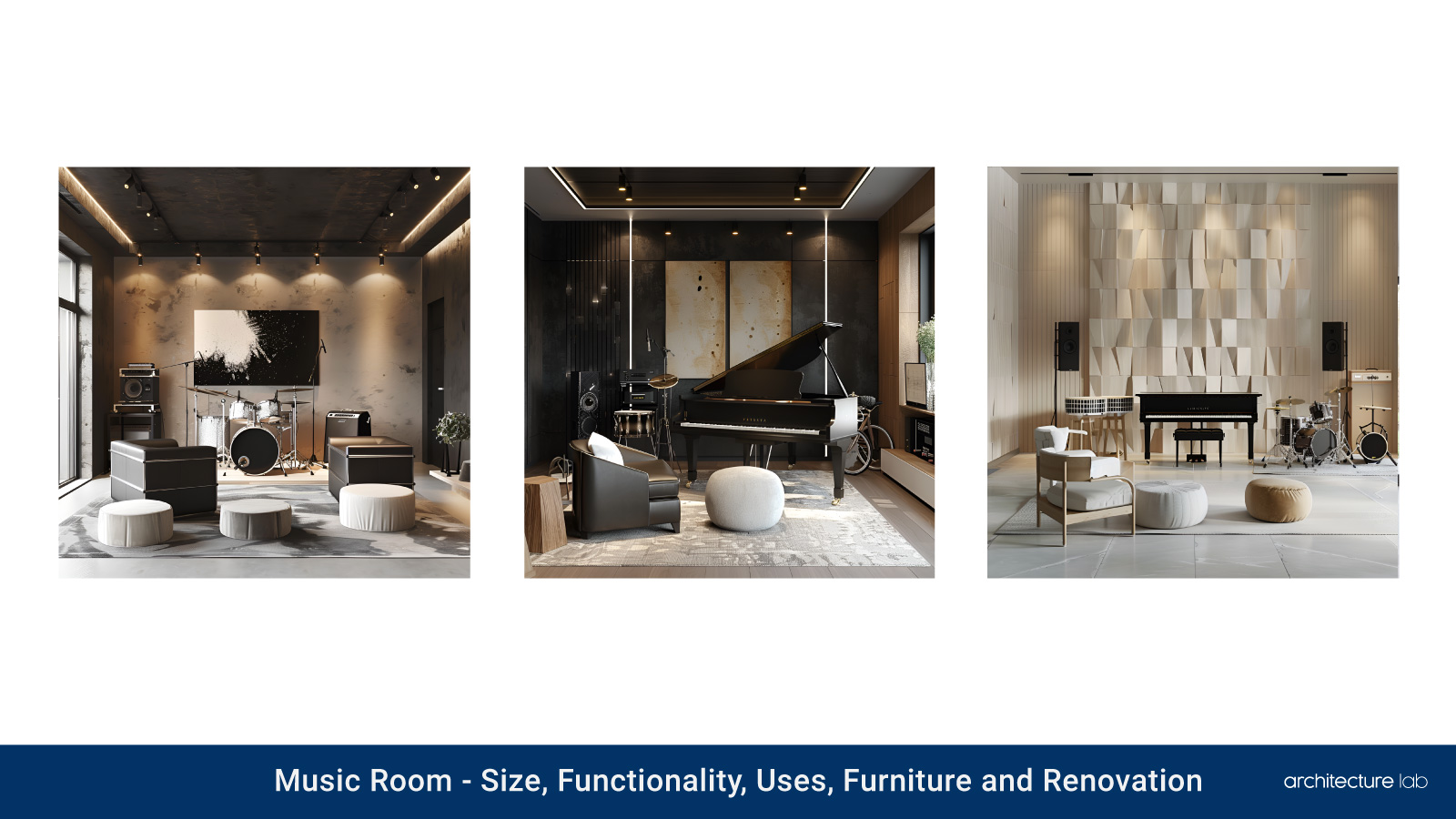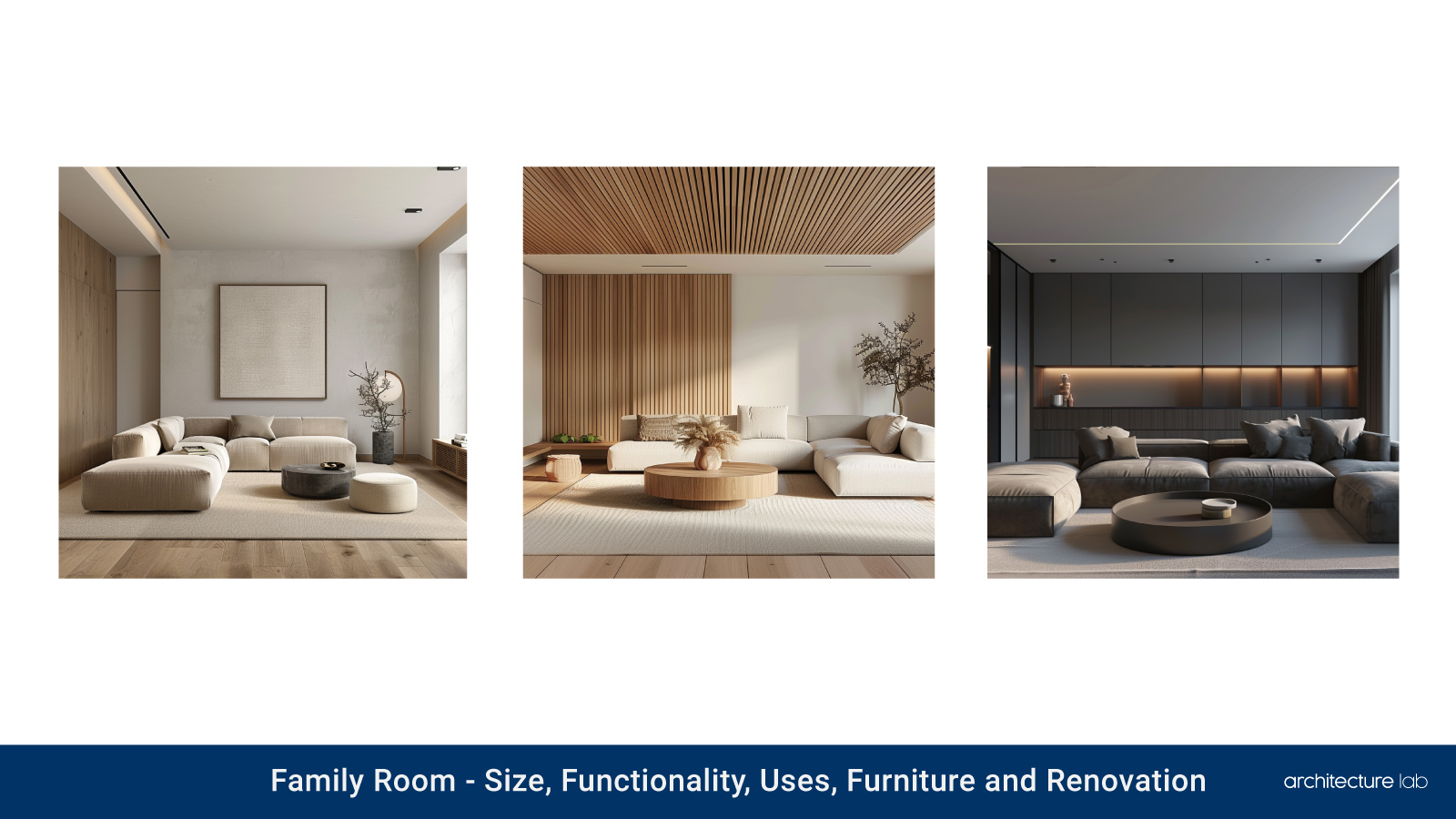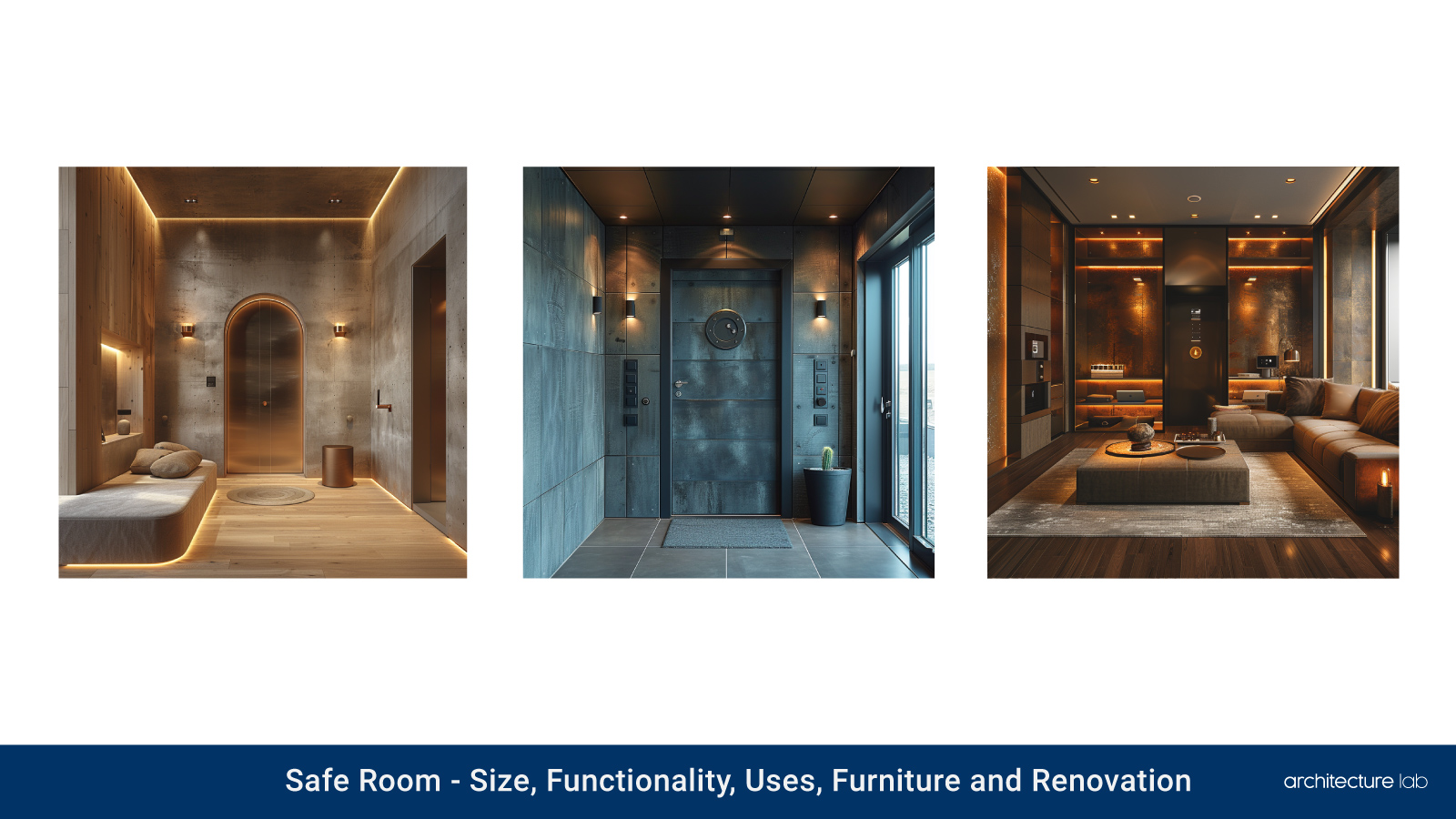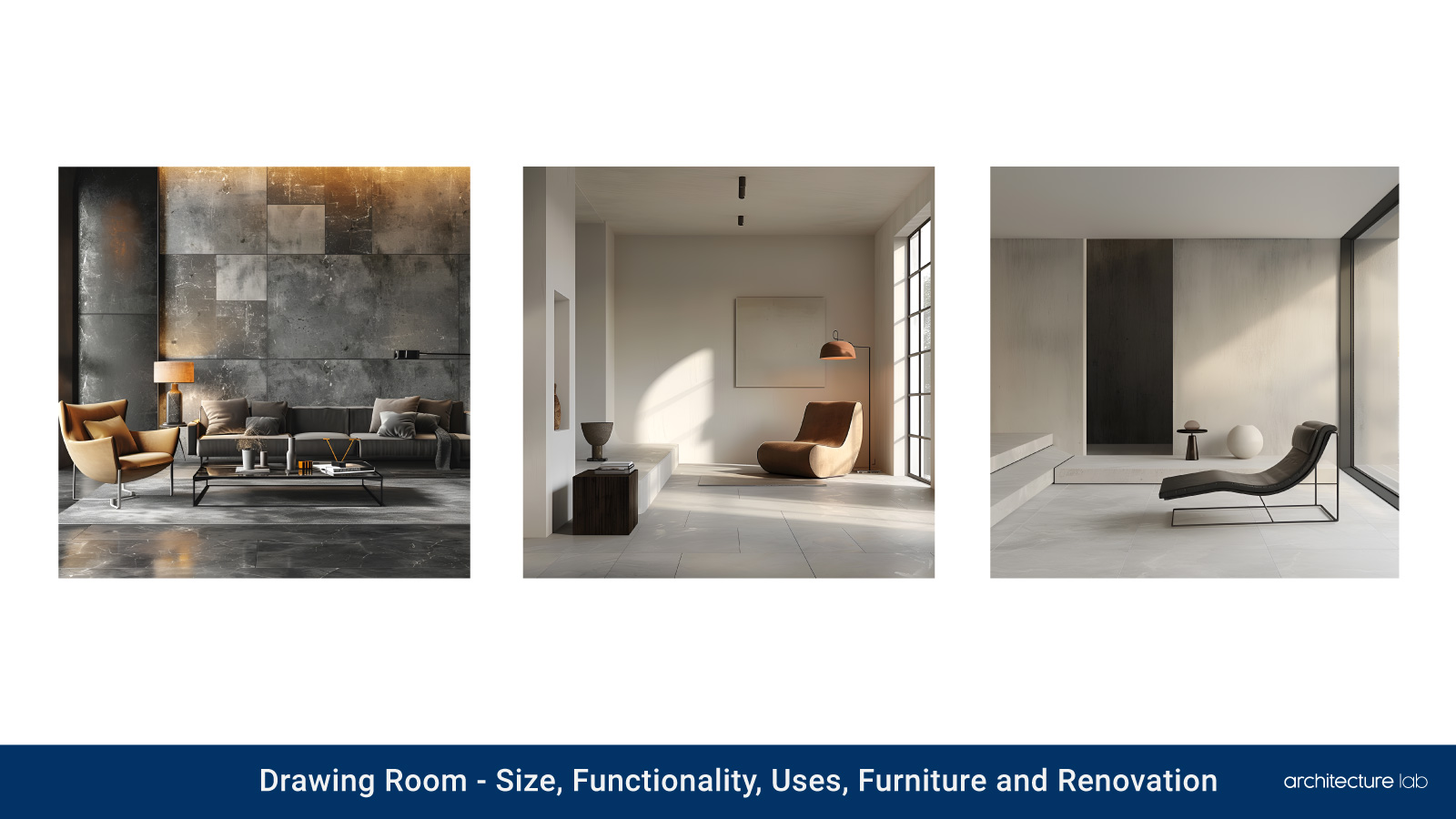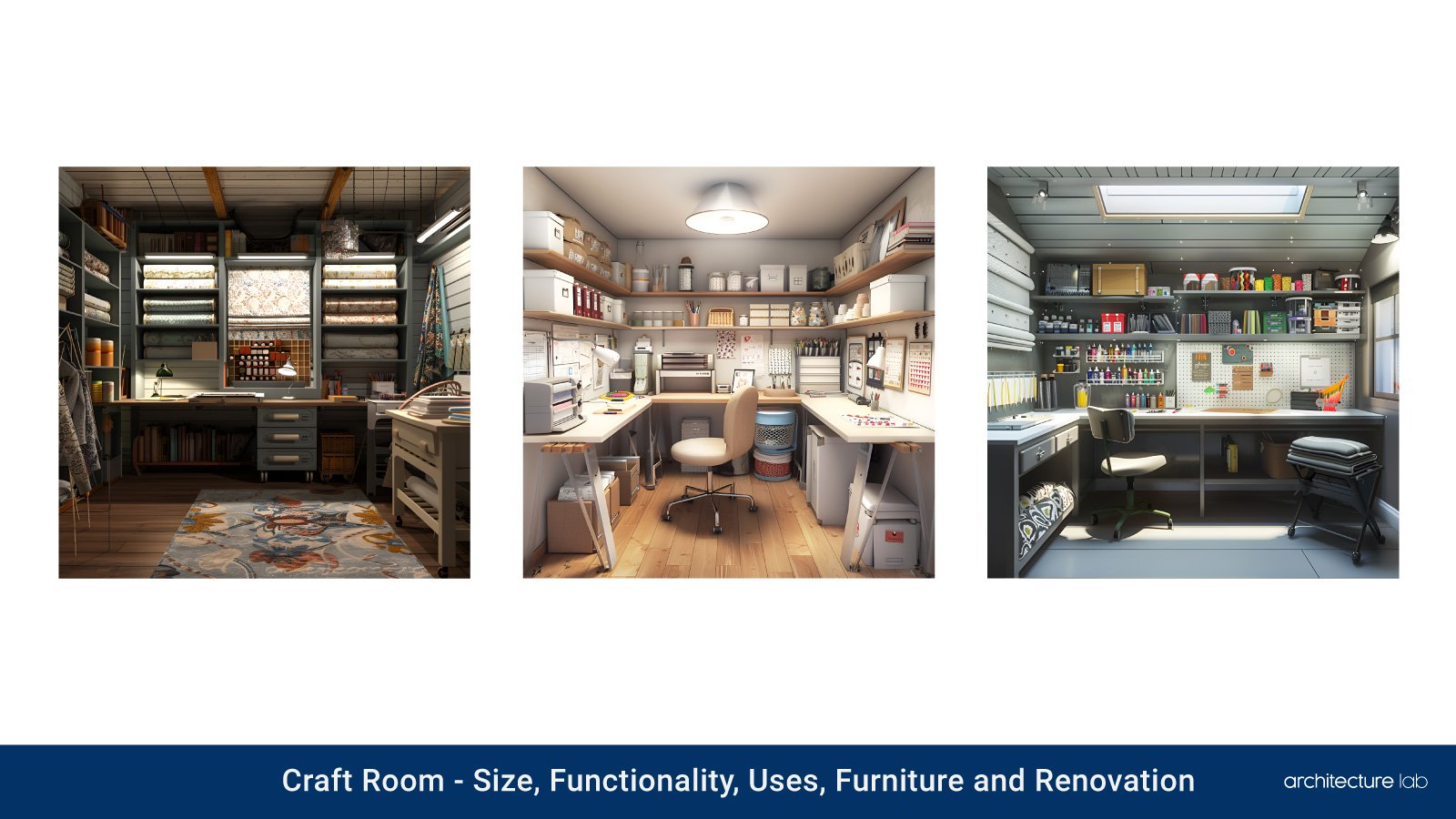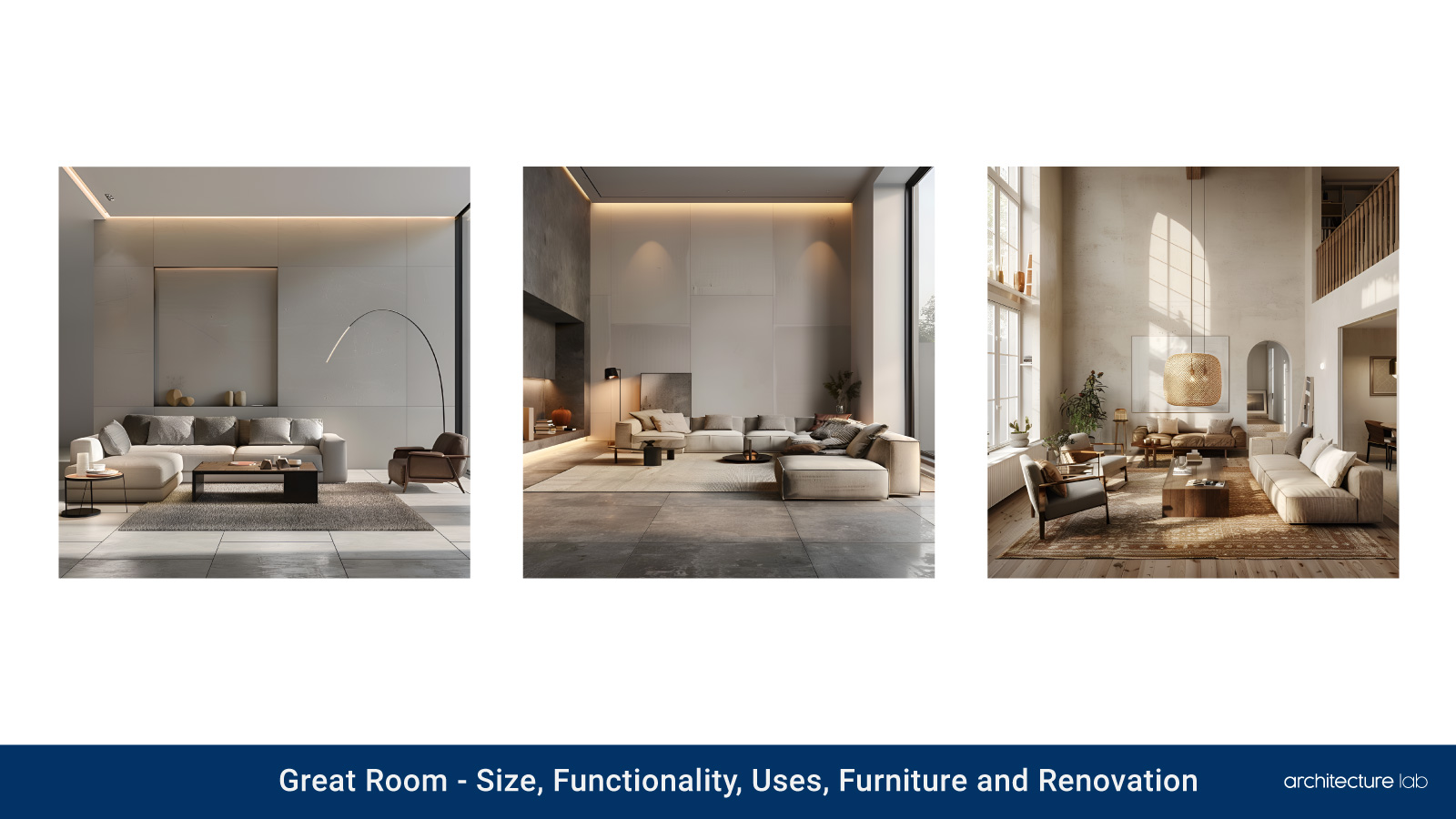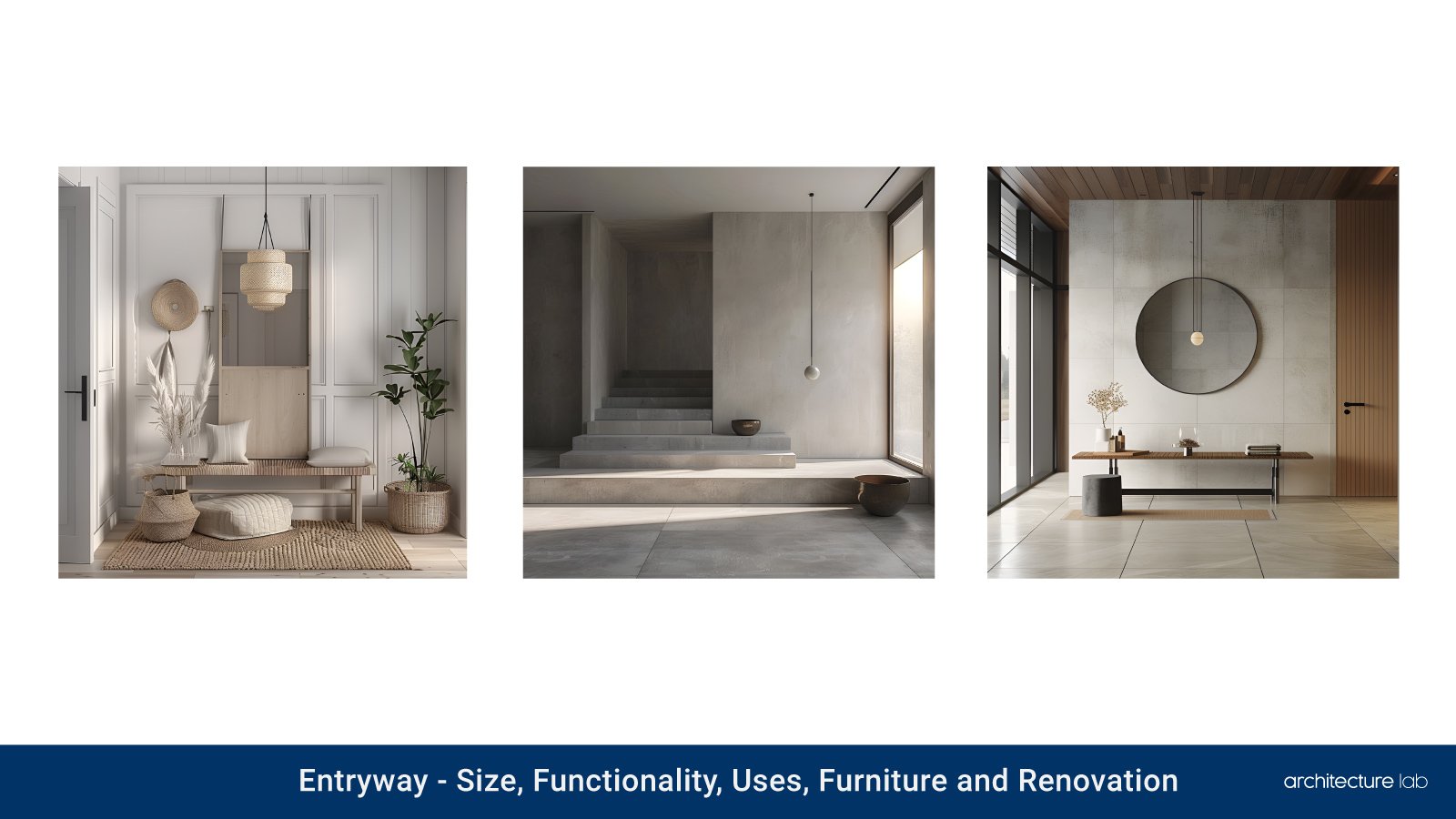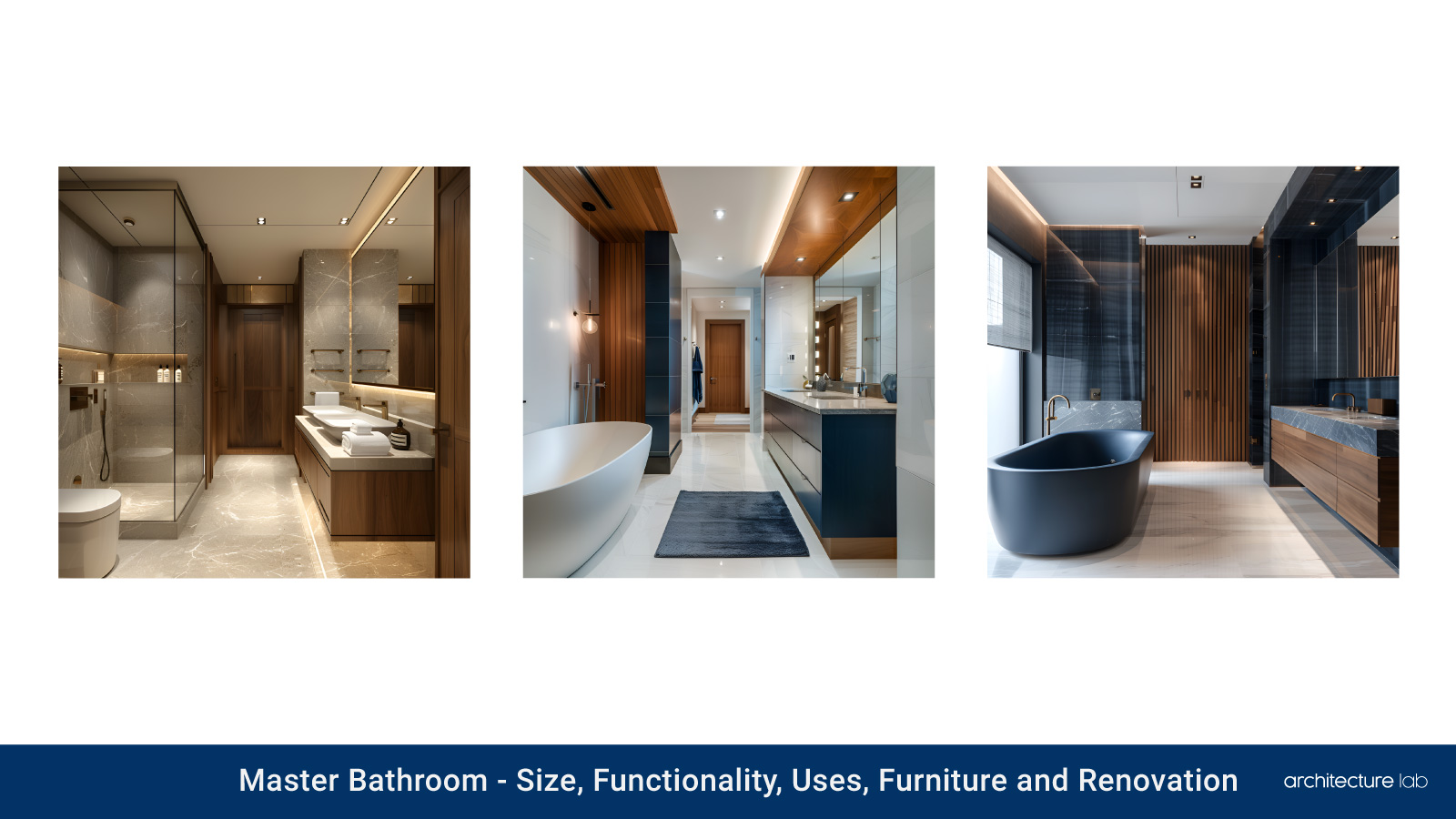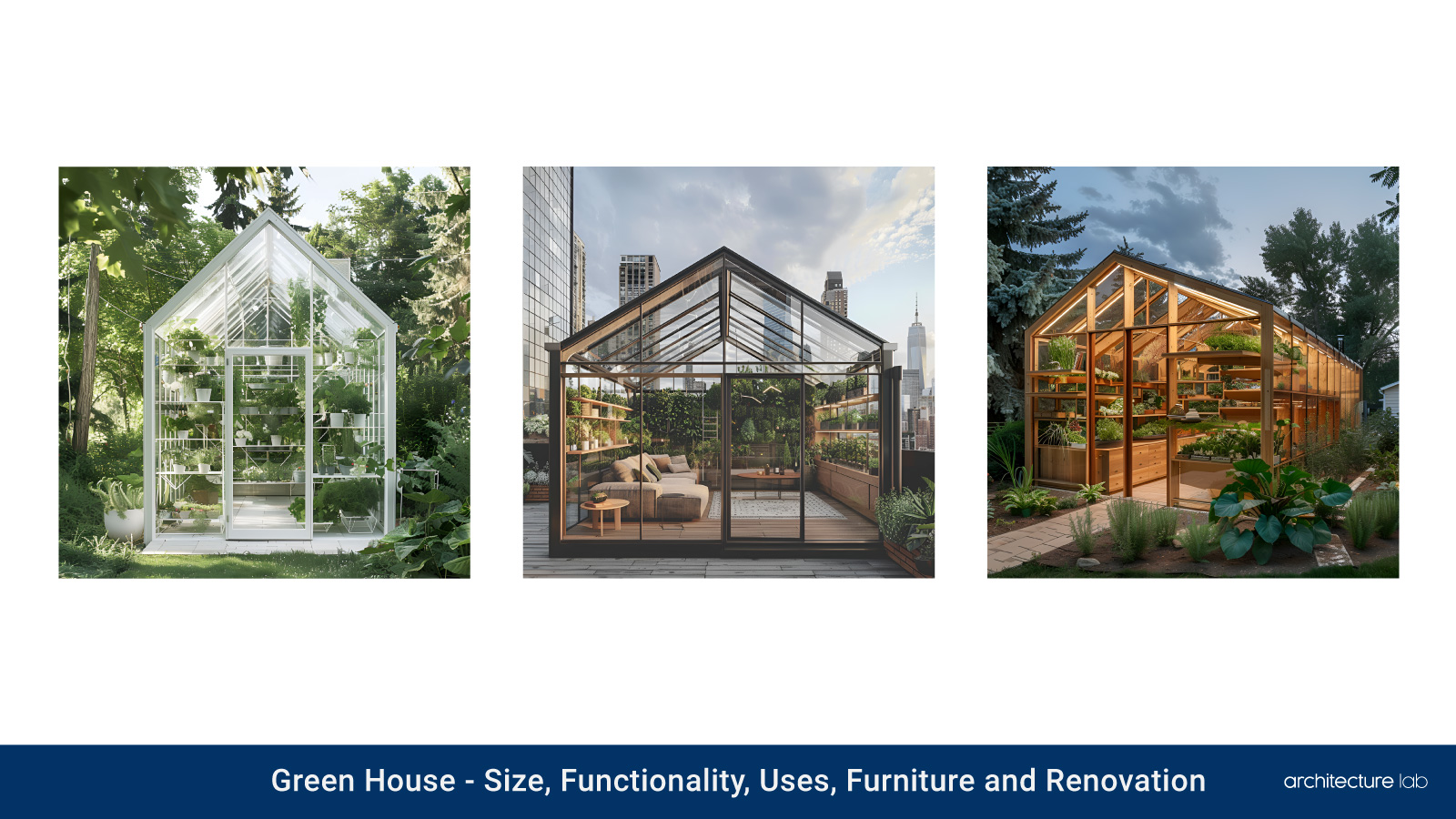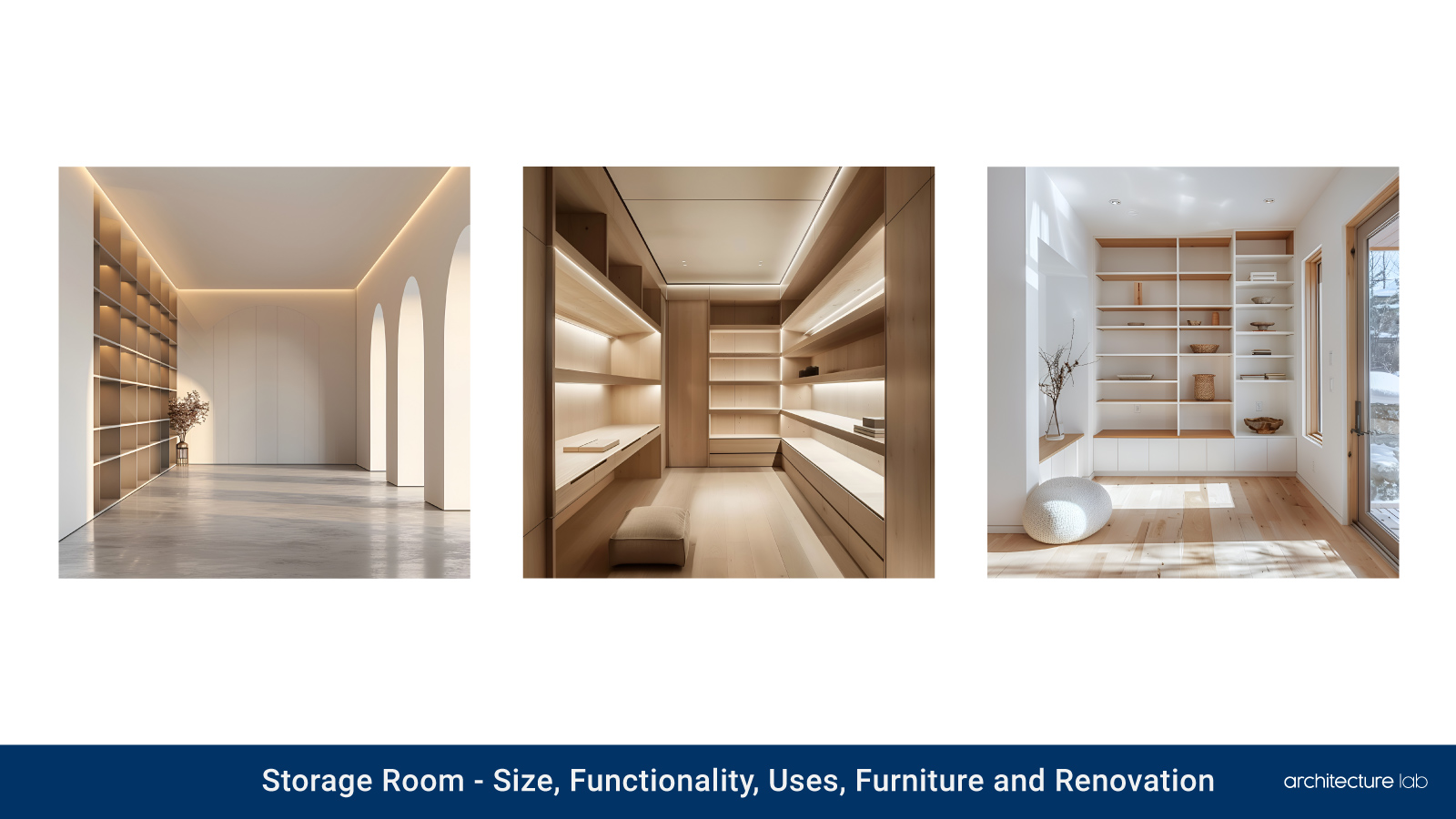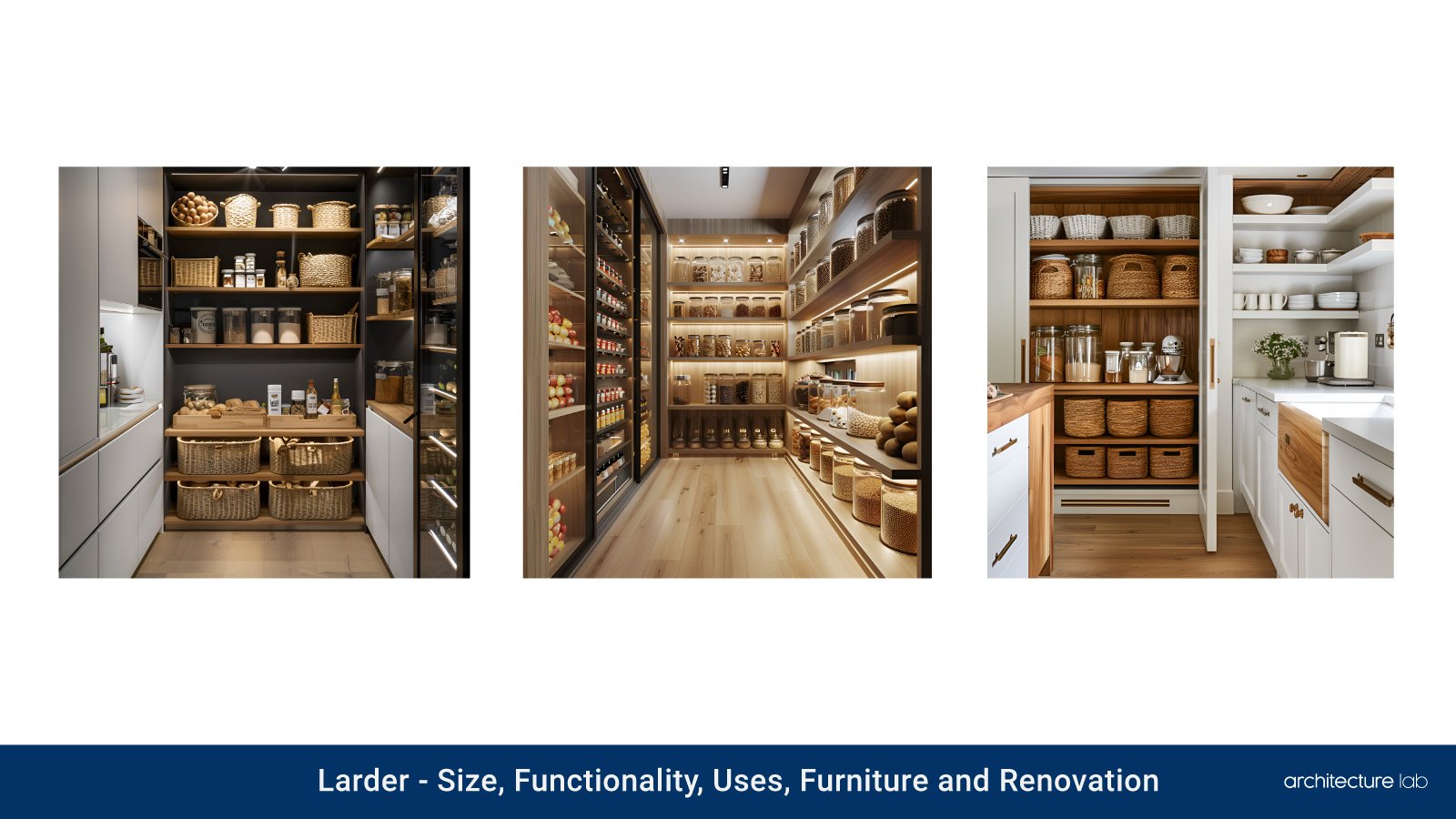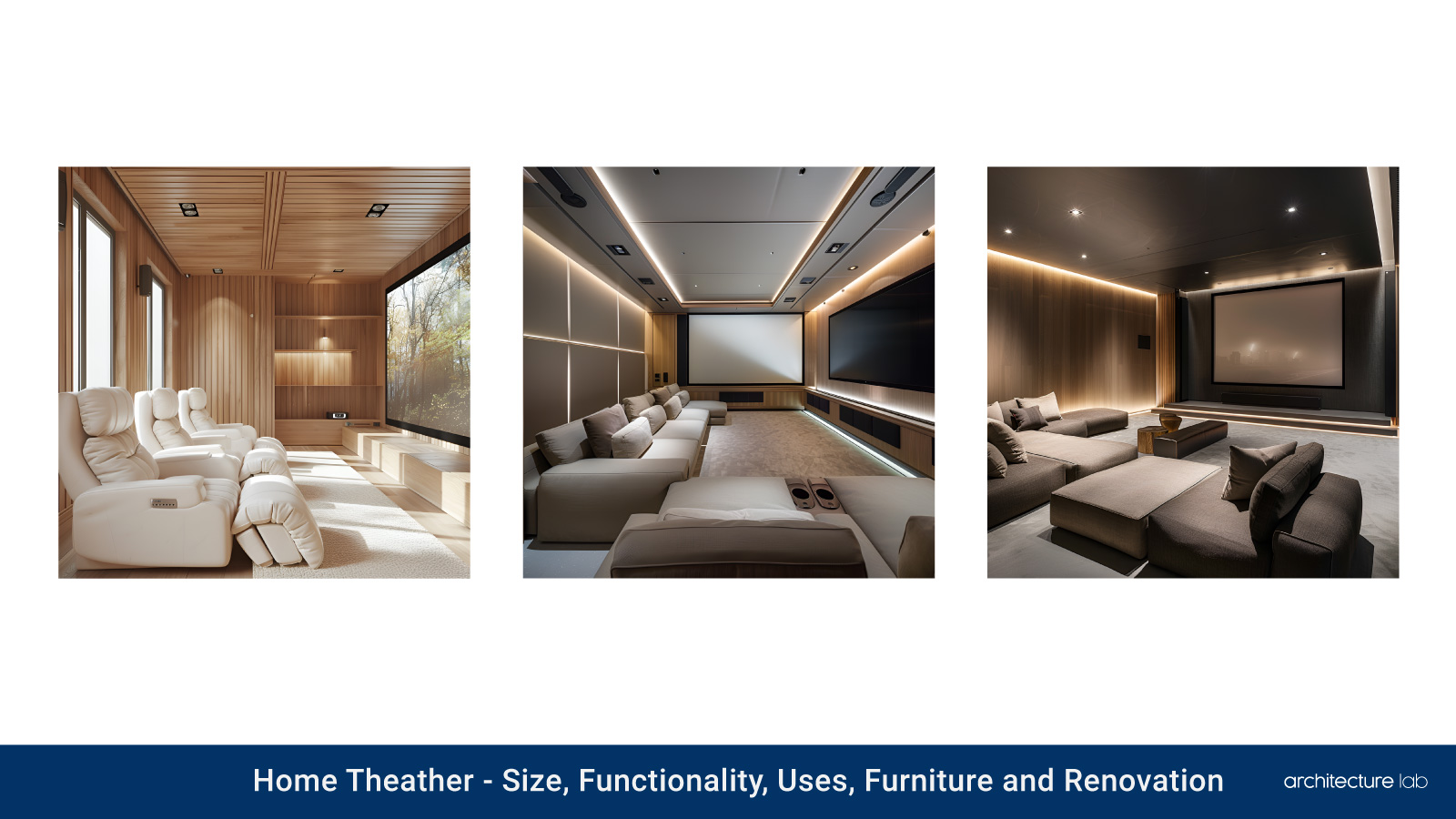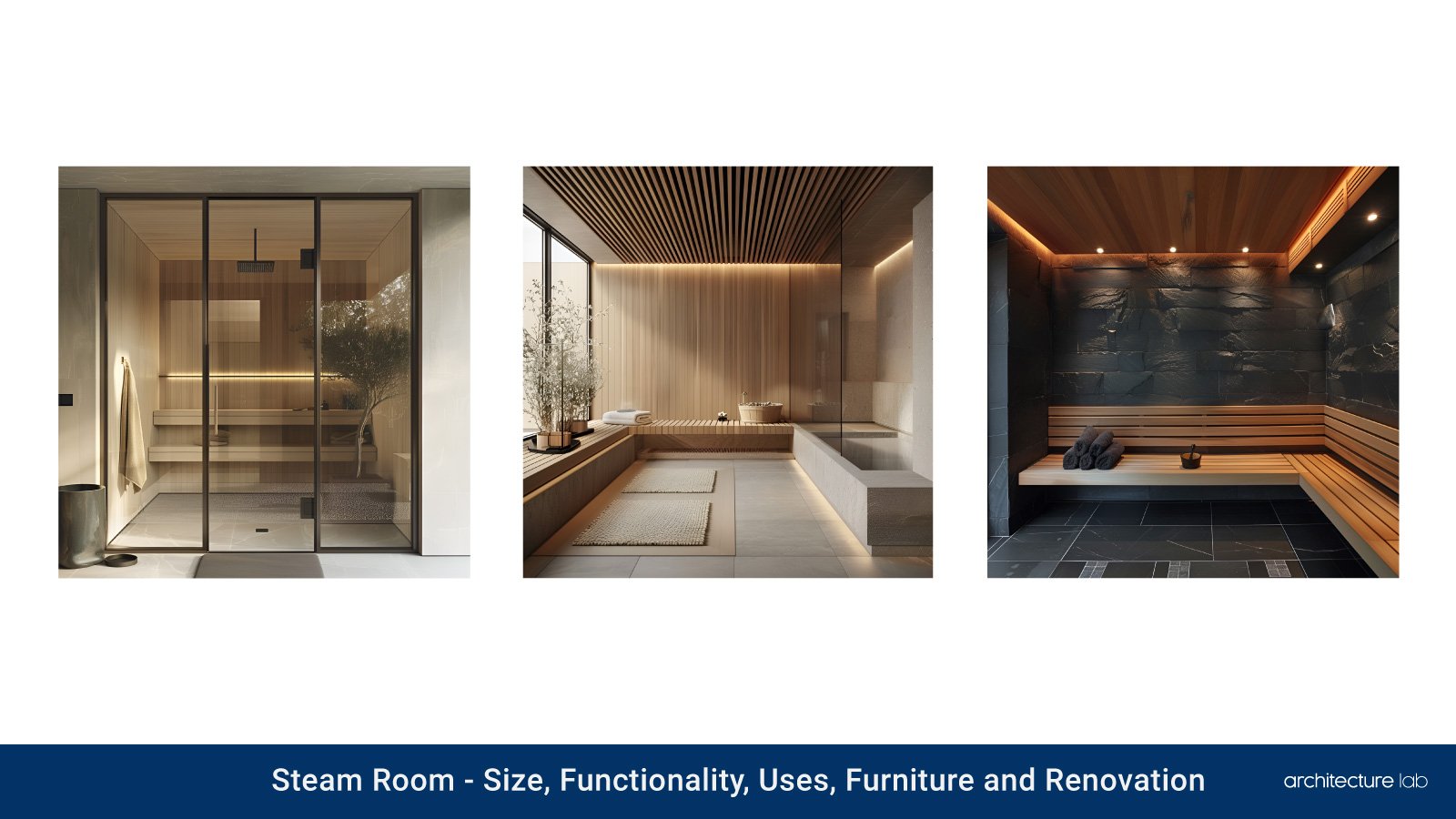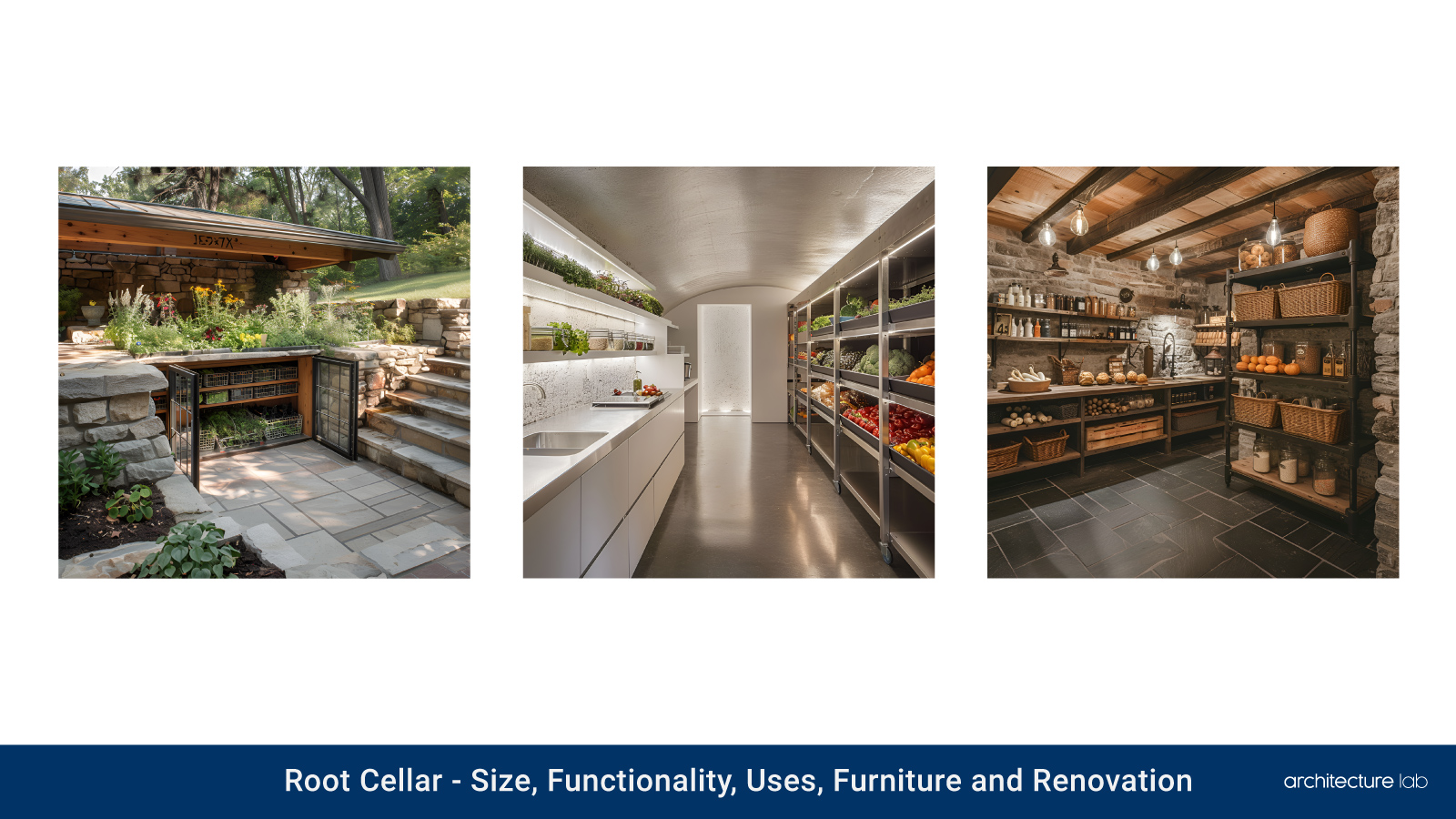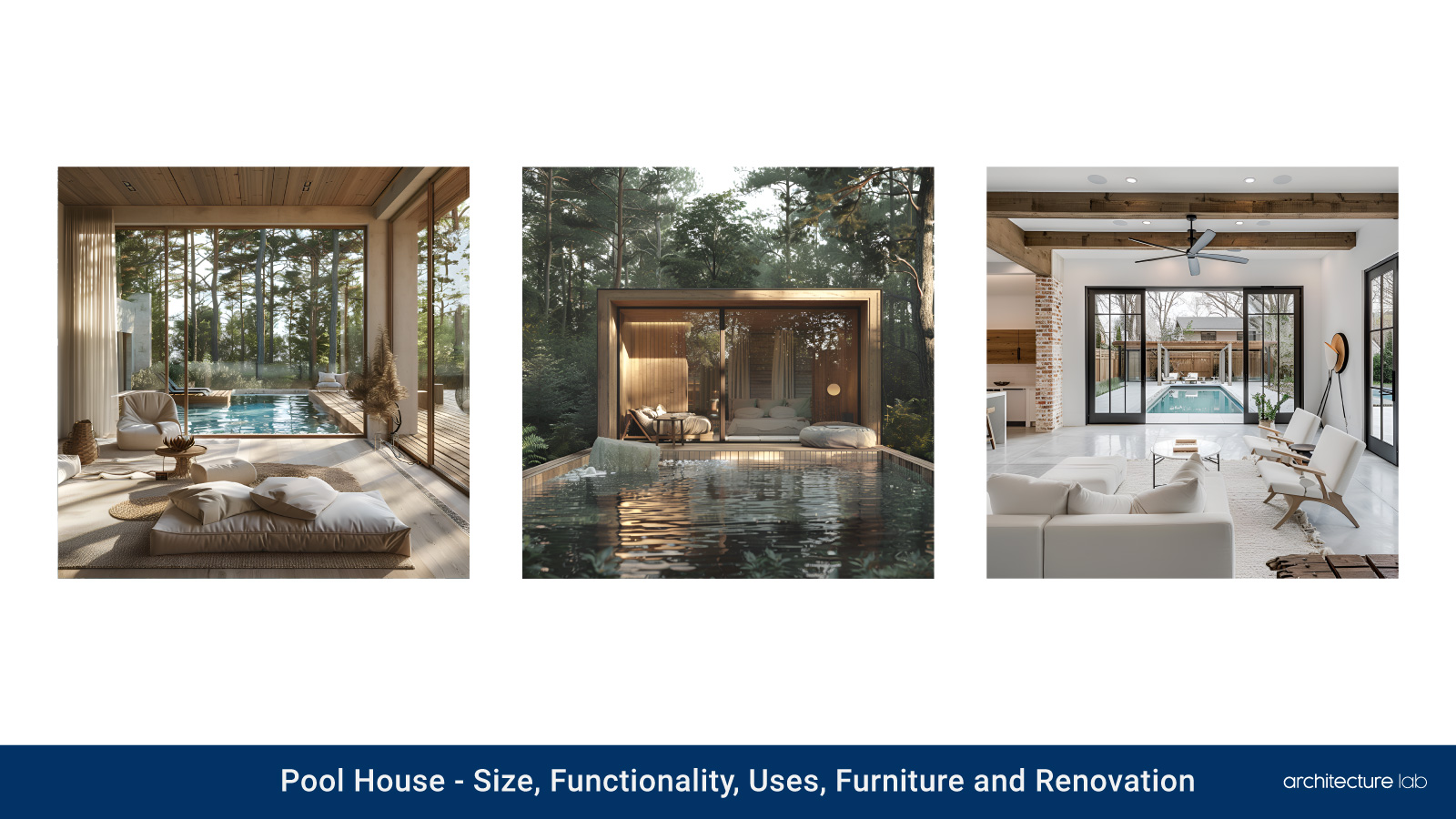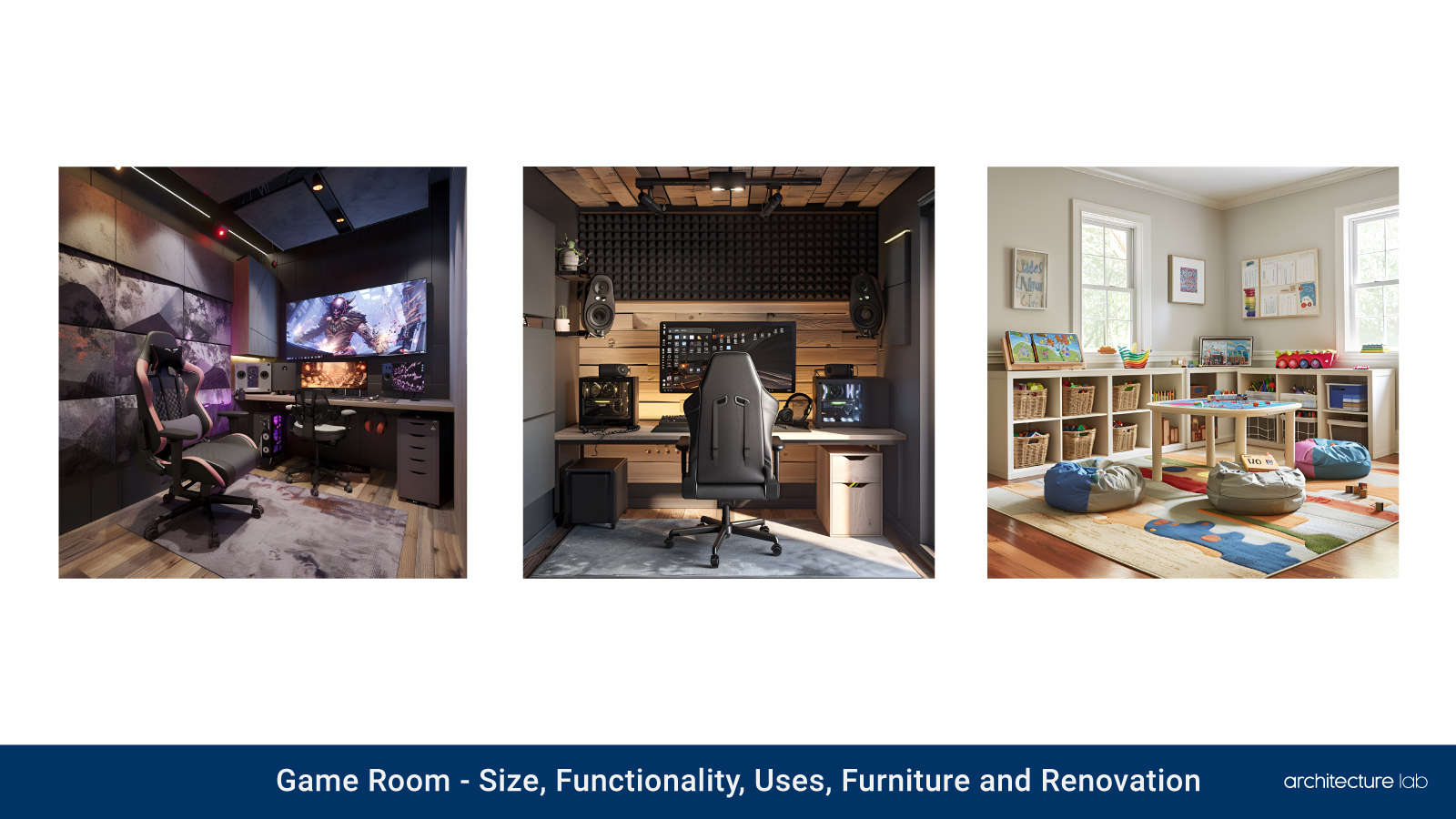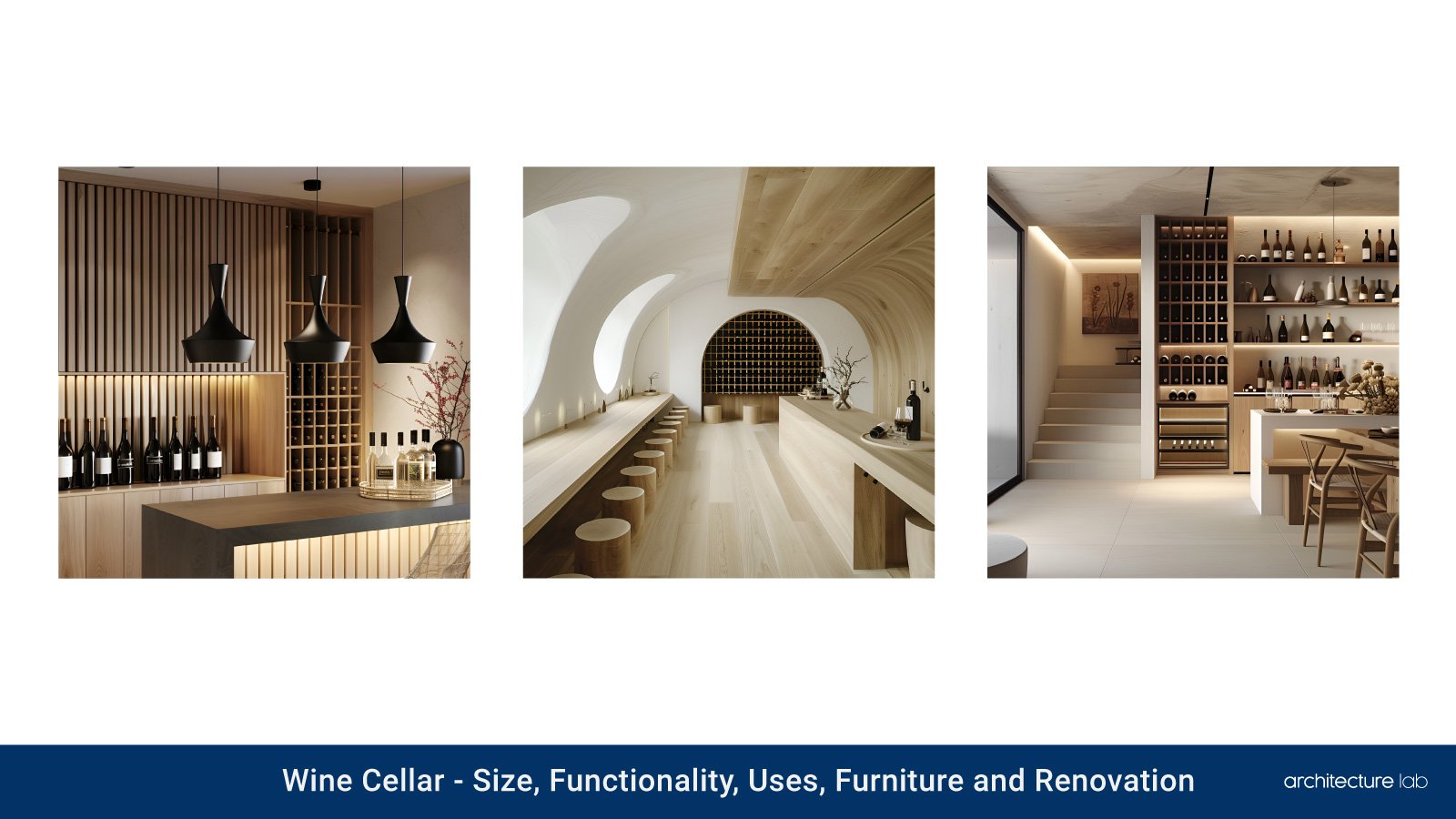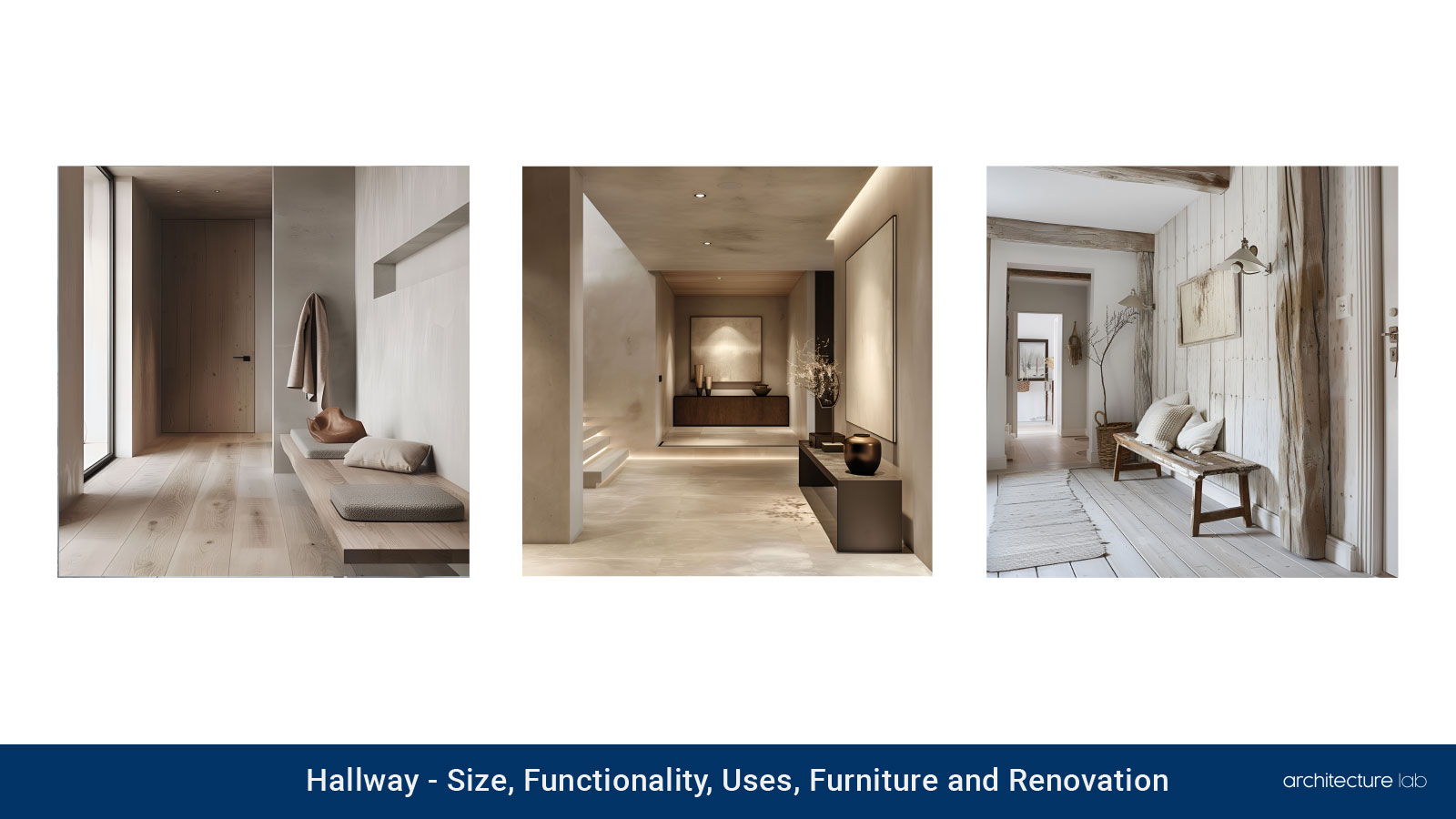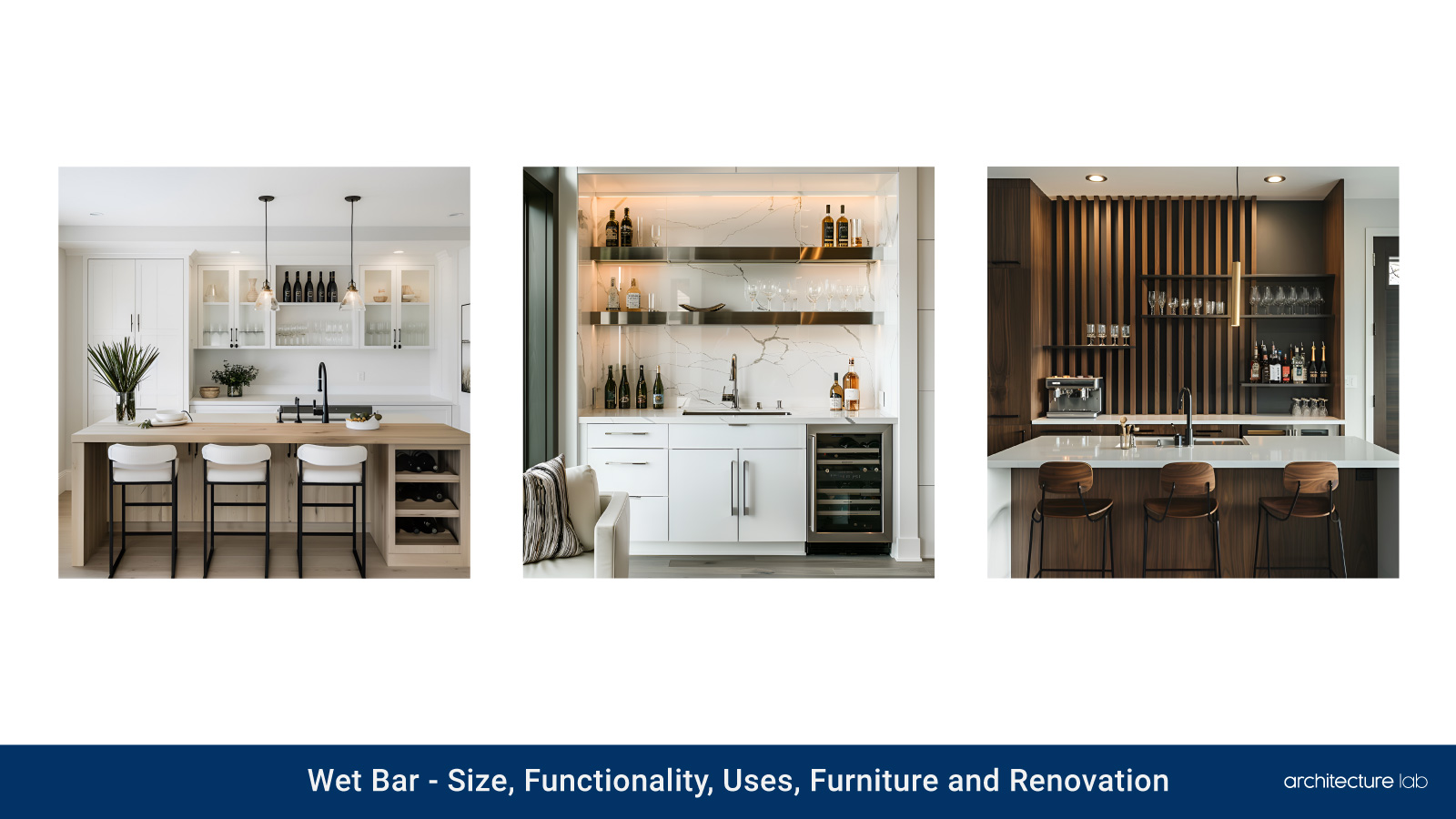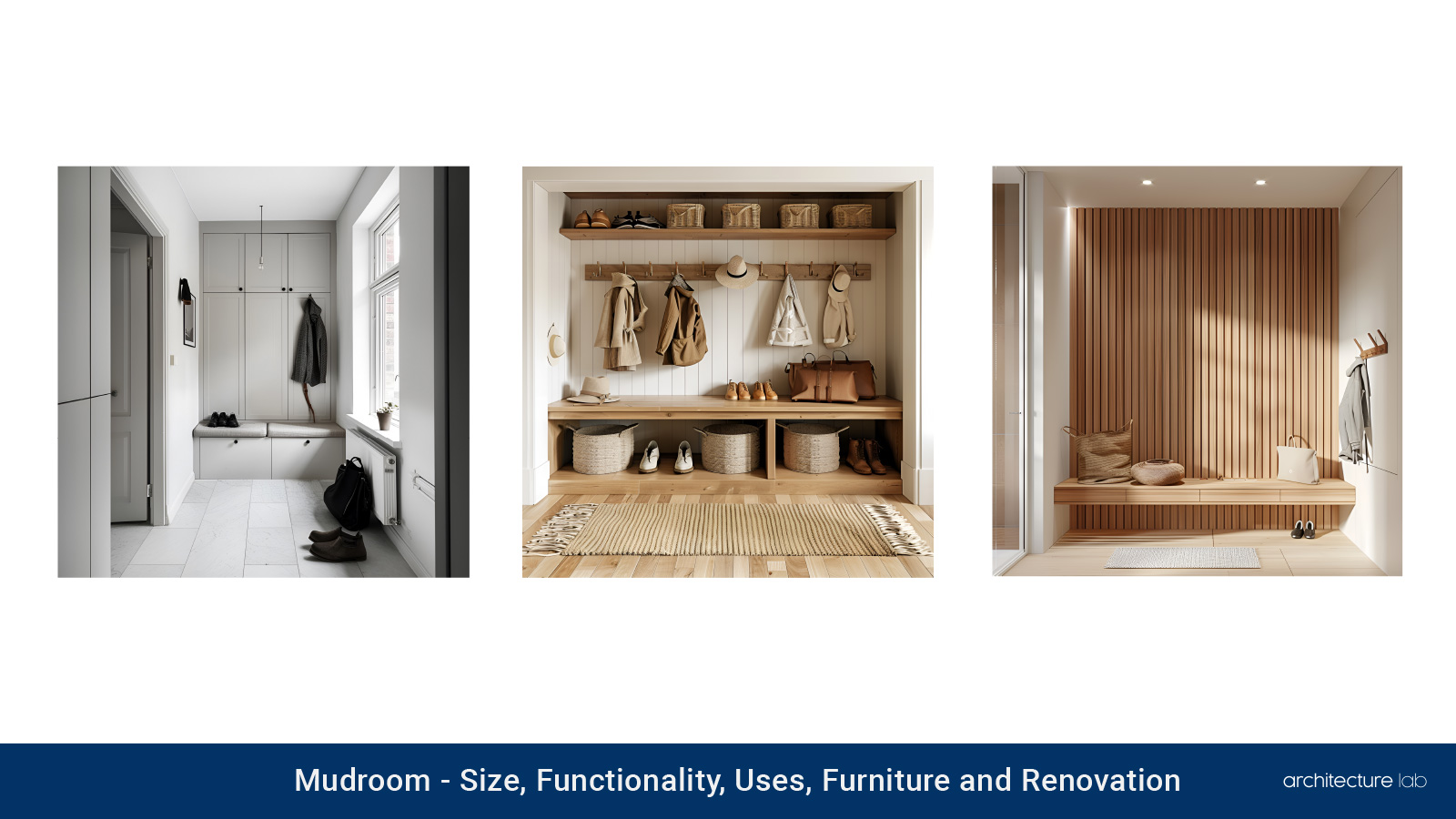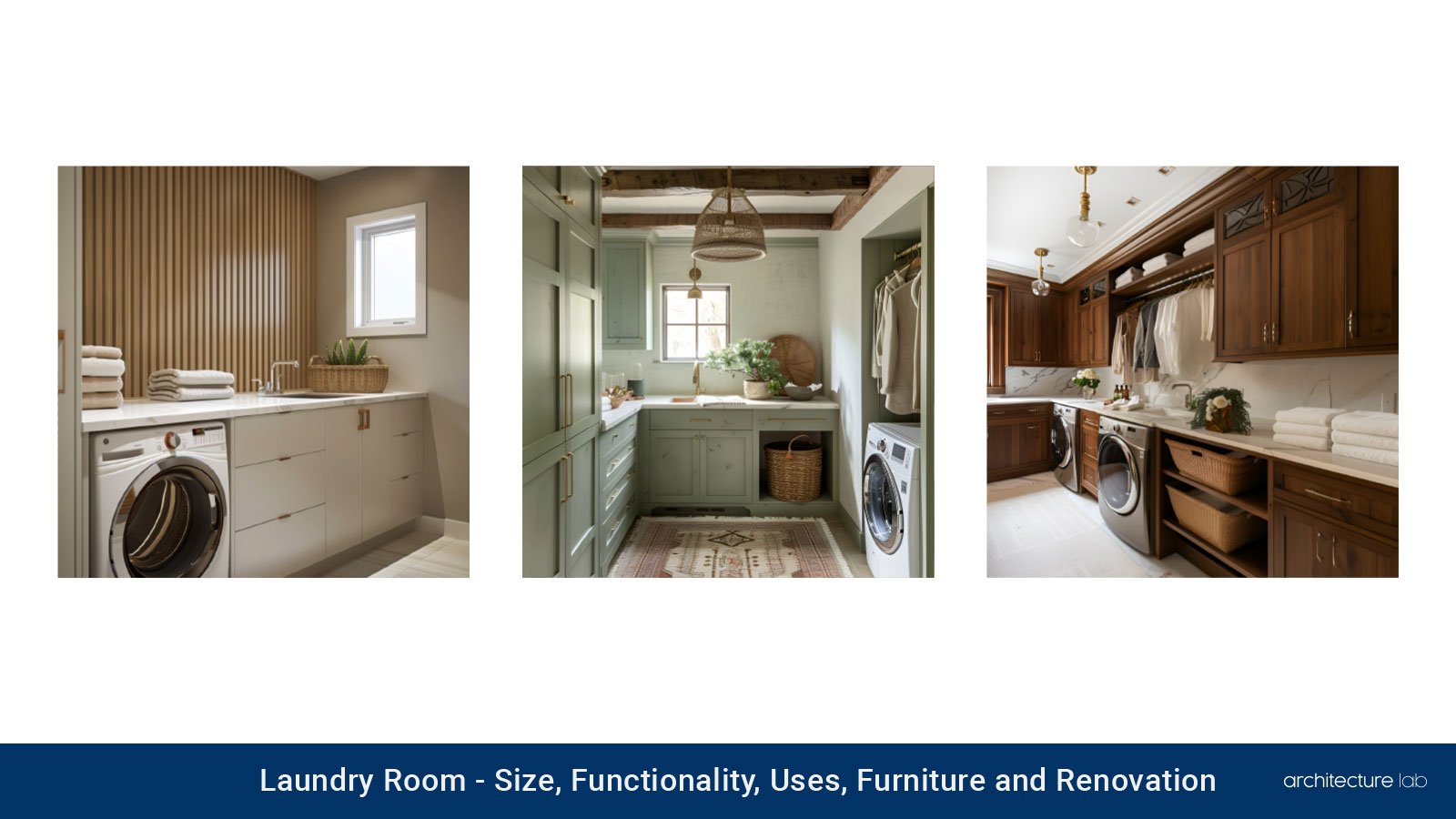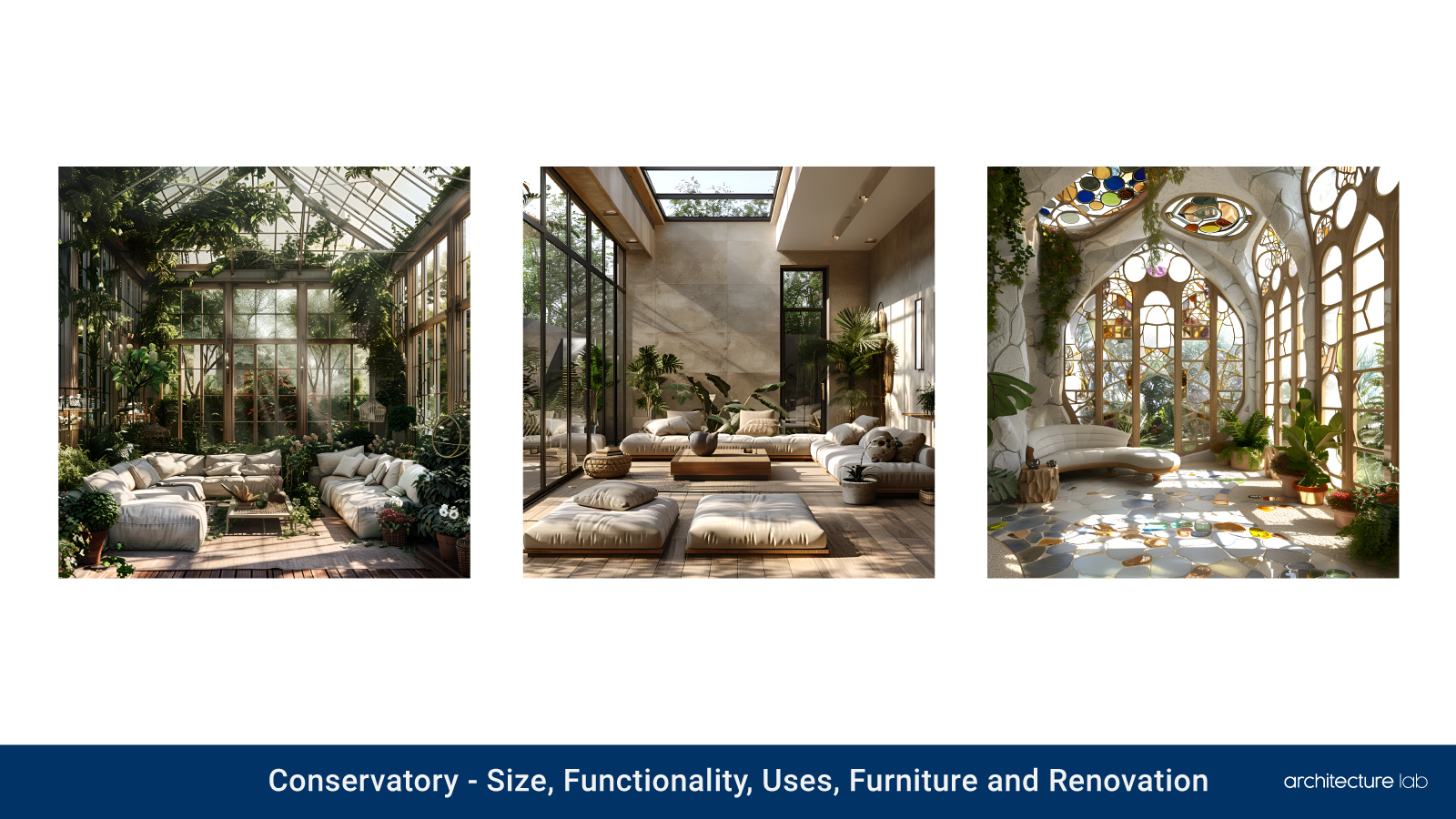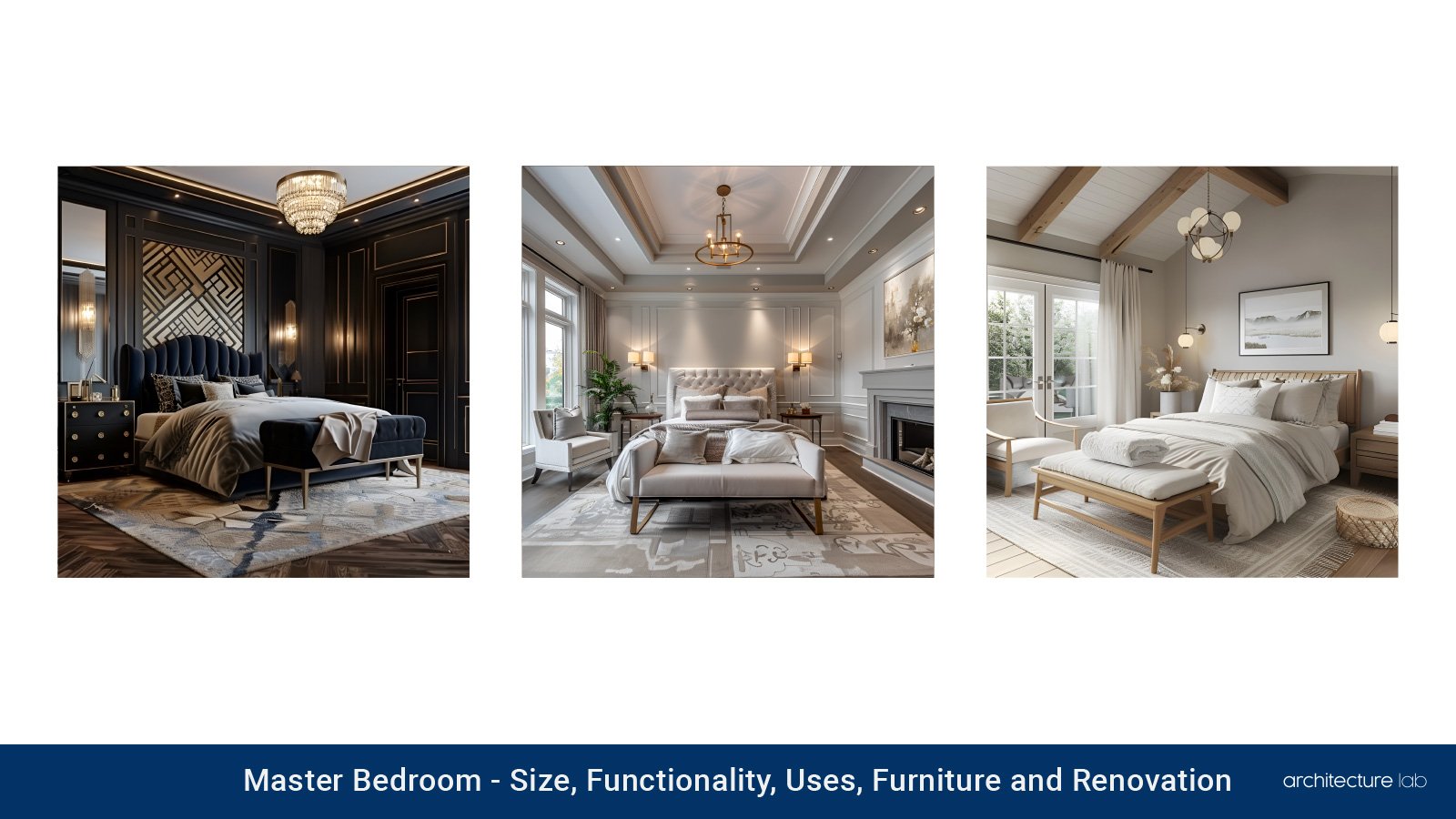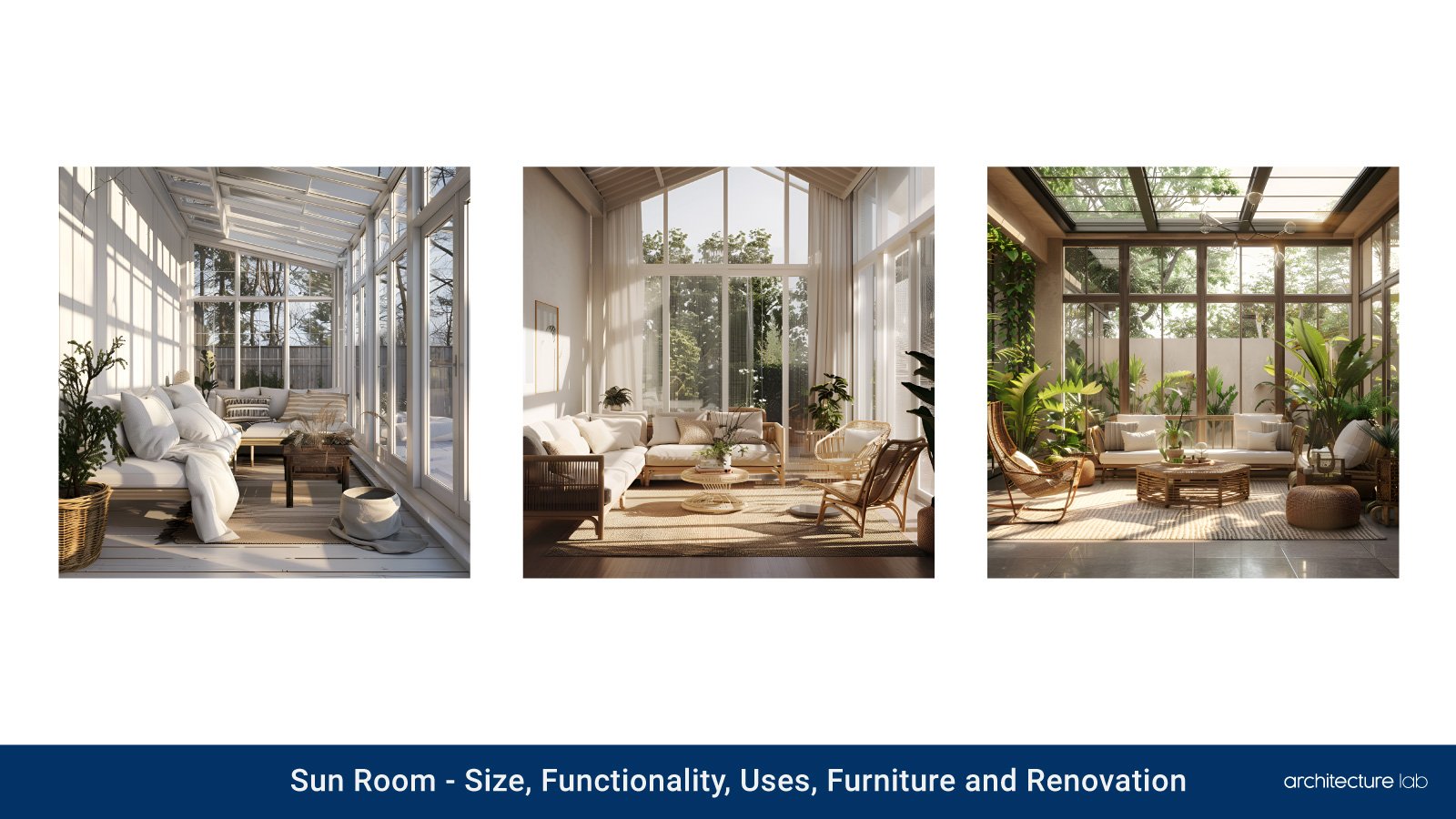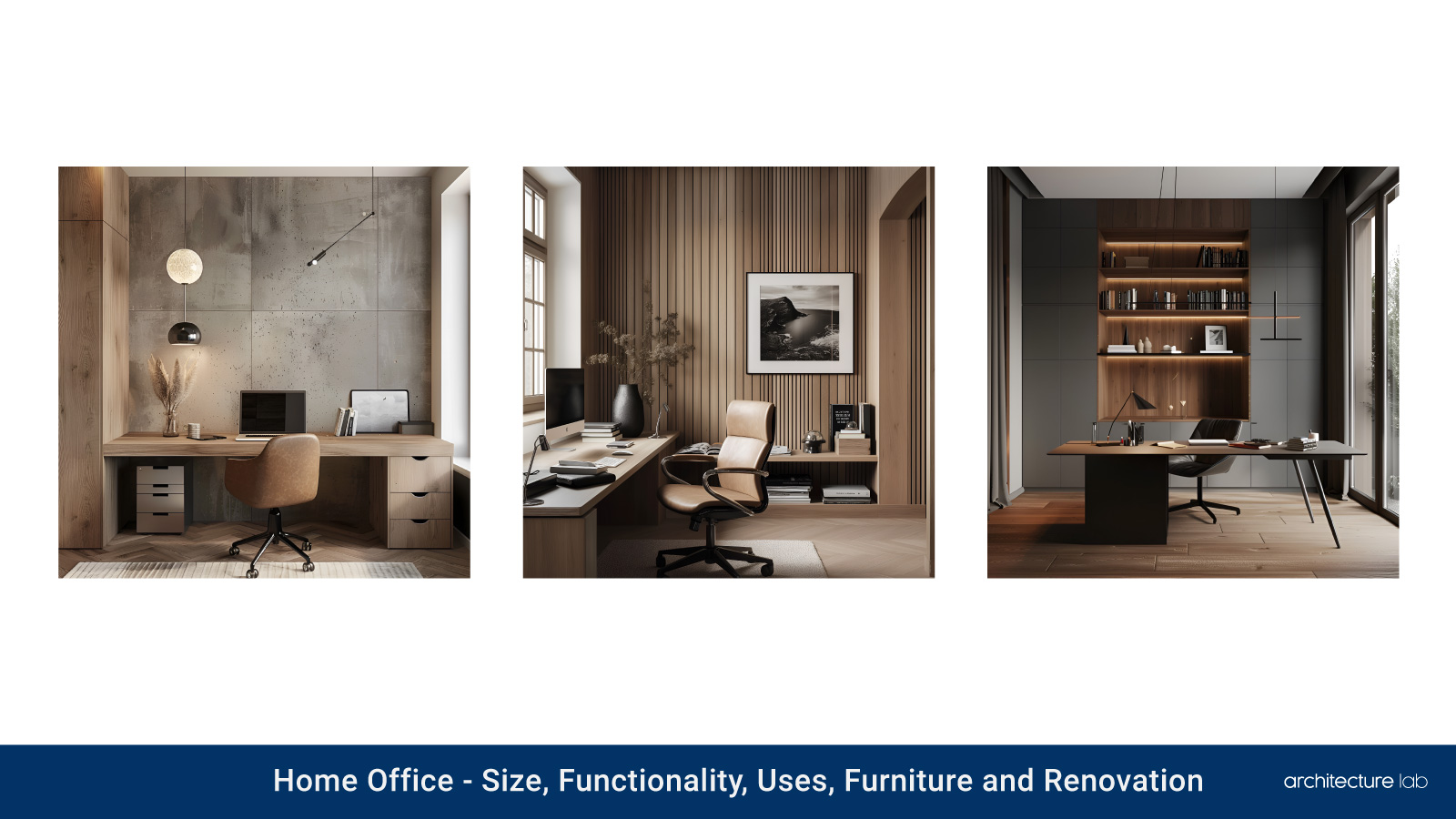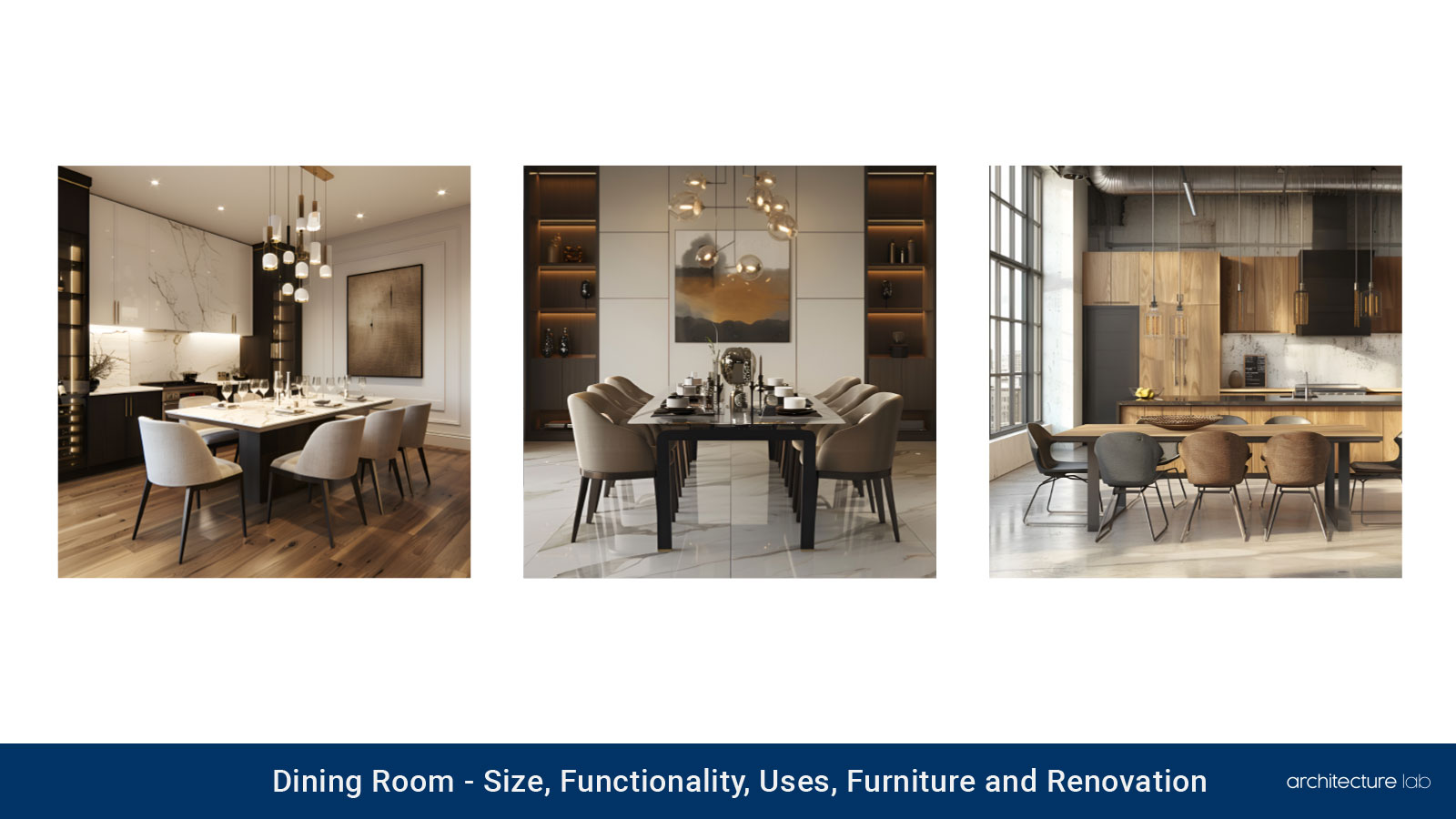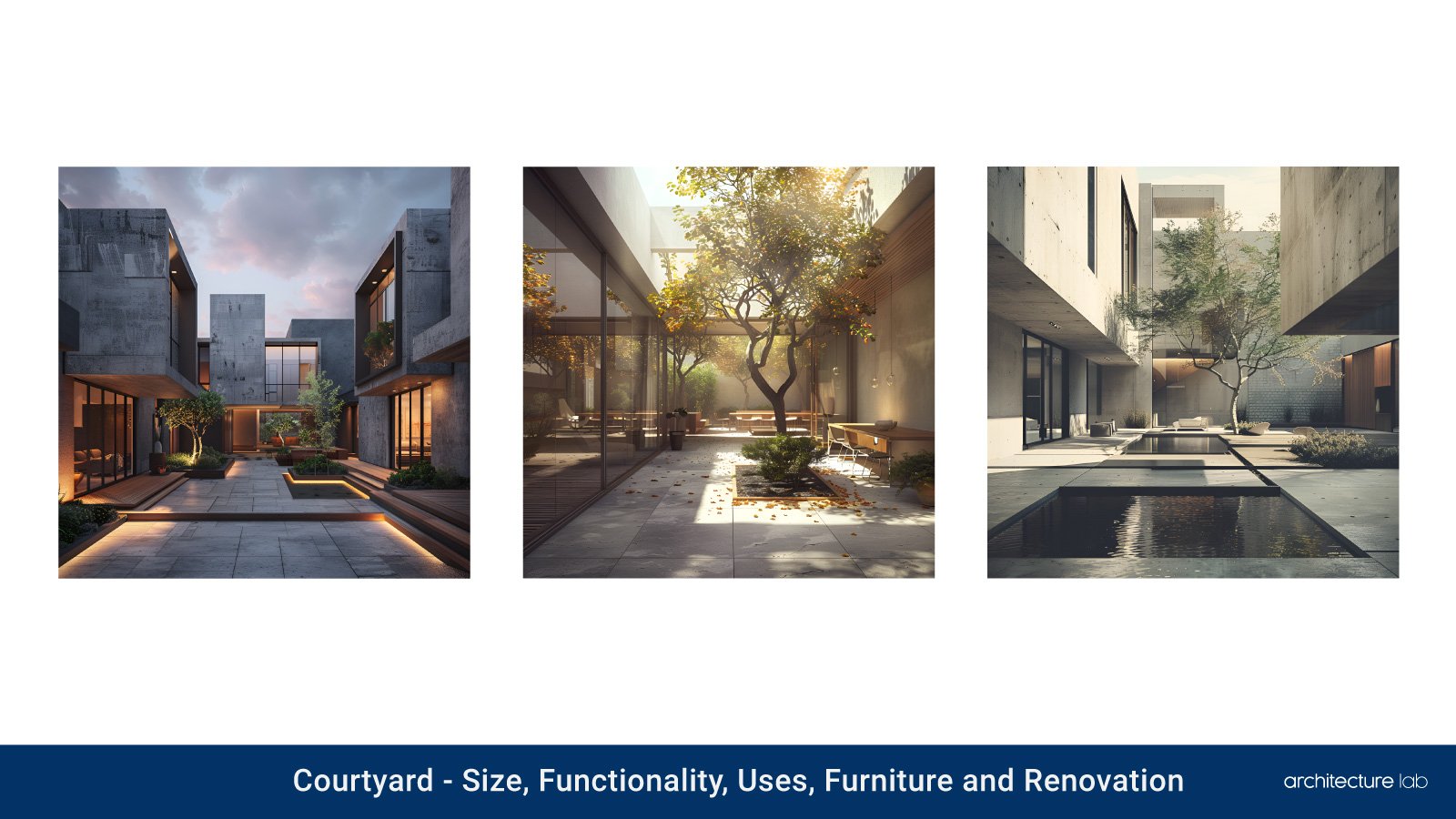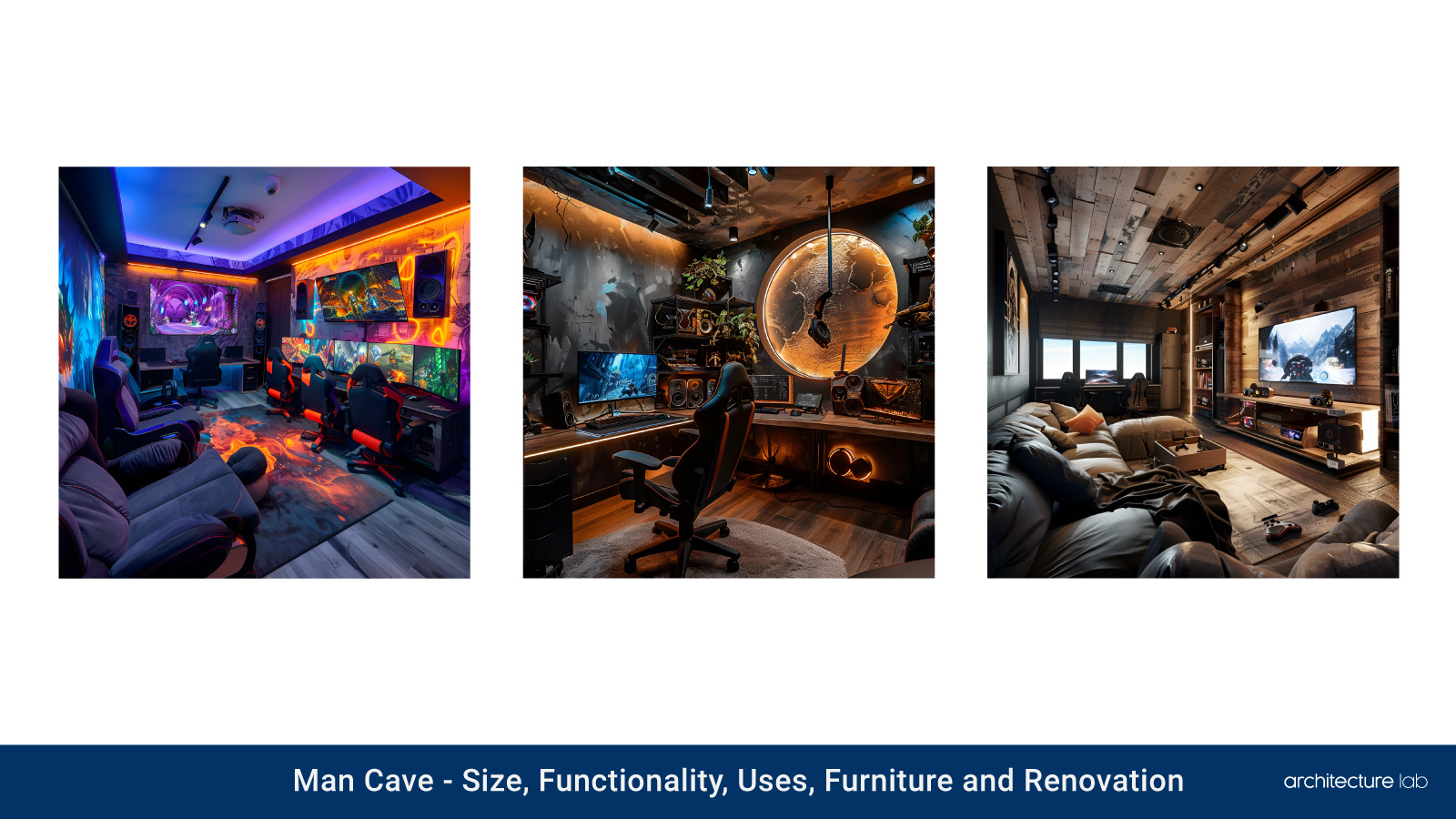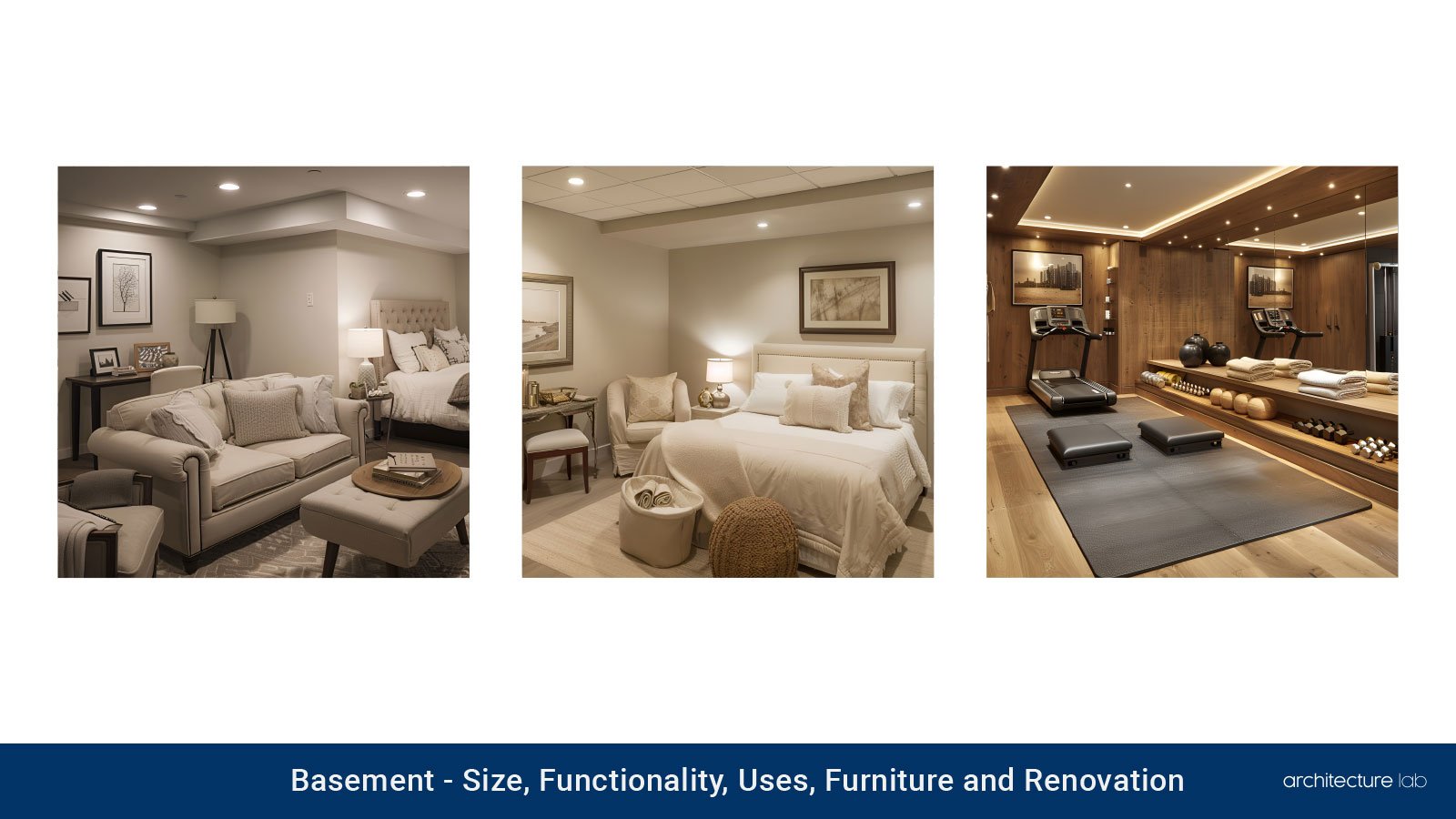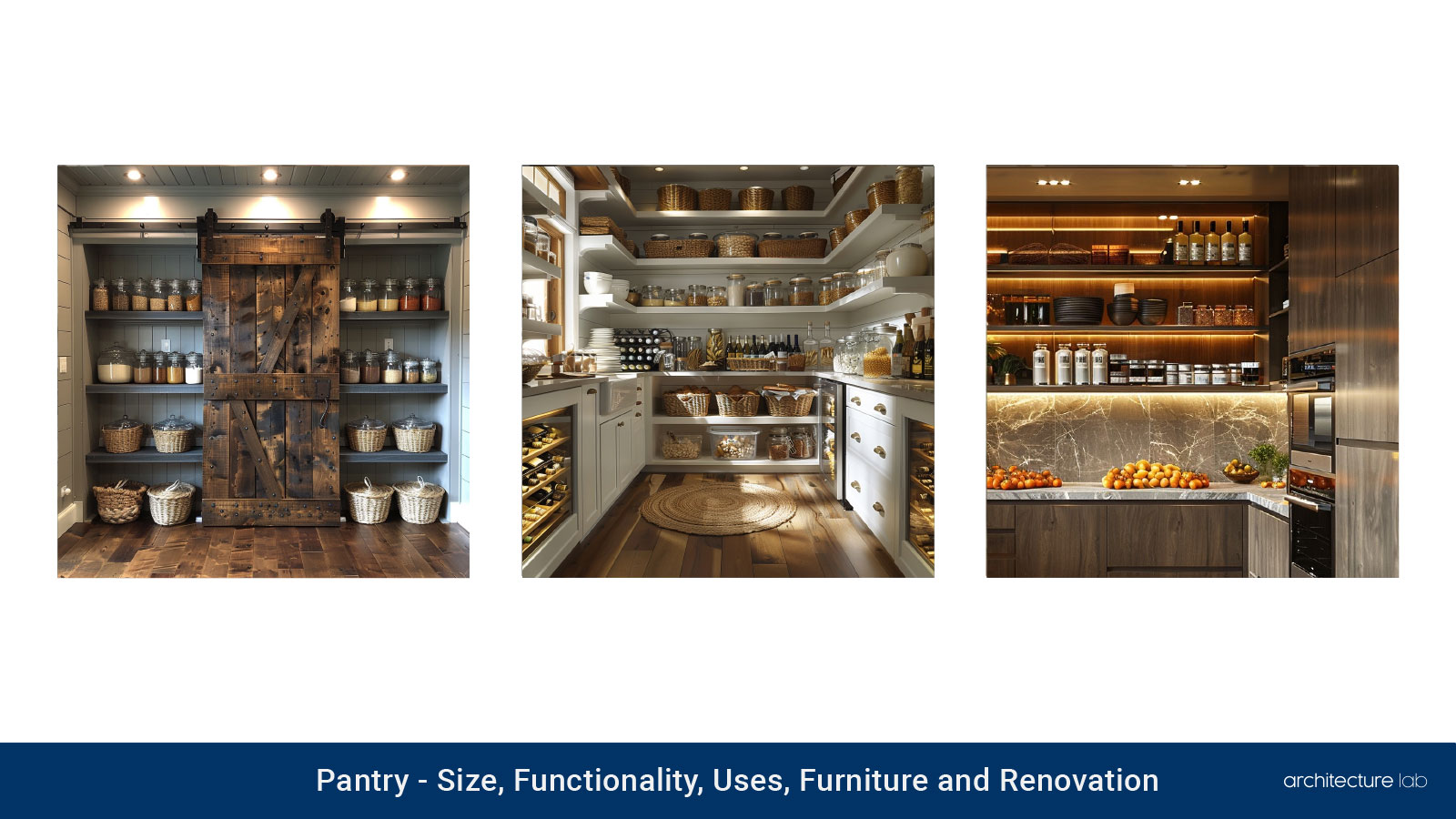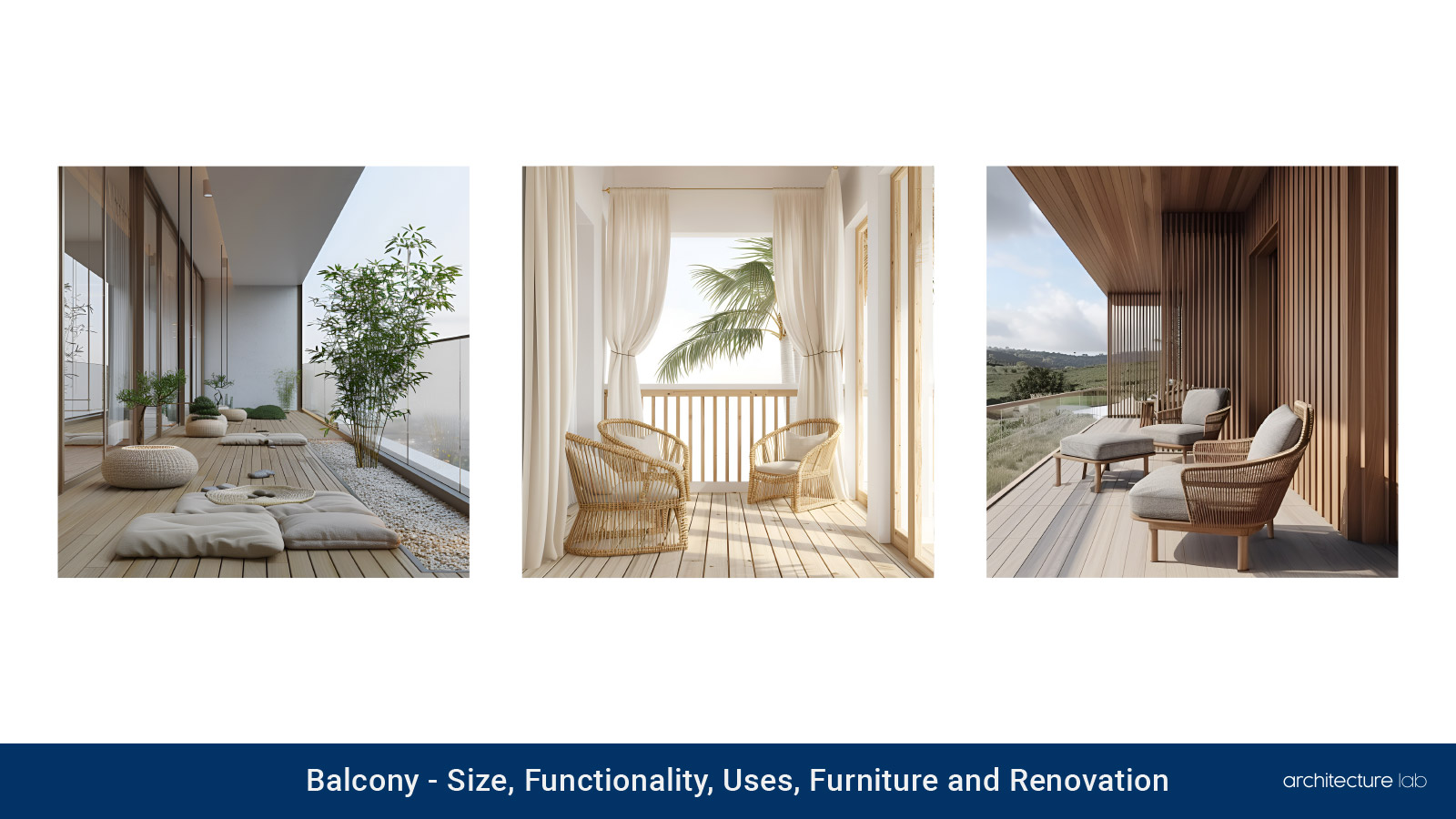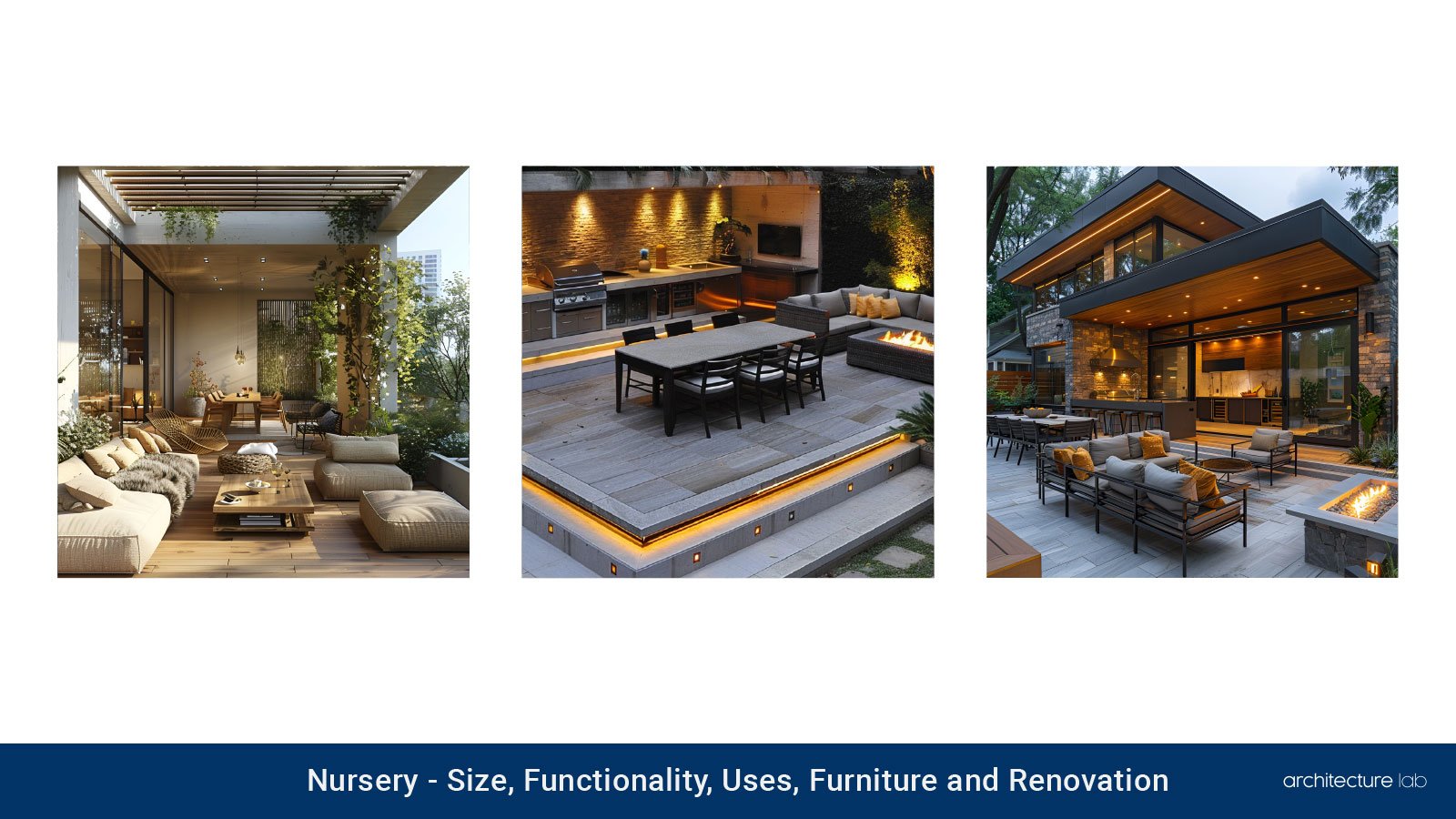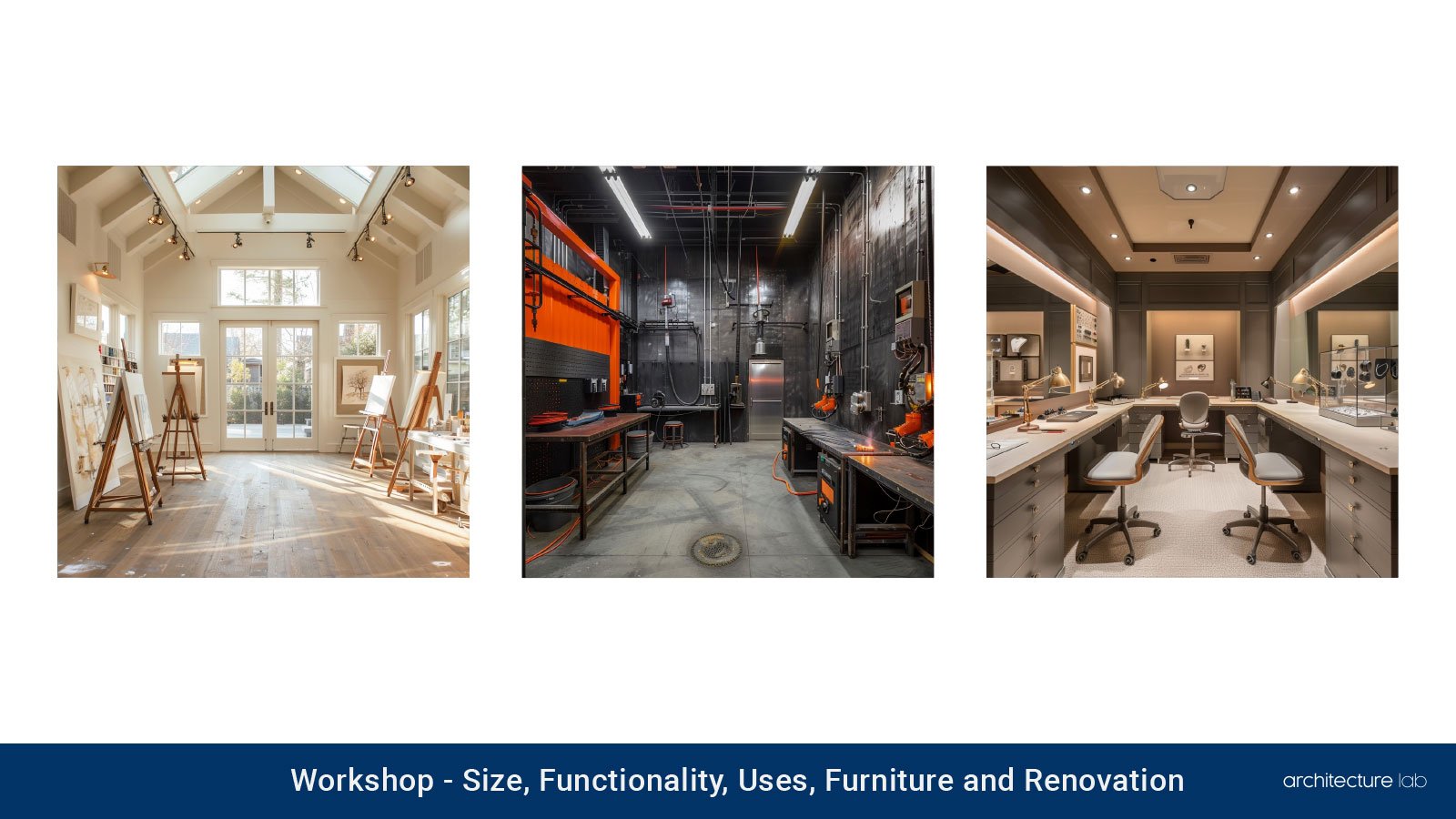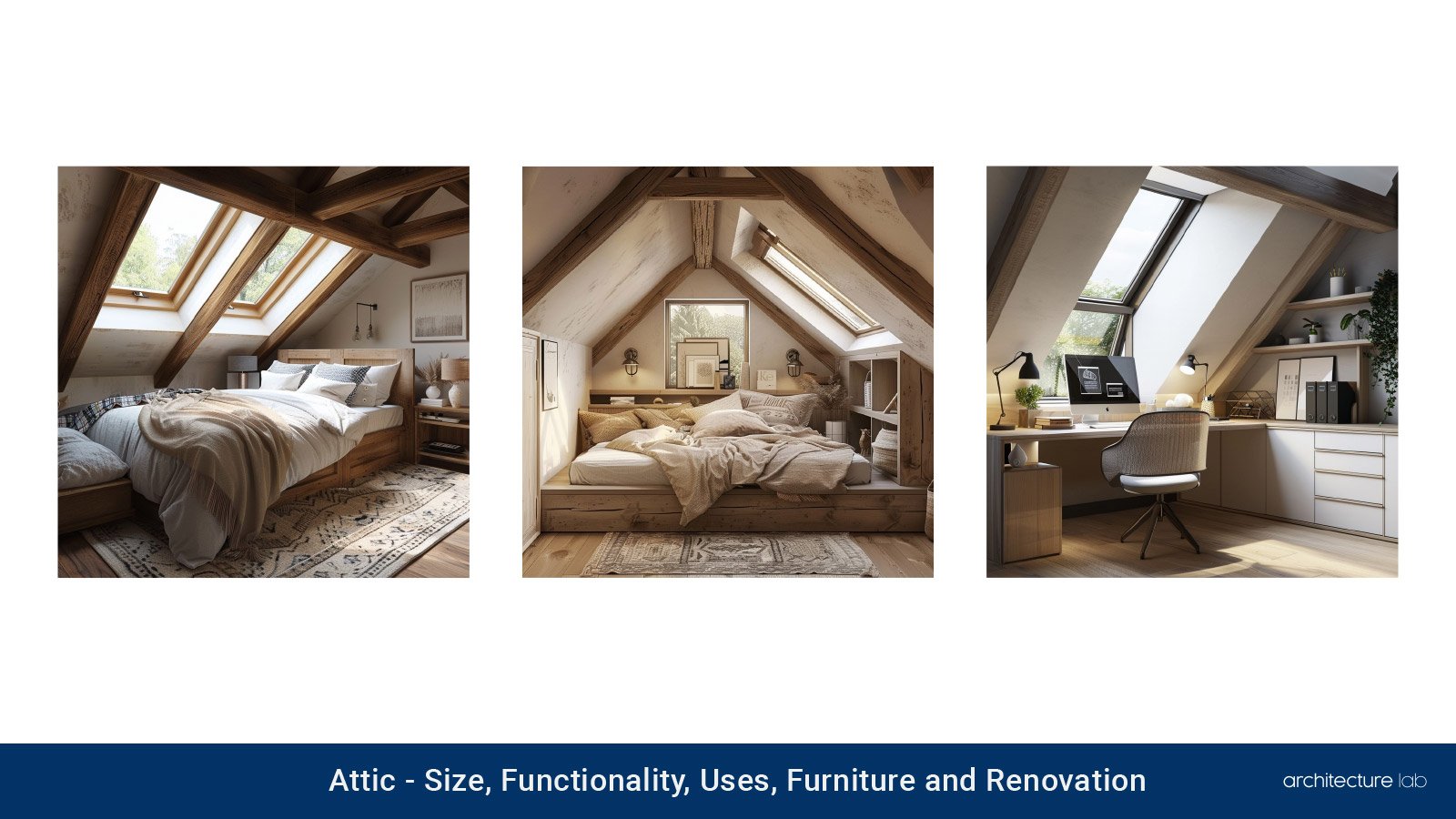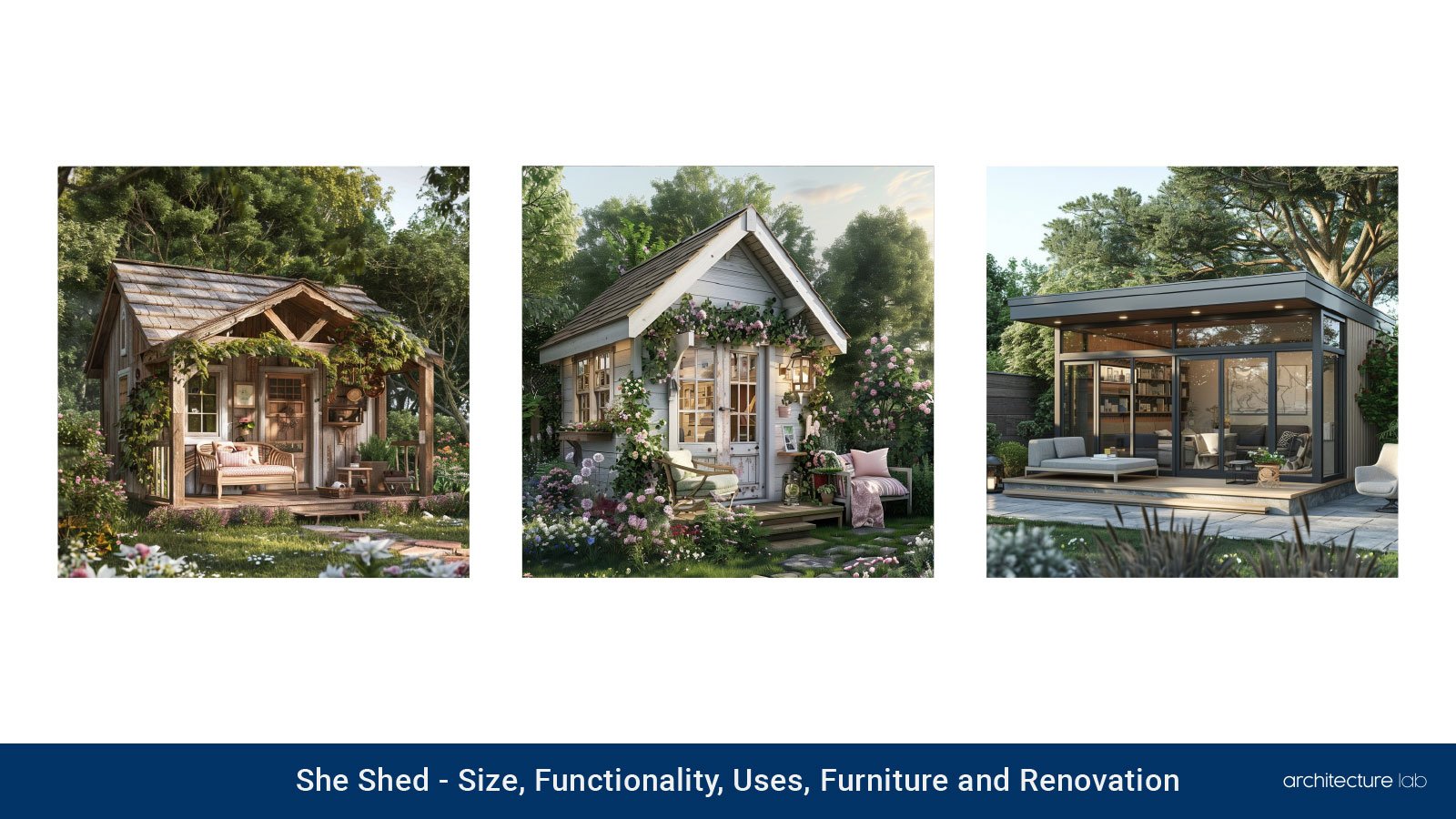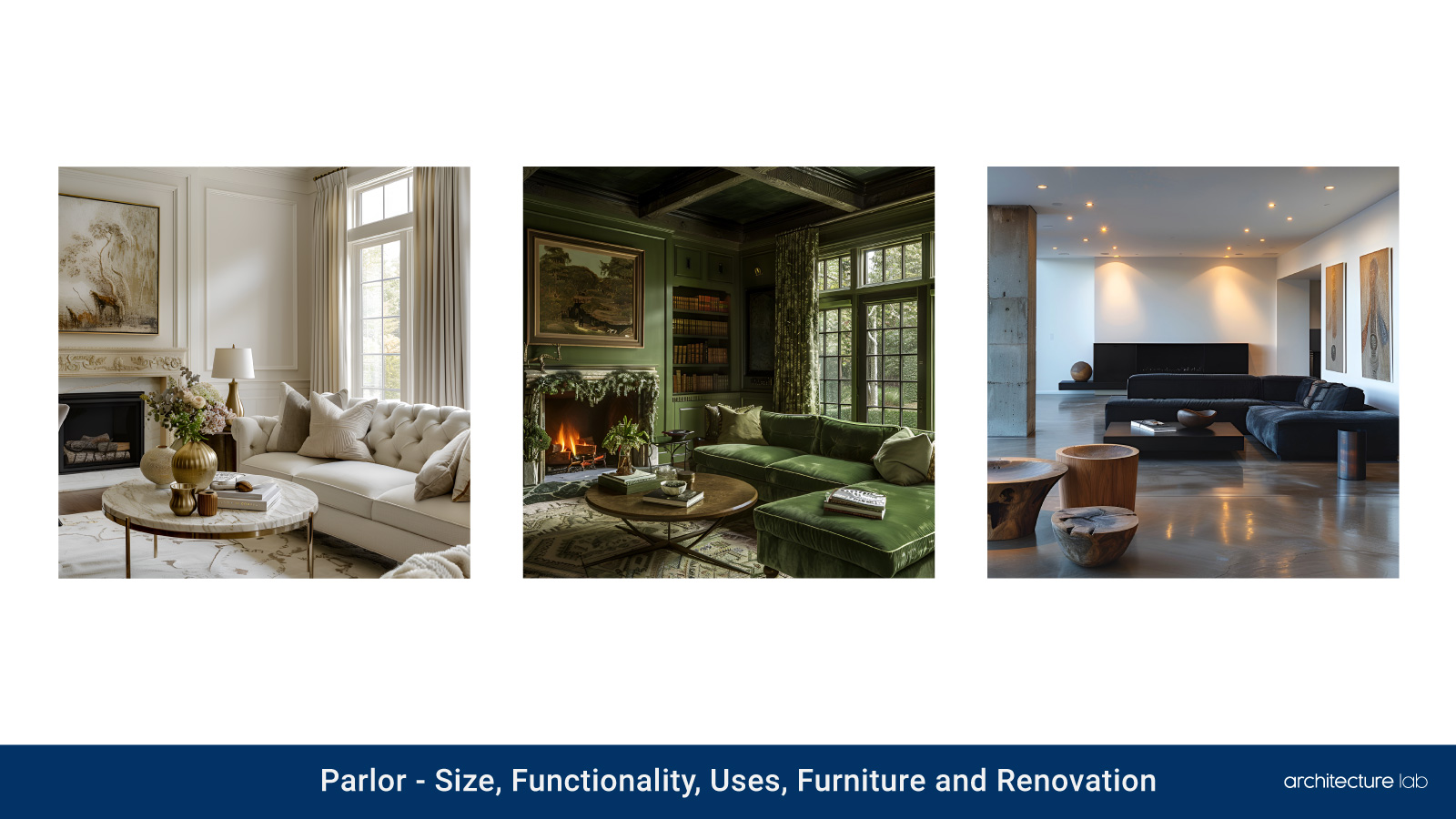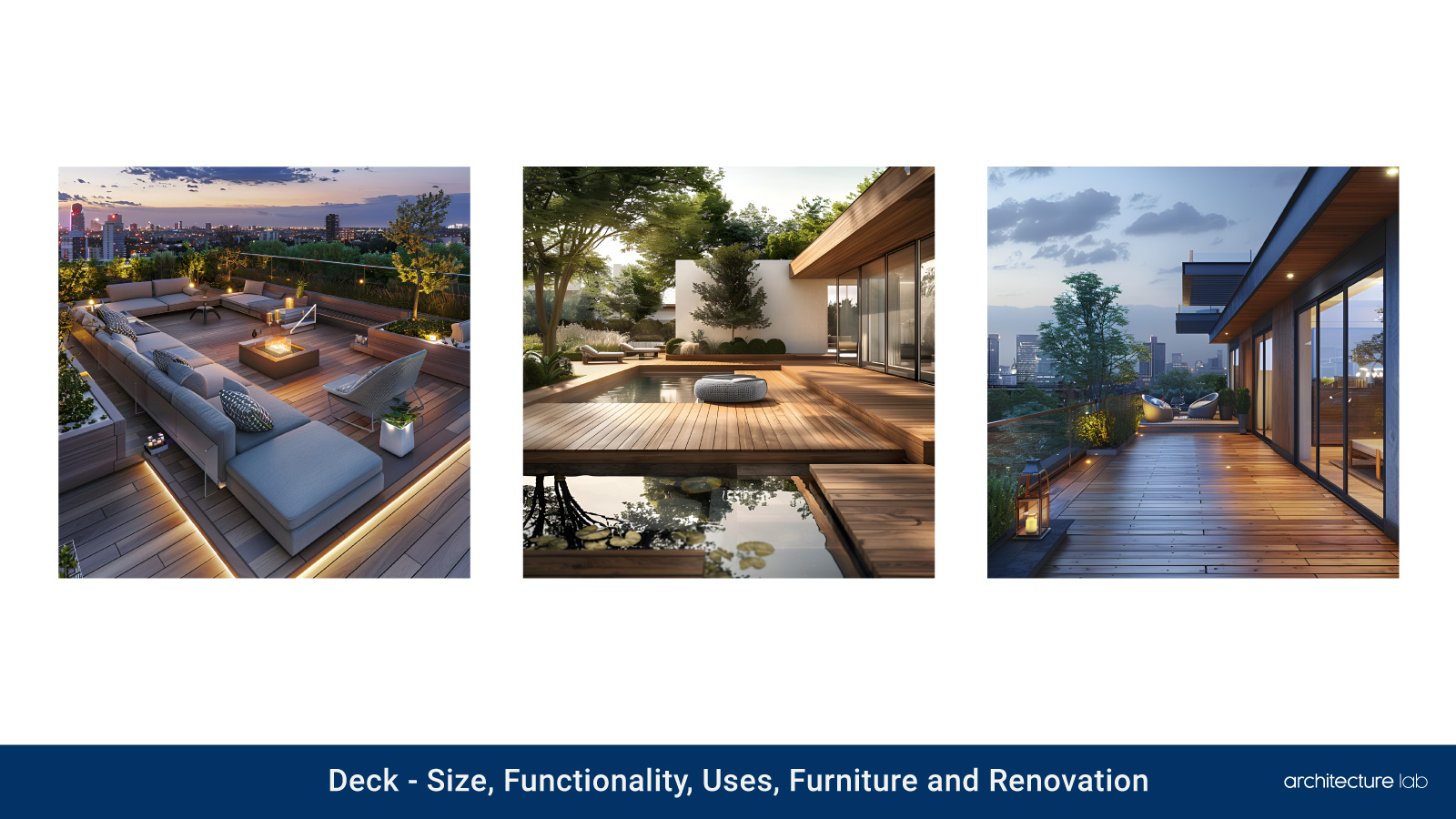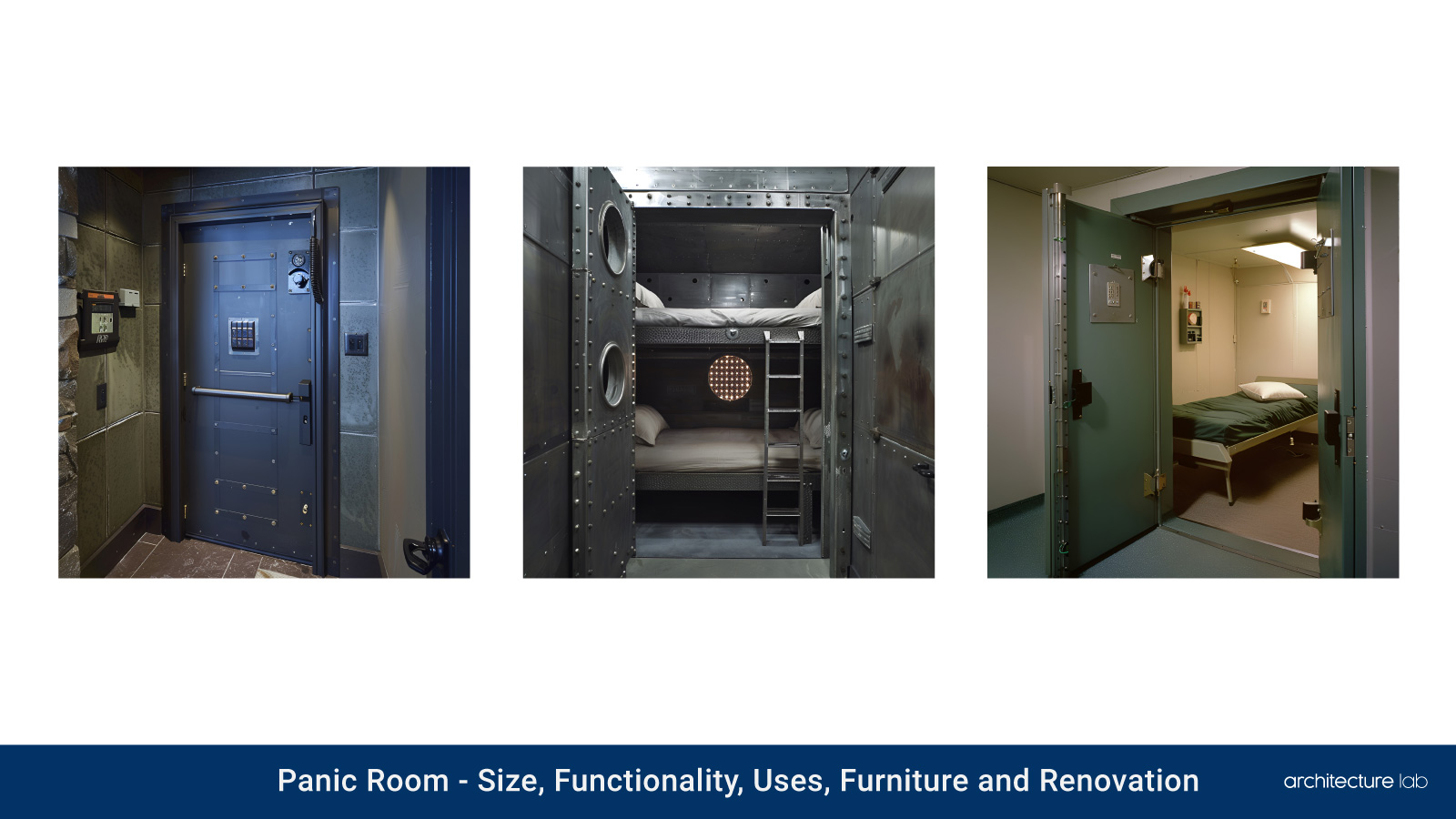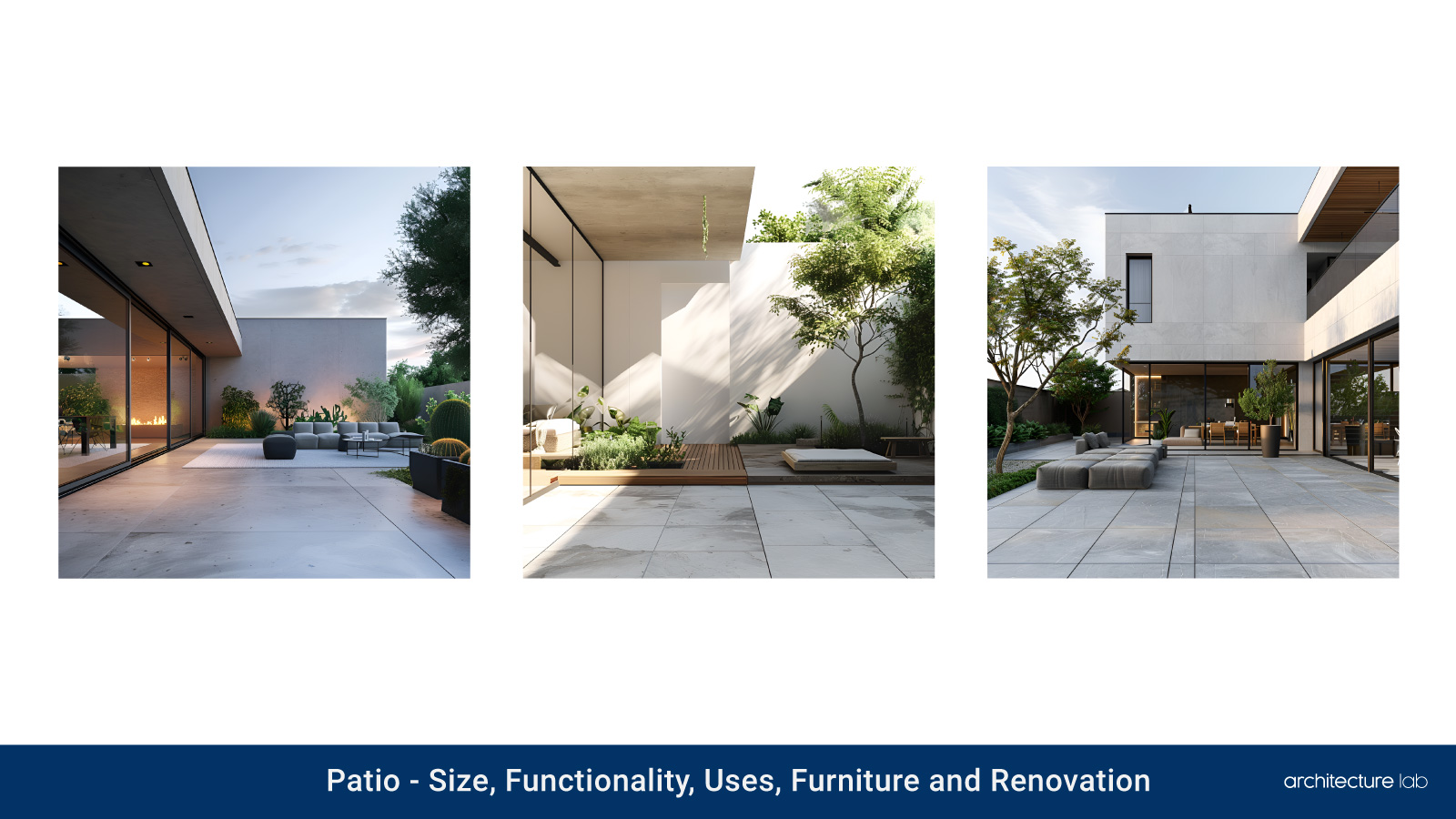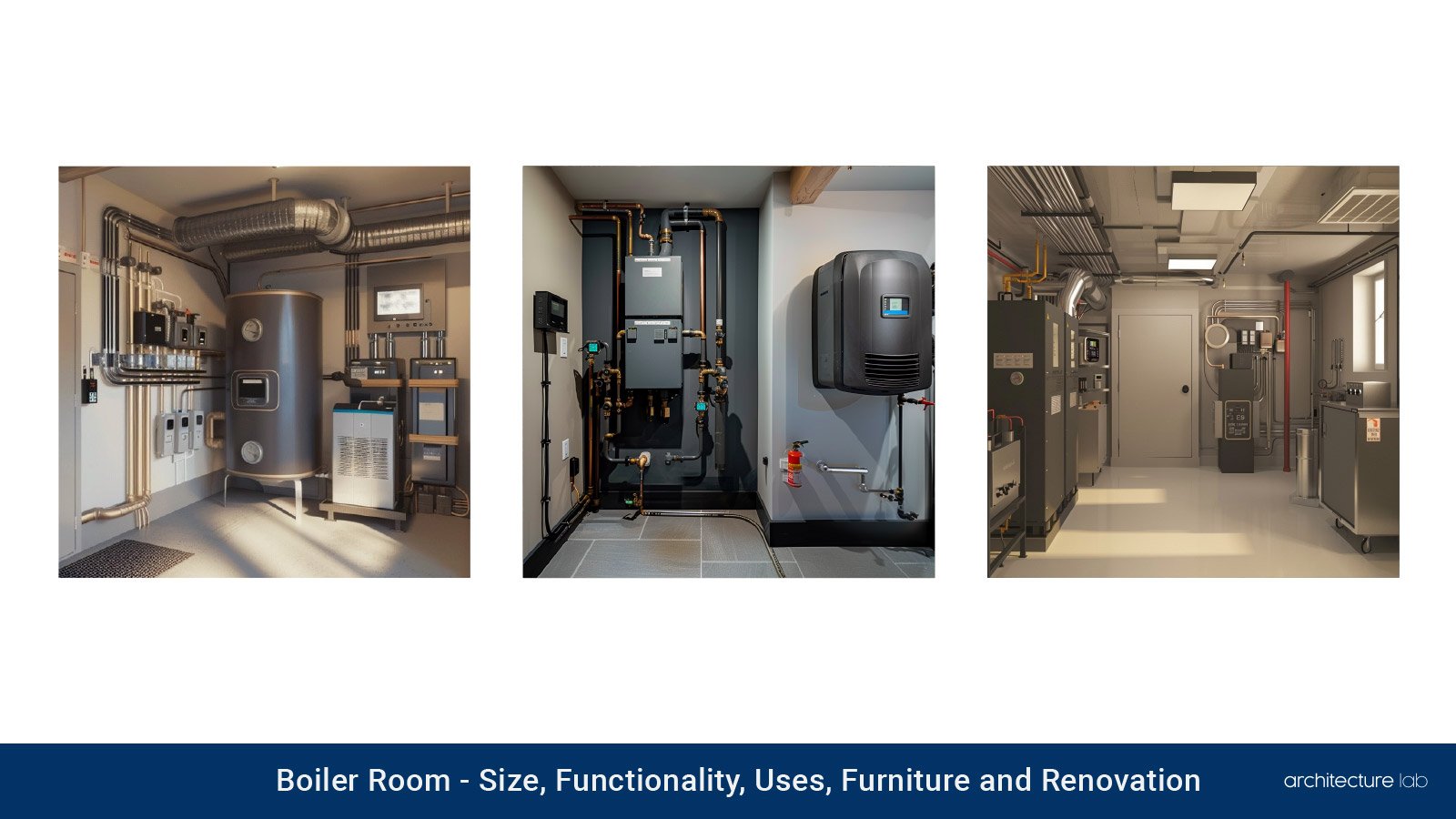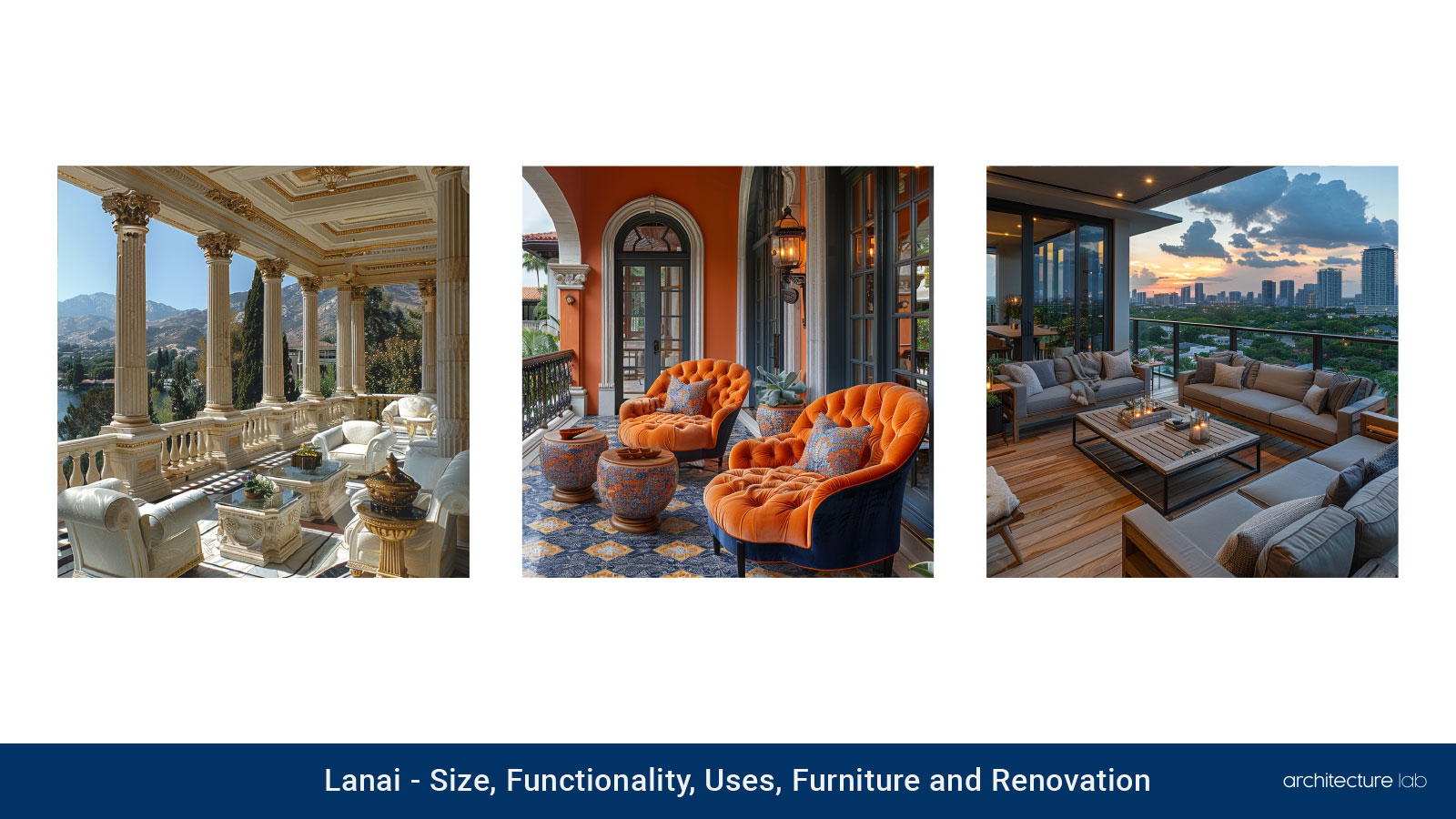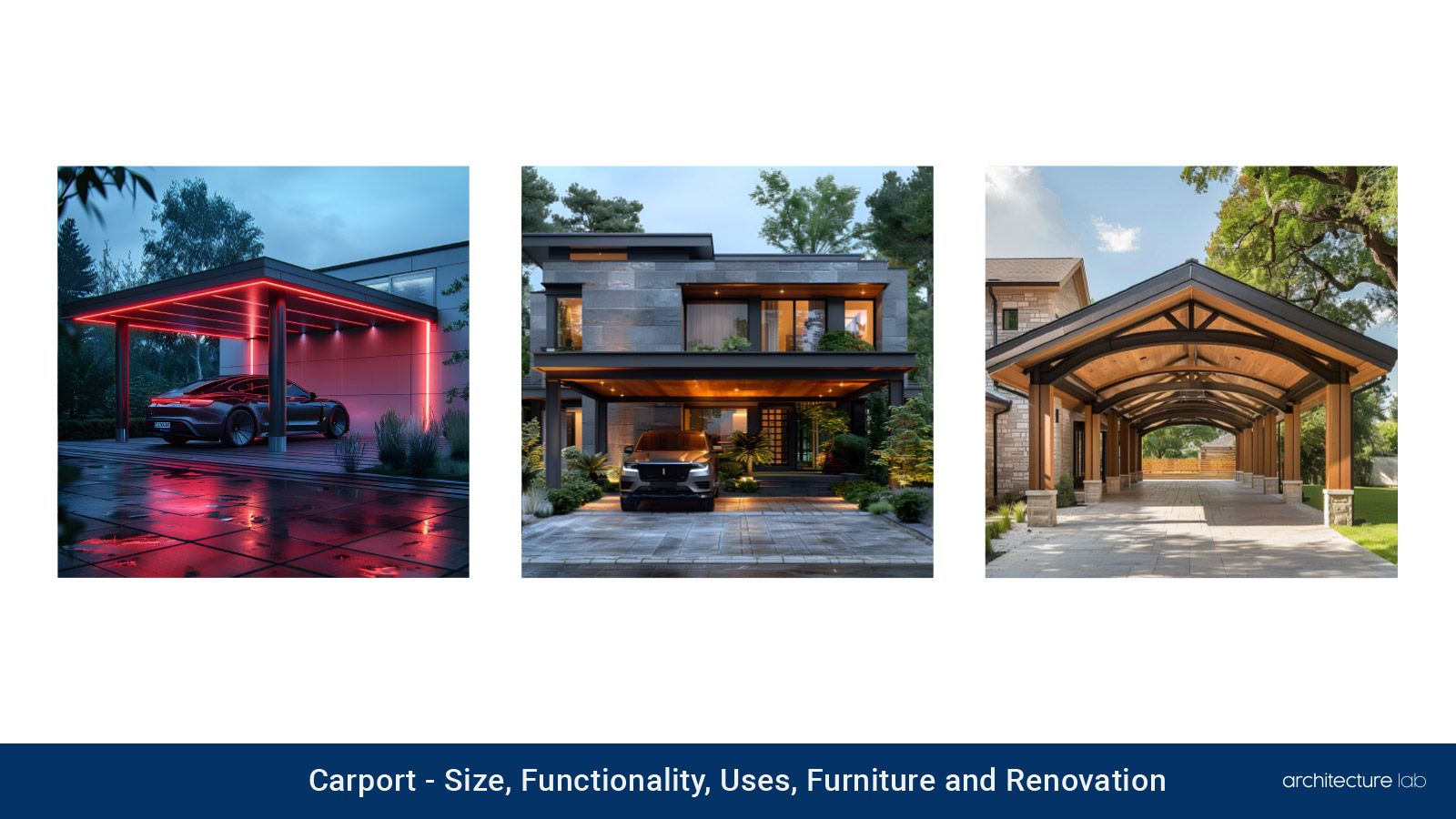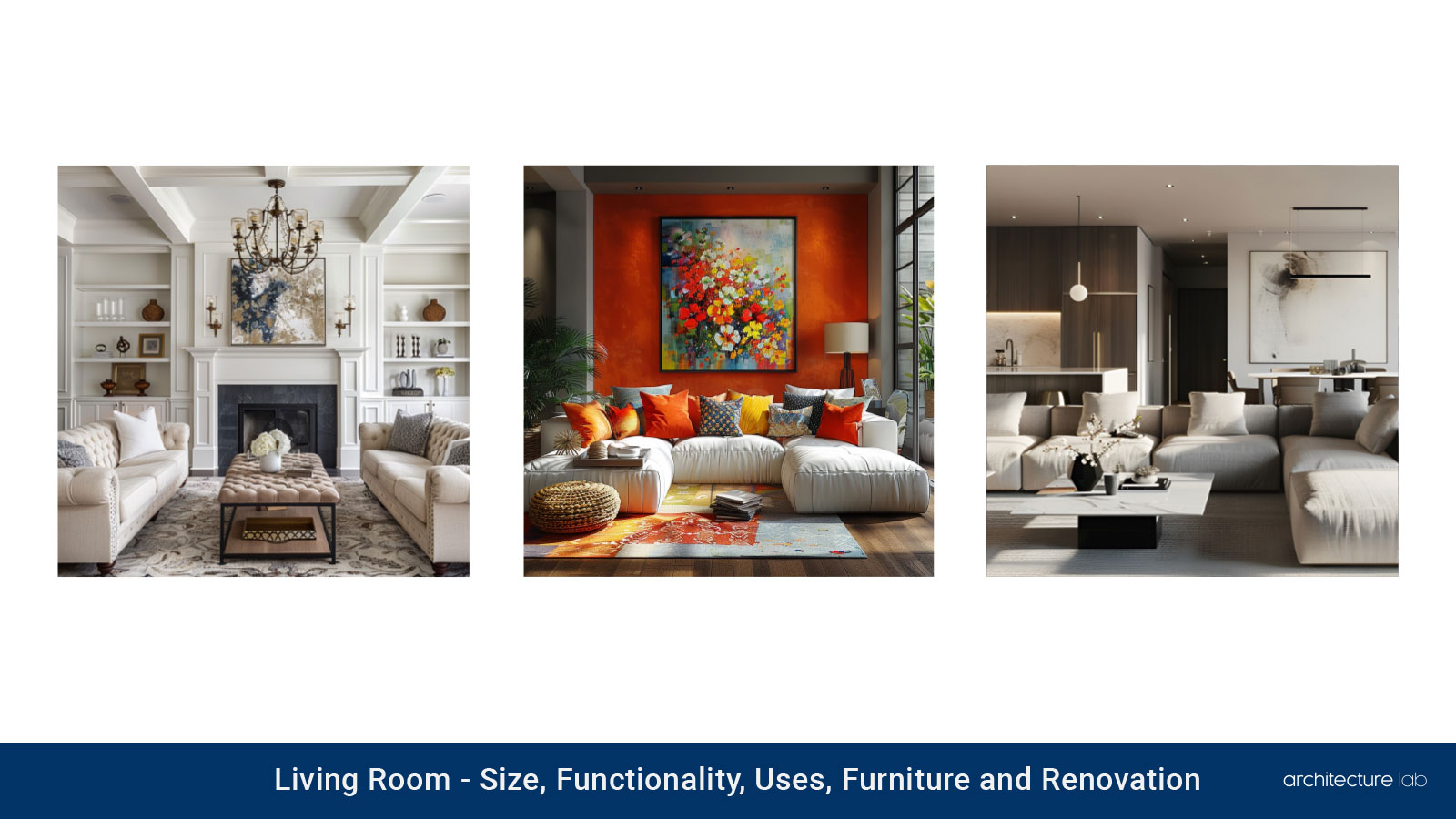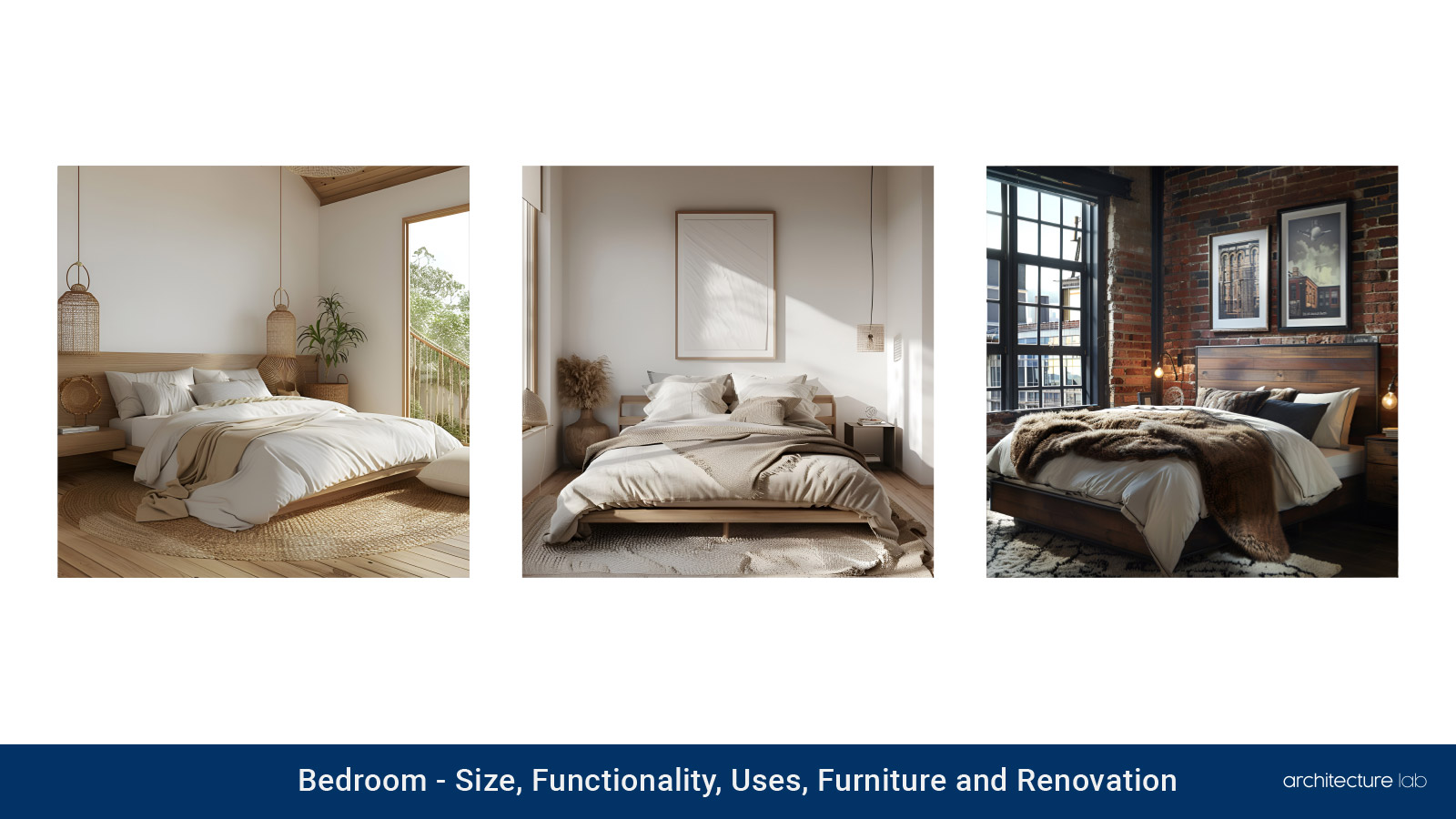Many homeowners dream of transforming their living spaces into more comfortable, functional, and modern ones, but they may not know where to start or what to consider when planning a renovation project. Hiring an architect can be wise, as they can offer professional guidance and creative solutions for different house room types. The most important household type is the kitchen, where people prepare and enjoy their meals, socialize with family and friends, and store their food and utensils. An architect can help homeowners design a kitchen that suits their needs, preferences, and budget by optimizing the layout, choosing the right materials and appliances, and adding features such as islands, cabinets, and lighting. A well-designed kitchen can improve the functionality, efficiency, and aesthetics of the space and increase the house’s value. The other houseroom type that an architect can help homeowners upgrade is the bathroom, where people take care of their hygiene, relax, and pamper themselves. An architect can help homeowners create a bathroom that provides comfort, convenience, and style by selecting the best fixtures, fittings, and finishes and incorporating elements such as showers, bathtubs, sinks, and toilets. A well-designed bathroom can enhance the quality of life, health, and well-being of the occupants and save water and energy. These are some common houseroom types that an architect can help homeowners upgrade and how they can benefit from their expertise. Homeowners can achieve their renovation goals, improve living standards, and enjoy their houses more.
1. Living Room
A living room is a common area in a house or an apartment where people can relax, socialize, and entertain guests. It is usually located near the entrance or the main hallway of the dwelling. Some people use it as a formal space for hosting visitors, while others use it as a casual space for watching TV, playing games, or reading books. It can also serve as a multipurpose working, studying, or dining room. The size of a living room can vary depending on the layout and design of the home, but it typically ranges from 160 square feet (15 square meters) to 215 square feet (20 square meters) for standard rooms to over 535 square feet (50 square meters) for grand living spaces. Energy efficiency is achieved in a living room by choosing the standby power loss, using energy-efficient lighting, improving temperature regulation with insulation and fans, selecting energy-rated appliances, and arranging furniture to optimize airflow.
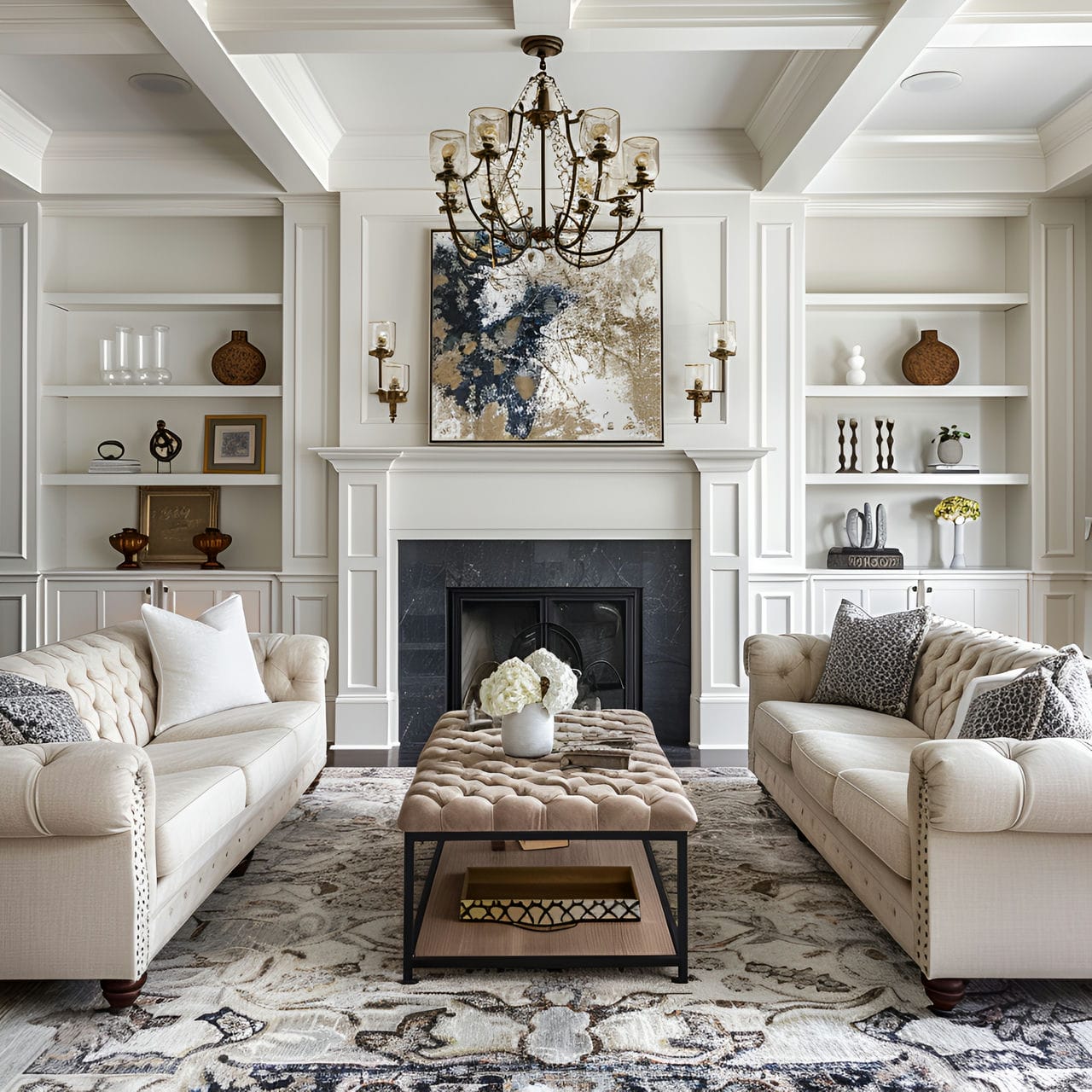
The typical shapes of a living room are rectangular or square to optimize seating arrangements, traffic flow, and multi-purpose utility. Average rectangular layouts have the longest walls spanning approximately 45 square feet (4.18 square meters) to 60 square feet (5.57 square meters) facing each other, with narrow ends ranging from approximately 28 square feet (2.60 square meters) to 40 square feet (3.72 square meters). This shape fits sectional sofas or separate seating concentrations while defining individual spaces through area rug placement. Square living rooms ranging from approximately 40 square feet (3.72 square meters) to 60 square feet (5.57 square meters) keep furniture groupings accessible with open flow around accent chairs and tables. The normal ceiling height of a living room ranges from approximately 26 square feet (2.42 square meters) to 29 square feet (2.70 square meters) to maximize vertical space while retaining proportionate scale. Average heights allow convenient positioning for most lighting fixtures and ceiling fans without infringing on required headroom. Contemporary living rooms may incorporate ceilings starting at approximately 27 square feet (2.51 square meters) to 32 square feet (2.97 square meters), providing a slightly generous sense of airflow and volume. Smaller footprint living zones under 215 square feet (20 square meters) feel confined by ceilings exceeding approximately 29 square feet (2.70 square meters). Grand estate living rooms elevate architectural details with towering heights of up to approximately 48 square feet (4.46 square meters).
2. Kitchen
The kitchen is an essential part of any home, serving as a space for food storage, preparation, and cooking. It also doubles as a family living area, accommodating dining, socializing, and other household activities. Kitchens can vary depending on the type of home. Standard homes typically have kitchens ranging from 110 square feet (10 square meters) to over 325 square feet (30 square meters). The kitchen layout is usually square or rectangular, allowing efficient work triangles between appliances and maximizing usable space.
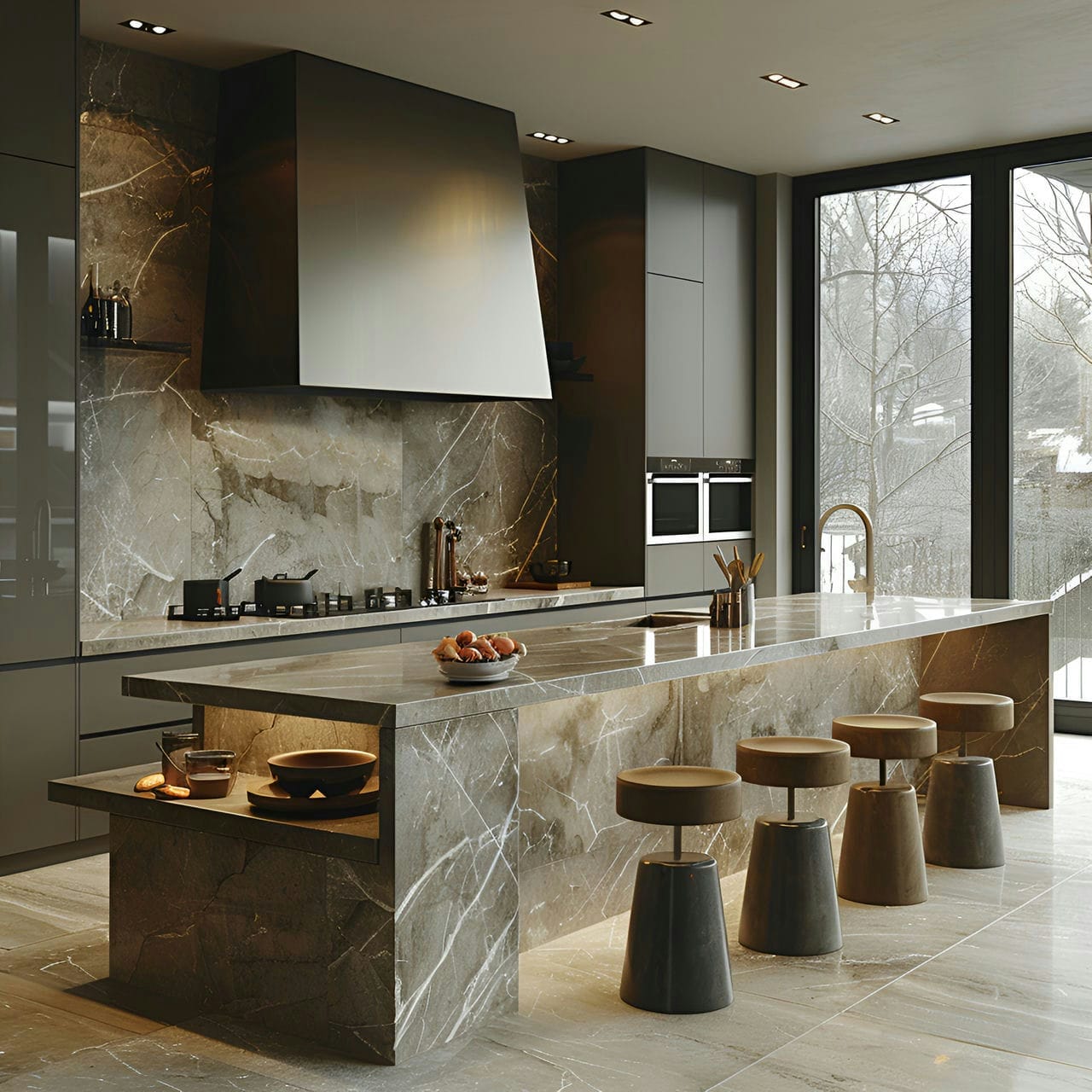
The functionality of a kitchen is crucial for its effective use. A well-designed kitchen requires efficient layouts, ample storage, task-specific lighting, reliable appliances, and durable materials. It is also important to consider energy efficiency, which can be achieved through high-efficiency appliances, upgraded lighting, improved insulation, air sealing, and the integration of renewable energy sources. For significant remodels, hiring an architect can be essential, as they bring expertise in design, budget management, and project management. Furnishing a kitchen involves various pieces of furniture that enhance its functionality and aesthetics. Kitchen cabinets provide essential storage space, while islands offer additional workspace and seating. Dining tables and chairs accommodate meals, while bar stools provide casual seating options. Hutches or buffets can provide extra storage, and kitchen carts offer mobility and versatility. Step stools ensure accessibility to high shelves.
3. Bathroom
Bathrooms play a crucial role in daily life, providing a space for personal hygiene, relaxation, and storage. A typical residential bathroom size ranges from 60 square feet (5 square meters) to 80 square feet (7 square meters), allowing for essential fixtures such as showers, sinks, and toilets. With an average ceiling height of 8 feet (2.4 meters), there is enough room for comfortable movement and the installation of standard showerheads. Functionality is key when it comes to bathrooms. A well-thought-out layout includes sufficient storage for towels and toiletries, proper lighting, adequate ventilation, and durable materials. Commonly used furniture in bathrooms includes vanity units, mirrors, linen cabinets, shower stools or benches, over-the-toilet storage, medicine cabinets, and floor cabinets. These essential pieces of furniture cater to daily activities and help maintain an organized bathroom space.
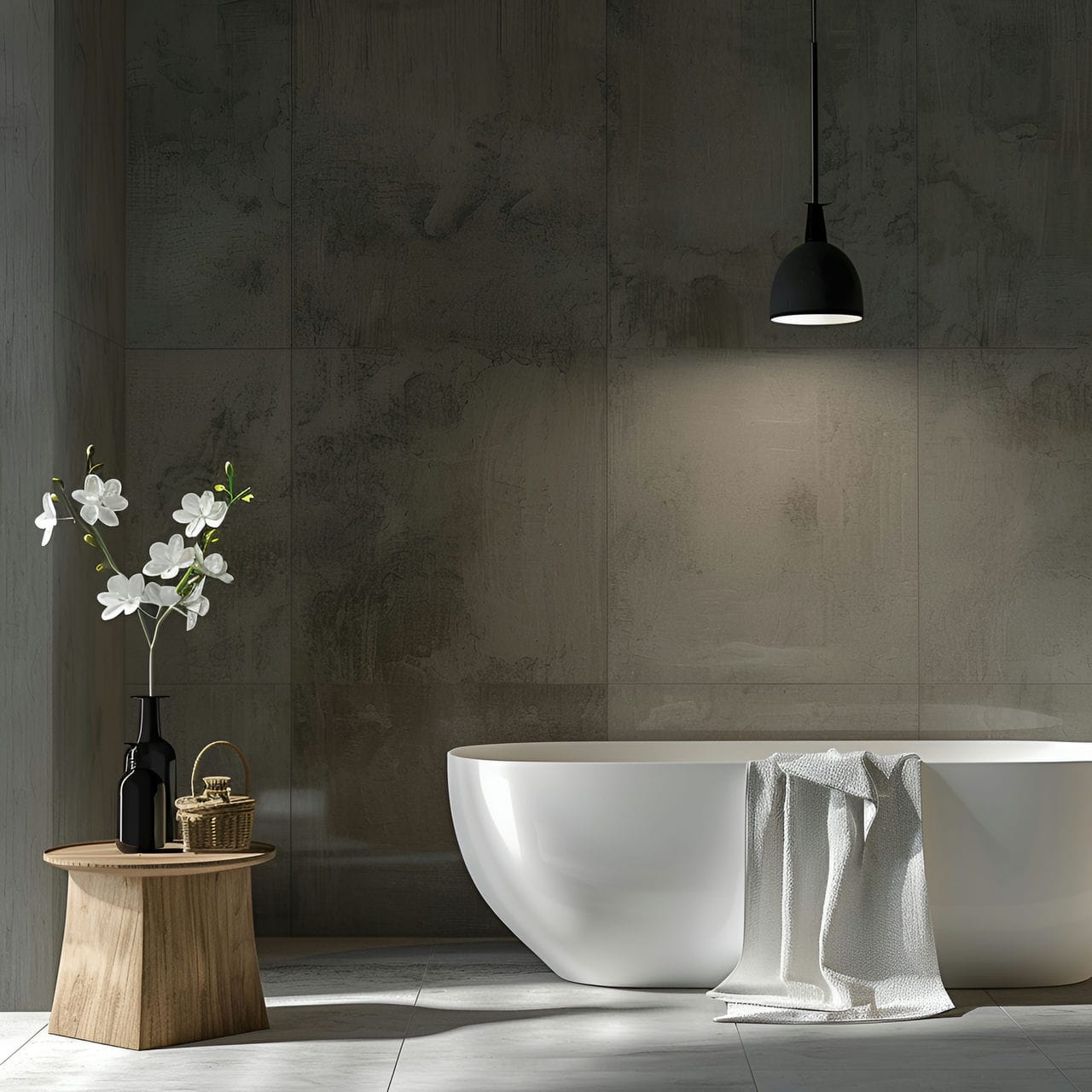
Bathrooms serve various purposes, including personal hygiene, storage, relaxation, and increasing the value of a home. They offer a private sanctuary where individuals can attend to their personal care needs, such as bathing, grooming, and using the toilet. Bathrooms store towels, toiletries, medications, and cleaning supplies, ensuring easy accessibility. They also serve as a place for relaxation and solitude, allowing individuals to unwind and find moments of peace. A well-designed, well-maintained bathroom can greatly enhance a home’s value and appeal. Redecorating a bathroom typically takes 2 to 4 weeks, depending on the extent of changes and potential delays.
4. Bedroom
A bedroom is a room in a house used for sleeping and relaxing. It usually contains a bed, a closet, a dresser, a nightstand, and other furniture or accessories. It is typically located on the upper floor of a house, away from the noise and activity of the living room, kitchen, or dining room. A bedroom needs a redecoration or upgrade every 2 years, depending on the preferences and needs of the owner. Some reasons for changing the bedroom’s appearance or functionality are to match the current trends or styles, to improve the comfort or quality of sleep, to create more storage or working space, to accommodate new family members or guests, or to express one’s personality or mood.
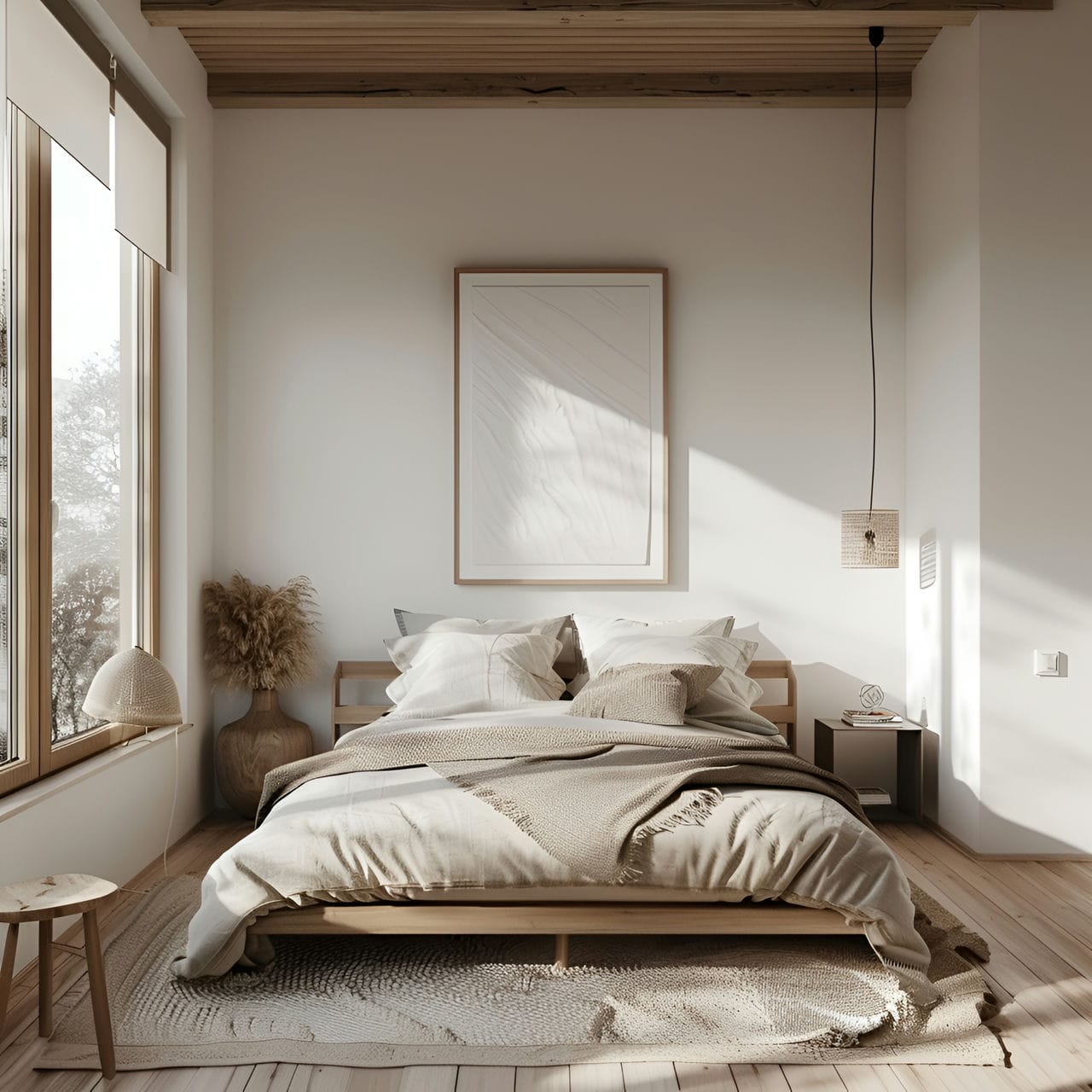
Architects can design the bedroom’s layout and dimensions to maximize the use of space and natural light. They can also suggest the best furniture arrangement and placement to create a balanced and harmonious look. Architects can also help select the colors and materials for the walls, floors, ceilings, and furniture to suit the owner’s taste and budget. The other aspect that architects can help with is the energy efficiency of the bedroom. They can recommend the type and size of windows, doors, insulation, ventilation, and lighting to reduce the bedroom’s energy consumption and environmental impact. They can also advise using renewable or recycled materials, such as wood, bamboo, or cotton, to make the bedroom more eco-friendly and sustainable.
Architects can design the bedroom to be flexible and versatile, serving different purposes or functions over time. They can use movable walls, modular furniture, or multifunctional pieces to allow the bedroom to transform into a home office, a playroom, a gym, or a guest room. They can also use smart technology, such as sensors, switches, or voice control, to make the bedroom more convenient and responsive to the owner’s needs and preferences.
5. Dining Room
A dining room is where people gather to enjoy meals and socialize. It can vary in size, functionality, and style depending on the preferences and needs of the homeowners. Some dining rooms are formal and elegant, while others are casual and cozy. The typical size of a dining room is 129 square feet (12 square meters) to 215 square feet (20 square meters). The size of the dining room should allow for comfortable movement and seating around the dining table. In a space measuring 129 square feet (12 square meters), a rectangular table with 4 to 6 people can fit well, along with additional space for chairs and circulation. A larger rectangular or round table with 6 to 8 people can accommodate larger dining rooms measuring 215 square feet (20 square meters).
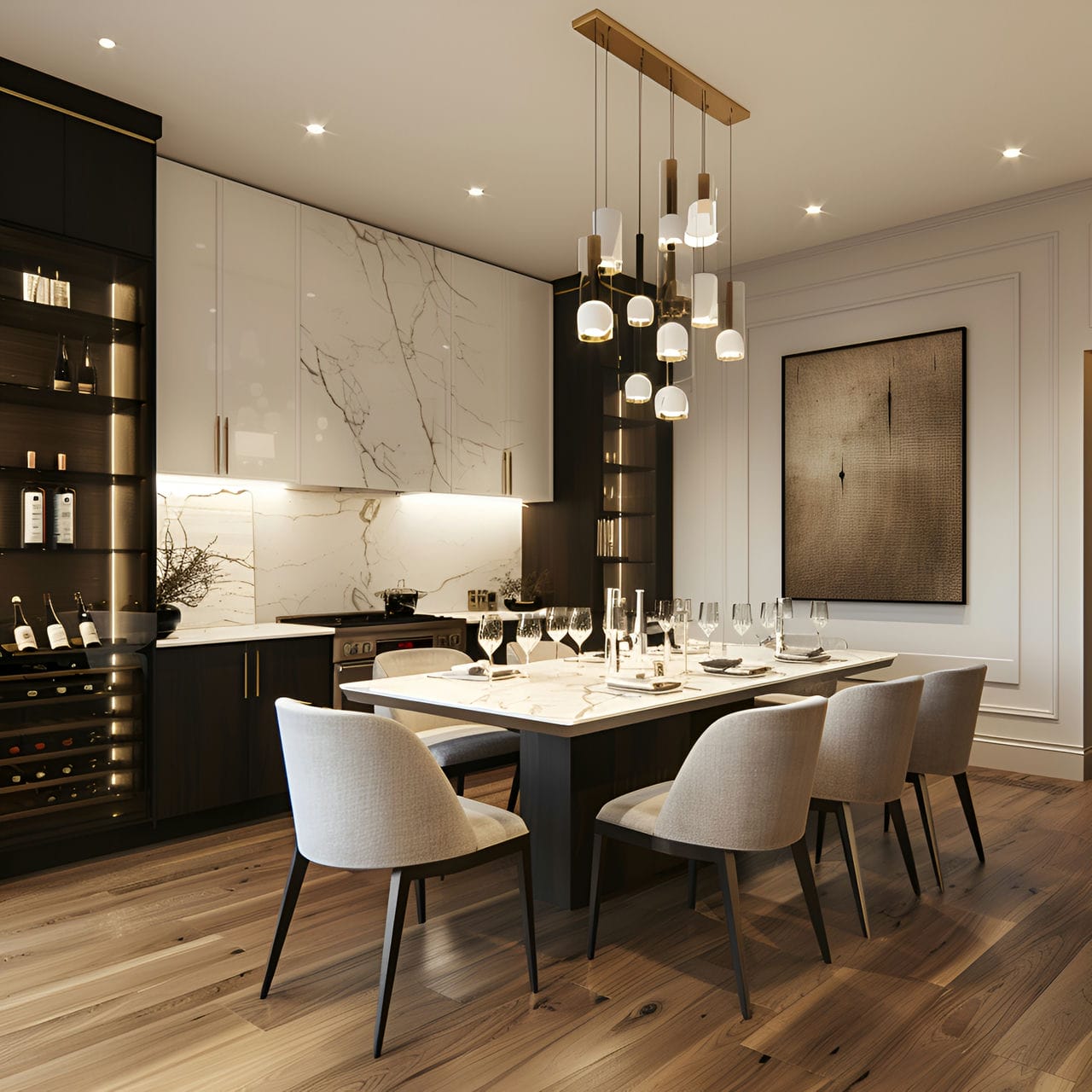
The functionality of a dining room is determined by how often and for what purposes it is used. Some dining rooms are used only for special occasions like holidays, birthdays, or anniversaries, while others are used daily for family meals, homework, or work. Some dining rooms can also serve as multipurpose rooms, such as living rooms, libraries, or offices. The furniture and renovation of the dining room reflect the style and personality of the homeowners. Some dining rooms have traditional furniture, such as wooden tables, chairs, and cabinets, while others have modern furniture, such as glass tables, metal chairs, and minimalist shelves. A dining room’s color, lighting, and decoration can enhance its ambiance and mood.
The normal ceiling height of a dining room is 8 feet (2.4 meters) to 10 feet (3 meters). This height provides a comfortable and spacious feel to the room while allowing for proper air circulation and accommodating standard-sized furniture pieces. A ceiling height of 8 feet (2.4 meters) is considered the minimum acceptable height for a dining room, ensuring occupants do not feel cramped or restricted in their movements. However, a ceiling height of 10 feet (3 meters) or slightly higher is often preferred as it creates a more open and airy ambiance. The ceiling height in a dining room plays a crucial role in the overall aesthetics and functionality of the space. It affects the acoustics, allowing sound to disperse evenly throughout the room. A higher ceiling can provide opportunities for decorative elements such as chandeliers or pendant lights to be installed, adding visual interest and enhancing the overall design of the dining room.
6. Home Office
A home office is a room or a space in a house used for work or study purposes. It usually contains a desk, a chair, a computer, and other equipment or materials needed for the tasks. It can also serve as a place for hobbies such as reading, writing, or crafting. A home office is typically located in a quiet and comfortable house area, such as a spare bedroom, basement, attic, or living room corner. Some people prefer a separate entrance or a window for their home office, while others may not mind sharing the space with other family members or guests.
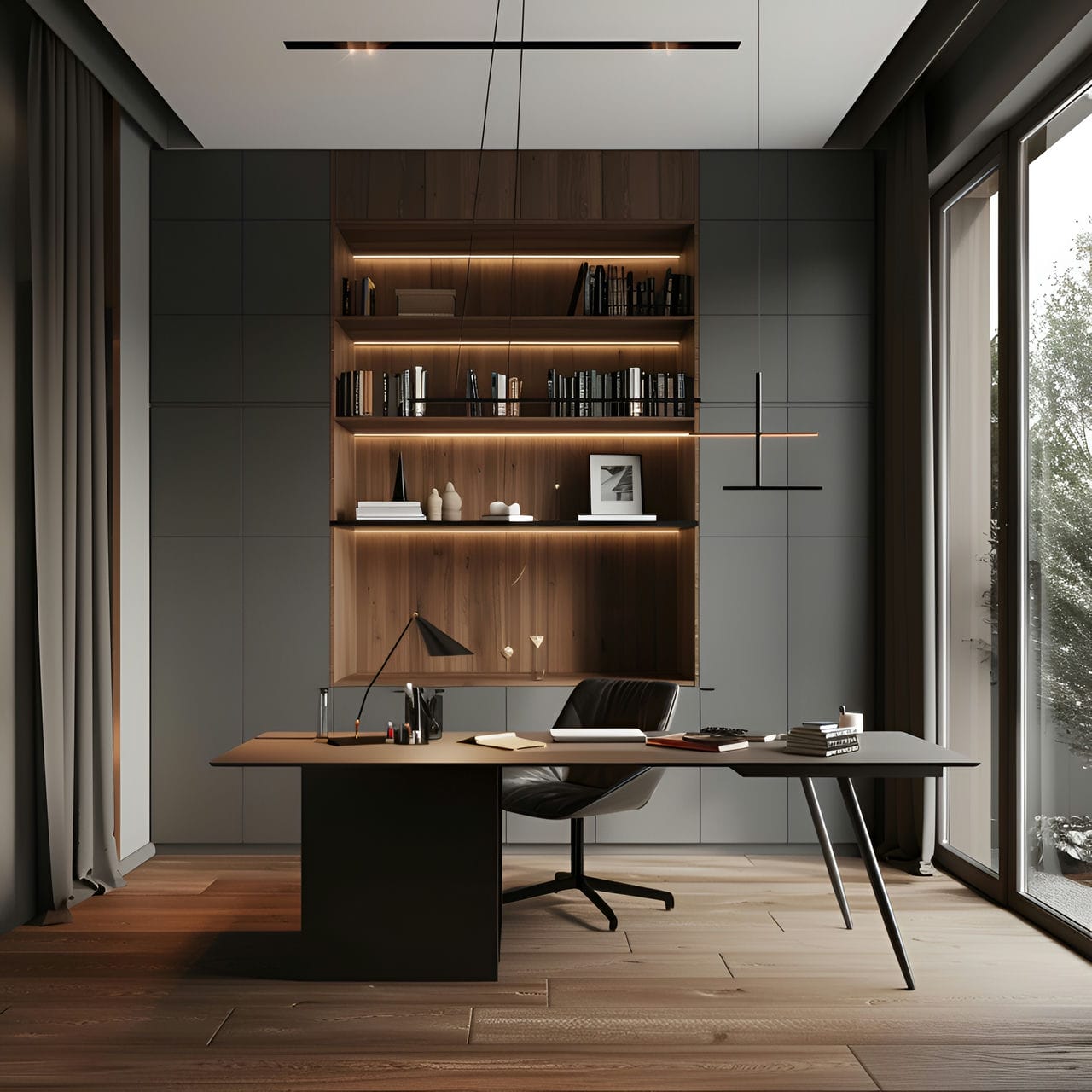
A home office may need a redecoration or an upgrade every 3 years, depending on the changing needs and preferences of the user. It may require more storage space, a larger desk, a faster internet connection, or a new paint color. It may also need to be updated to match the current trends and styles in interior design. Architects can help optimize the home office by providing professional advice and solutions for the space, lighting, furniture layout, color and material selection, energy efficiency, and adaptability. They can assess the existing conditions and the user’s requirements, then design a functional, comfortable, and aesthetically pleasing home office. They can also help the user save money and resources by choosing eco-friendly and durable materials, installing energy-saving devices, and creating a flexible and versatile space that can be easily modified or transformed.
A well-designed home office can benefit the user by improving productivity, creativity, and well-being. It can also enhance the value and appeal of the house, attracting potential buyers or renters looking for a convenient and modern workspace. It can also reflect the user’s personality and taste, as it can showcase their interests, hobbies, and achievements. A home office is a common and popular feature in many houses, especially in the era of remote work and online education. It can provide a comfortable and convenient environment for users to perform their work or study tasks and enjoy their hobbies. It can also be optimized by architects, who can help the user create a functional, comfortable, and aesthetically pleasing space.
7. Basement
A basement is a part of a house located below the ground floor. It is usually used for storage, laundry, or as an extra living space. Some basements are fully finished, while others are partially or completely unfinished. Basements need a redecoration or upgrade every 5 years, depending on their condition and the homeowner’s preferences. Some common reasons to renovate a basement are to increase its functionality, comfort, safety, and value. It can also improve the energy efficiency and air quality of the house.
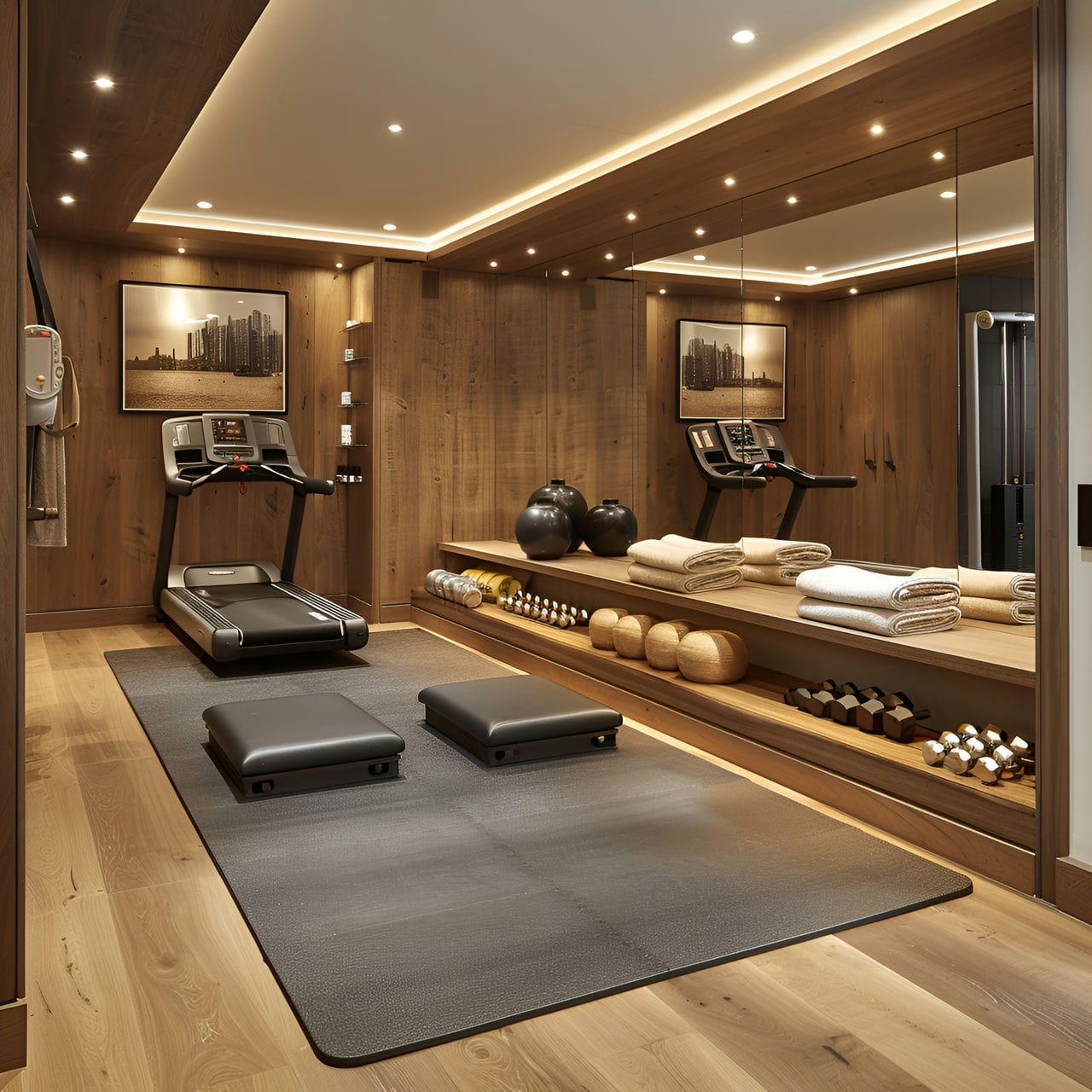
Architects can help optimize the space, lighting, furniture layout, colors, and basement materials. They can design a floor plan that maximizes the available space’s use and meets the homeowner’s needs. They can also suggest the best types of lighting, furniture, colors, and materials that suit the style and purpose of the basement. Architects can also help optimize the energy efficiency of a basement. They can advise on the basement’s best insulation, ventilation, heating, and cooling systems. They can also recommend the best windows, doors, and appliances that can reduce the energy consumption and costs of the basement. Architects can also help optimize the adaptability of a basement. They can design a basement that can be easily modified or transformed for different purposes. They can create a basement that can serve as a family room, a home office, a guest room, or a hobby room. They can also ensure the basement meets the building codes and regulations for safety and accessibility.
8. Attic
An attic is a space or room just below the roof of a house or other building. It may also be called a loft or a garret. The word attic comes from the Attica style of classical architecture, which featured a low decorative wall above the main facade. Attics have different uses depending on the type and design of the building. Some attics are converted into bedrooms, home offices, or apartments with windows and staircases, while others are used for storage, mechanical equipment, or roof access. It helps control the temperature in a house by providing a large mass of slowly moving air.
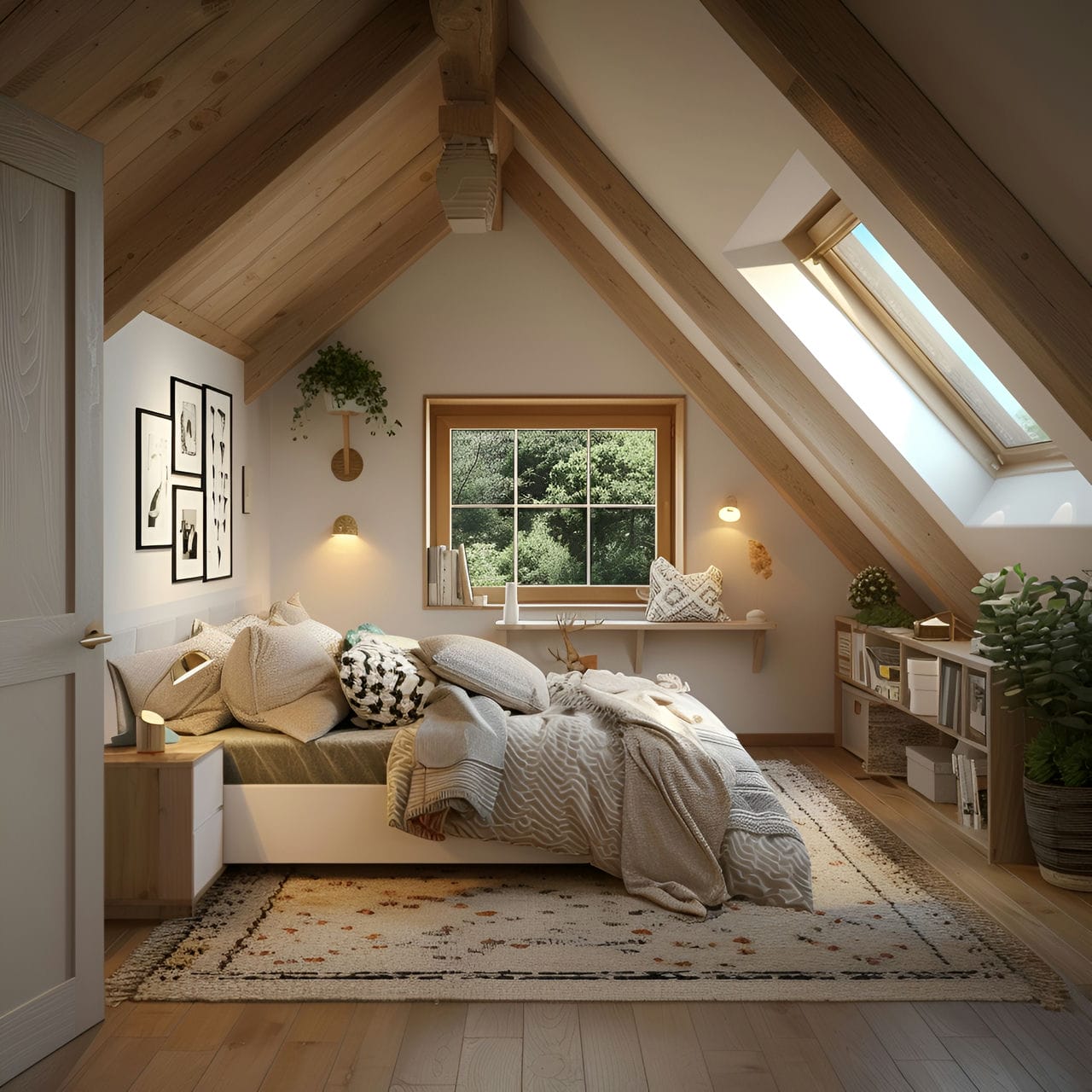
Attics are usually located on the topmost floor of a building, under the slanted roof. They can be accessed through a ceiling or a wall opening, often with a hatch and a ladder. The opening must be located in a hallway or other readily accessible area. A typical attic ranges from 100 square feet (9 square meters) to 160 square feet (15 square meters). Attics need to be redecorated or upgraded every 15 years on average. This is because the insulation, ventilation, and roofing materials can deteriorate over time due to heat, moisture, pests, or leaks. Replacing the attic insulation can improve the comfort and energy efficiency of the house.
Architects can help optimize the attic space for various purposes. They can design the layout, lighting, furniture, colors, and materials to suit the needs and preferences of the occupants. They can also enhance the attic’s energy efficiency by choosing the right type and amount of insulation, ventilation, and roofing. They can also make the attic more adaptable by creating flexible spaces that can be changed or rearranged.
9. Garage
A garage is a part of a house or building designed to store vehicles, such as cars, bikes, or motorcycles. It can also be used as a workshop, a storage room, or a hobby space. It is usually located on the ground floor or the basement of a house, and it has a door that can be opened and closed manually or automatically. A garage needs a redecoration or an upgrade every 5 to 10 years, depending on the space’s condition and usage. A redecoration or an upgrade can improve the garage’s appearance, functionality, and safety. It can also increase the house’s value and the owner’s satisfaction.
An architect can help optimize the space, the lighting, the furniture layout, the colors and the materials, the energy efficiency, and the adaptability of the garage. They can analyze the needs and preferences of the owner and create a plan that suits the budget and the project timeline. They can also provide advice and guidance throughout the process and ensure the quality and compliance of the work. An architect can use various techniques, such as adding shelves, cabinets, hooks, or racks, to organize and store the items to optimize the space of the garage. They can also create zones for different purposes, such as parking, working, or playing, and separate them with partitions, curtains, or doors. They can also use vertical space, such as the walls or the ceiling, to maximize the storage capacity and the floor area.
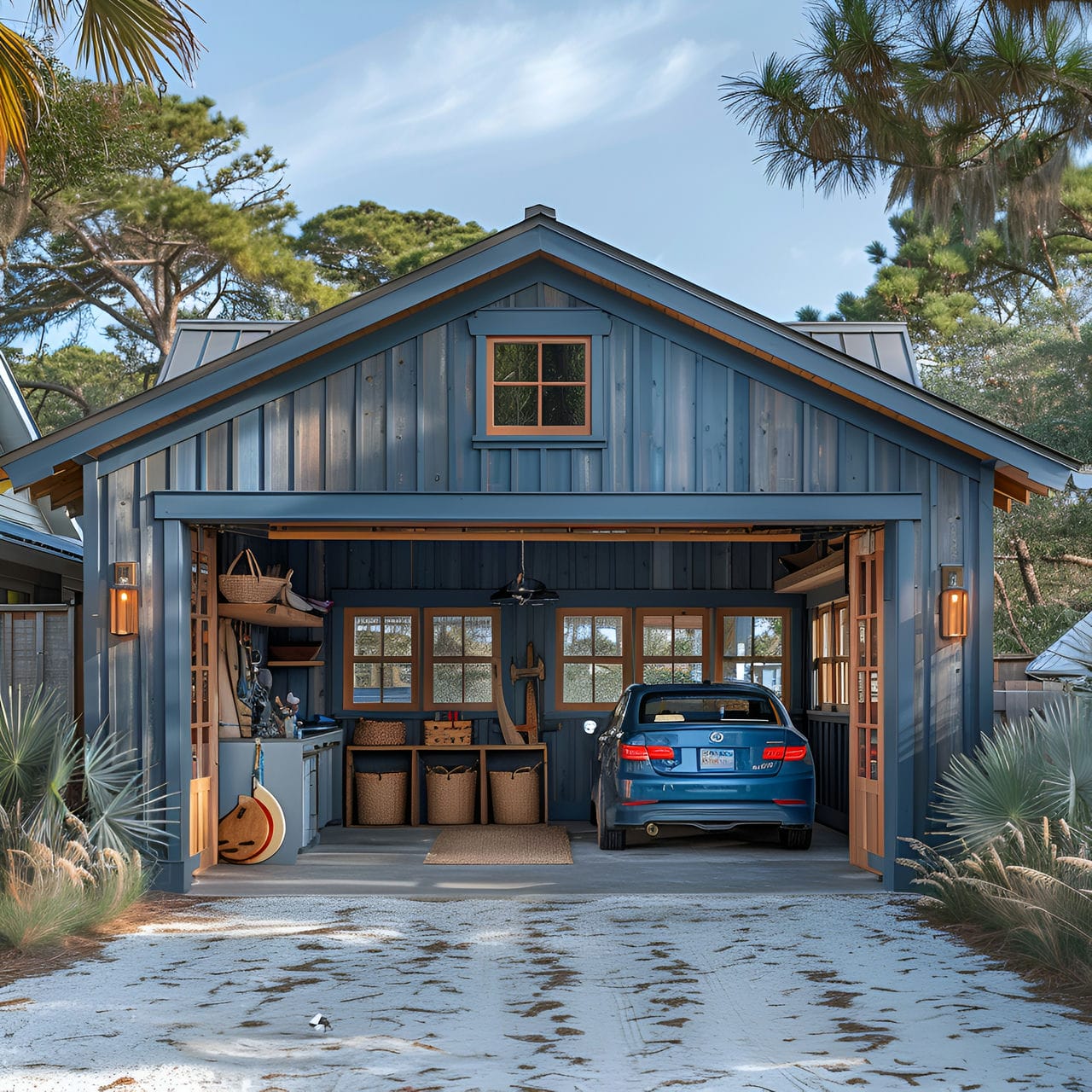
An architect can use natural and artificial sources, such as windows, skylights, lamps, or LED strips, to provide adequate and comfortable illumination to optimize the garage’s lighting. They can also use mirrors, reflective surfaces, or light colors to enhance the garage’s brightness and spaciousness. They can also install dimmers, sensors, or timers to control the lighting’s intensity and duration and save energy and money. An architect can use modular, multifunctional, or movable pieces, such as benches, tables, or chairs, to create flexible and versatile arrangements to optimize the furniture layout of the garage. They can also use ergonomic, durable, or easy-to-clean materials, such as wood, metal, or plastic, to provide comfort and convenience. They can also use matching, contrasting, or complementary colors, patterns, or textures to create harmony and interest.
An architect can use insulation, ventilation, or heating and cooling systems to maintain a comfortable and healthy temperature and air quality to optimize the garage’s energy efficiency. They can also use renewable or low-energy sources, such as solar panels, wind turbines, or batteries, to generate and store electricity. They can also use smart devices, such as thermostats, cameras, or speakers, to monitor and manage the garage’s energy consumption and security. An architect can use convertible, expandable, or removable features, such as walls, floors, or roofs, to change the size, shape, or function of the garage to optimize the adaptability of the garage. They can also use adaptable, customizable, or interchangeable elements, such as furniture, accessories, or decorations, to modify the garage’s style, mood, or theme. They can also use innovative, creative, or experimental ideas, such as murals, sculptures, or plants, to express the owner’s personality, taste, or hobby.
10. Home Theater
A home theater is a room or a space in a house designed to mimic the experience of watching a movie in a cinema. It usually has a large screen, a projector, a sound system, and comfortable seating. It is used for entertainment, such as watching movies, TV shows, sports, or playing video games. A home theater is usually located in a basement, an attic, a garage, or a spare room in a house. It should be a place that is isolated from the rest of the house to avoid noise and light interference. It should also have enough space to accommodate the equipment and the seating. A home theater needs a redecoration or an upgrade every 5 years on average. This is because the technology and the trends in home theater design change rapidly, and the owners may want to keep up with the latest features and styles. A home theater may need to upgrade its projector, screen, sound system, or streaming devices to enhance the quality and variety of the content.
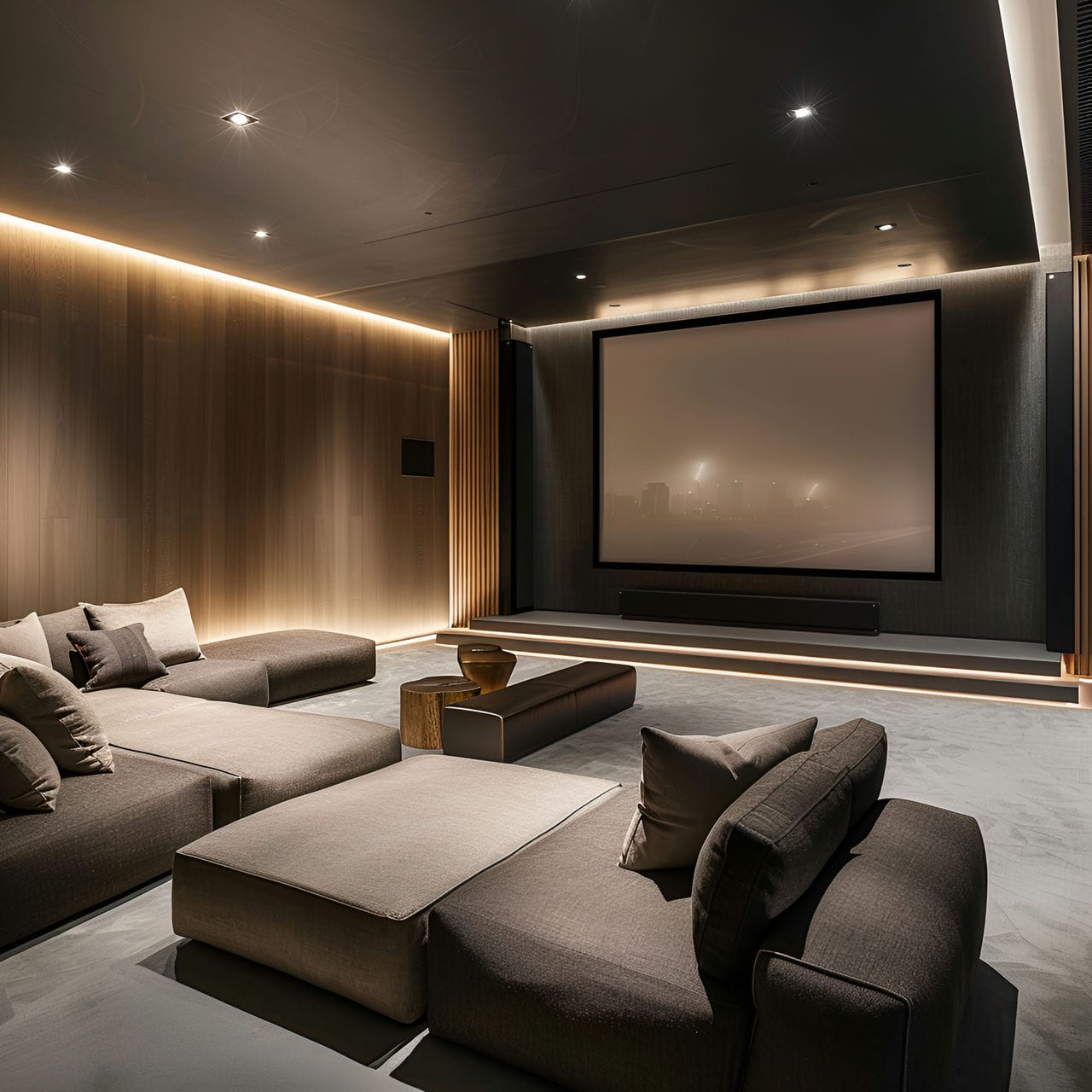
Architects can help plan the space, the lighting, the furniture layout, the color scheme, and the materials to create a functional and aesthetic home theater. They can also help select the best equipment and installation methods to ensure optimal sound and image quality. Architects can use insulation, ventilation, and smart devices to regulate the temperature and humidity of the room. They can also use LED lights, solar panels, and energy-saving appliances to reduce the electricity consumption and the carbon footprint of the home theater. Architects can use modular furniture, movable walls, and flexible wiring to allow the home theater to change its layout and function according to the needs and preferences of the owners. They can also use multi-purpose furniture, storage solutions, and hidden features to make the home theater more versatile and practical.
11. Playroom
A playroom is a room in a house dedicated to children’s play and entertainment. It is usually located near the living room or the kitchen so parents can supervise their children while doing other activities. It can also be a space for children’s learning, creativity, and relaxation. A playroom needs a redecoration or upgrades every 3 to 5 years, depending on the age and preferences of the children. As children grow, they may develop new interests, hobbies, and skills that require different toys, furniture, and equipment. A redecoration or upgrade can also help refresh the playroom’s look and feel and make it more appealing and comfortable for the children.
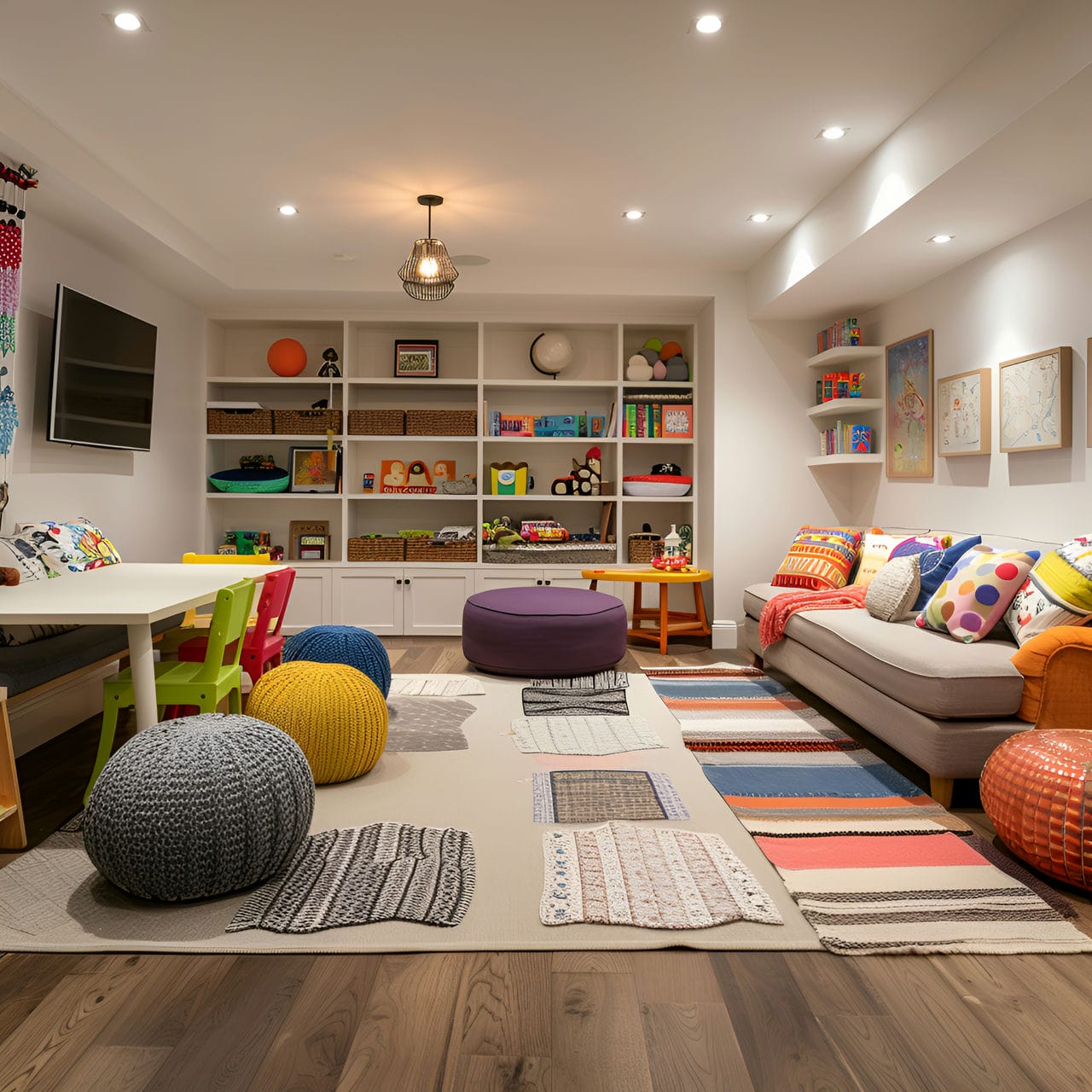
Architects can design the playroom to maximize the natural light, ventilation, and views and minimize noise and clutter. They can also arrange the furniture layout to create different zones for different activities, such as reading, playing, drawing, and sleeping. They can select the colors and materials suitable for the playroom, such as bright, cheerful, and durable ones. They can also incorporate fun, interactive, and educational elements like chalkboards, puzzles, and maps.
Architects can also help optimize the playroom for energy efficiency and adaptability. They can use energy-efficient lighting, heating, cooling systems, and renewable energy sources like solar panels and wind turbines. They can also use recyclable, biodegradable, or low-emission materials, such as bamboo, cork, or wool. They can also design the playroom to be flexible and modular so that it can be easily changed or rearranged according to the needs and preferences of the children. They can also use multifunctional furniture and equipment, such as beds that can be converted into sofas, tables that can be folded or extended, and storage units that can be moved or stacked.
12. Guest Room
A guest room is a room in a house intended to accommodate visitors or guests. It is usually furnished with a bed, a closet, a dresser, a nightstand, and other amenities that make the guests feel comfortable and welcome. It can also serve as a home office, a hobby room, or a storage space when not used by guests. A guest room is typically located in a quiet and private area of the house, away from the main living spaces and the master bedroom. It can be on the same floor as the other bedrooms or on a different level, such as the basement or the attic. Some houses have a separate guest suite or a guest house with its entrance, bathroom, and kitchenette.
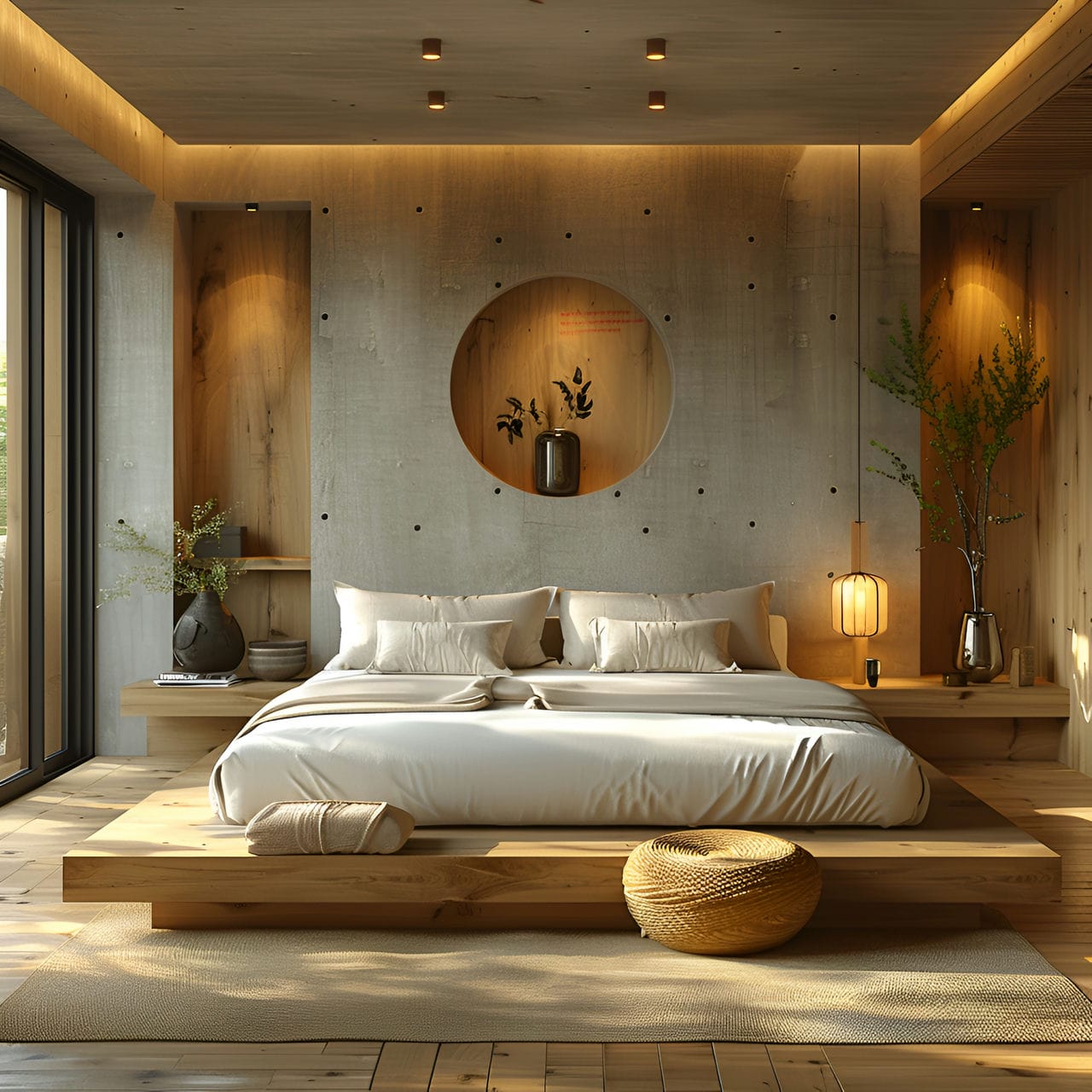
A guest room needs a redecoration or upgrade every 5 years on average, depending on the frequency of use, the wear and tear, and the changing trends and preferences. It can involve changing the paint color, the wallpaper, the flooring, the curtains, the bedding, the furniture, the lighting, and the accessories. It can also involve adding or removing features, such as a fireplace, a skylight, a window seat, or a built-in bookcase.
Architects can design the guest room to maximize the space, the natural light, the ventilation, and the views. They can also plan the furniture layout to create a functional and cozy environment. They can select the colors and materials that suit the style and mood of the room, the climate, and the season. They can also incorporate elements that enhance energy efficiency, such as insulation, double-glazed windows, LED lights, and solar panels. They can make the room adaptable to different needs and uses, such as by installing a Murphy bed, a foldable desk, a sofa bed, or a modular closet.
13. Library
A library is a room or a part of a house that contains books, magazines, newspapers, and other reading materials. It is a place where people can read, study, research, or relax. It usually has shelves, cabinets, tables, chairs, lamps, and other furniture that support reading activities. It can also have computers, printers, scanners, and other electronic devices that provide access to digital information. A library is often located in a quiet and secluded area of a house, such as a basement, attic, spare bedroom, or living room corner. It should have enough space to store and display the books and other materials and accommodate the users comfortably. It should also have good ventilation, lighting, and temperature control to protect the books and the users from dust, moisture, heat, and cold. A library needs a redecoration or an upgrade every 5 to 10 years, depending on the room’s condition and usage. It can improve the library’s appearance, functionality, and comfort. It can also reflect the users’ changing needs, preferences, and tastes. It can involve changing the paint, the wallpaper, the flooring, the furniture, the lighting, the accessories, or the layout of the library.
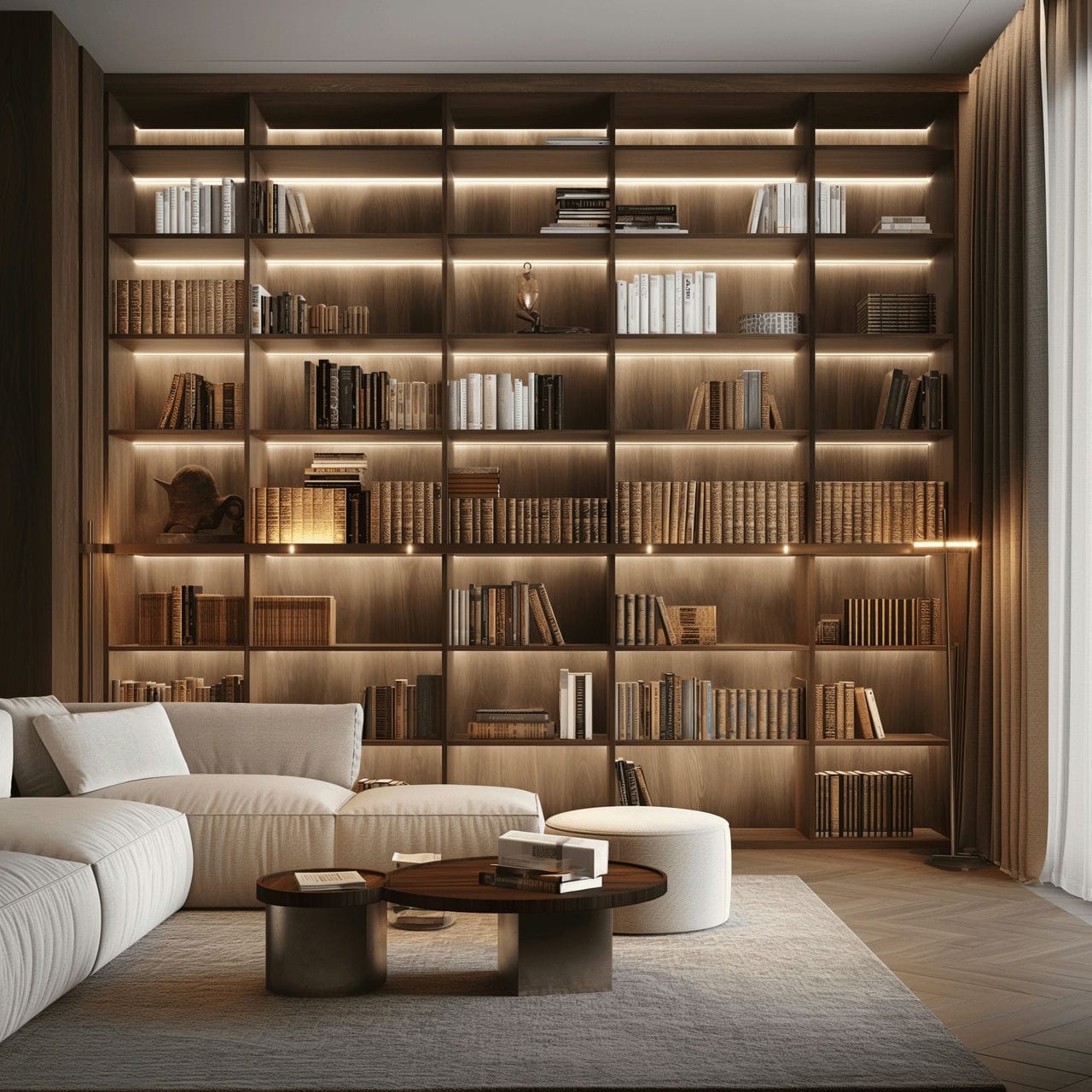
Architects can help optimize the space, the lighting, the furniture layout, the colors and the materials, the energy efficiency, and the adaptability of the library. Architects can design the library according to the size, the shape, the orientation, and the location of the room. They can also consider the number, the type, and the size of the books and other materials, as well as the number and the age of the users. Architects can help optimize the library’s space using smart storage solutions, such as built-in shelves, cabinets, drawers, or racks. They can also use multifunctional furniture, such as tables, chairs, sofas, or beds, as storage units, workstations, or sleeping areas. They can also use vertical space, such as walls, ceilings, or lofts, to create more storage or display options. They can also use partitions, screens, curtains, or doors to divide the space into different zones, such as reading, studying, working, or relaxing. Architects can help optimize the library’s lighting using natural, artificial, or a combination of both. They can use windows, skylights, or glass doors to bring in natural light from outside. They can also use blinds, shades, curtains, or shutters to control the amount and direction of natural light. They can also use lamps, chandeliers, sconces, or recessed lights to provide artificial light from inside. They can also use dimmers, switches, or sensors to adjust the brightness and the color of artificial light.
Architects can help optimize the furniture layout of the library by using ergonomic, comfortable, and durable furniture that suits the needs and preferences of the users. They can use tables, chairs, desks, or stools with the right height, width, depth, and angle for reading, studying, or working. They can also use sofas, armchairs, recliners, or cushions with the right shape, size, and texture for relaxing or sleeping. They can also use bookcases, shelves, racks, or stands with the right capacity, design, and accessibility for storing or displaying books and other materials. Architects can help optimize the library’s colors and materials by using colors and materials that create a pleasant, cozy, and stimulating atmosphere for the users. They can use colors that match the theme, the mood, or the style of the library, such as warm, cool, neutral, or bright colors. They can also use materials that complement the colors, the furniture, and the books, such as wood, metal, glass, fabric, or paper. They can also use patterns, textures, or prints that add interest, contrast, or harmony to the library.
14. Gym Room
A gym room is a space in a house dedicated to physical exercise and fitness. It usually contains various equipment and machines to help the user improve their strength, endurance, flexibility, and overall health. It can also be a place to relax, meditate, or practice yoga. A gym room is typically in a basement, garage, attic, or spare bedroom. These areas are often spacious, isolated, and have low traffic, which makes them ideal for a gym room, but some people may prefer to have their gym room in a more central or visible location, such as a living room, to motivate themselves or others to work out. A gym room needs a redecoration or upgrade every five years on average. The equipment and machines may wear out, break down, or become outdated. Users may want to change their gym room’s style, theme, or ambiance to suit their preferences or goals.
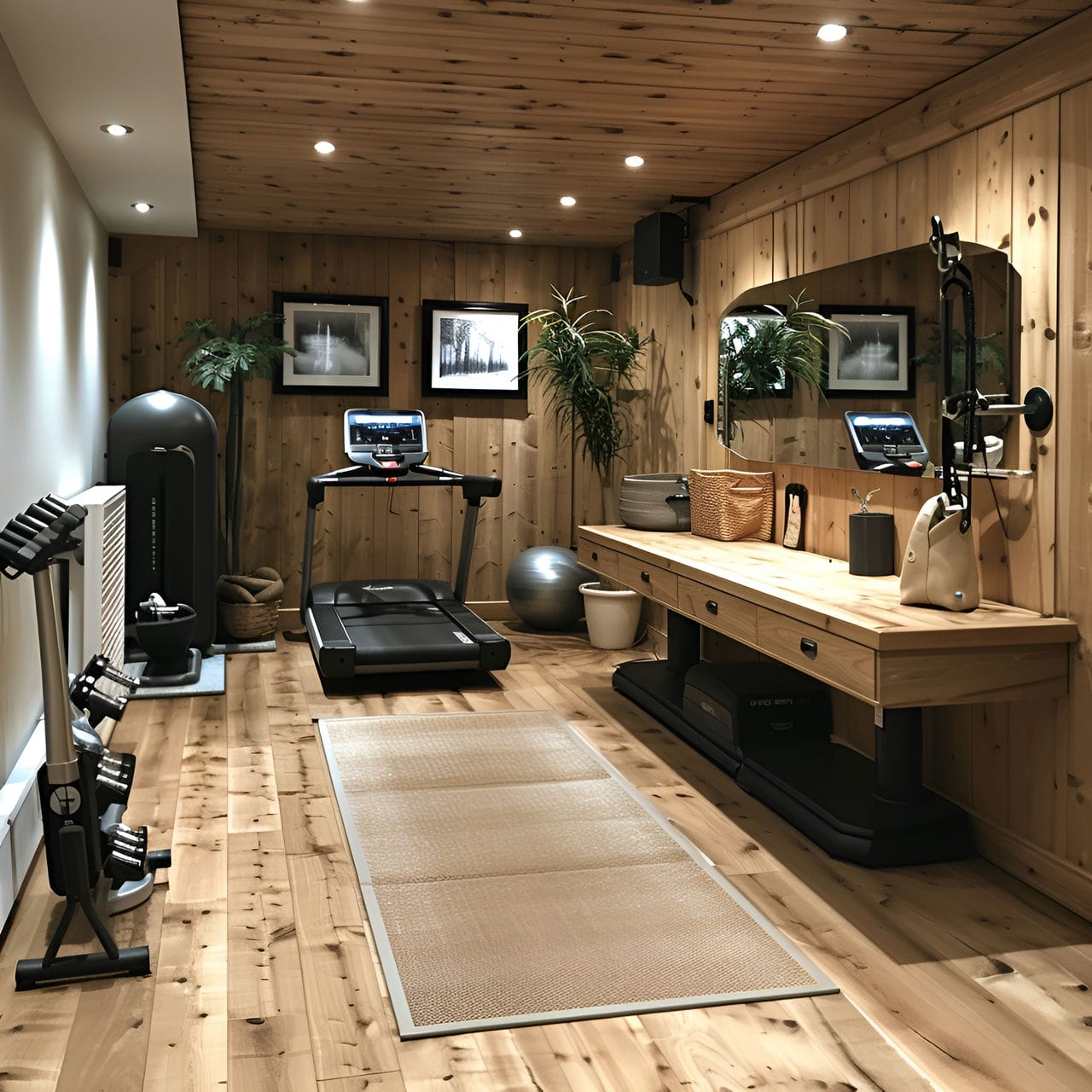
Architects can help optimize the gym room in various ways. They can design the space to maximize the floor area, ceiling height, and natural light. They can also arrange the furniture layout to create a functional and comfortable flow of movement. They can select the colors and materials to enhance the user’s mood, energy, and performance. Architects can also help optimize the energy efficiency of the gym room. They can install insulation, ventilation, and heating or cooling systems that can regulate the temperature and humidity of the space. They can also use renewable energy sources, such as solar panels, to power the equipment and machines. They can use LED lights, smart thermostats, and motion sensors to reduce the electricity consumption of the gym room. Architects can also help optimize the adaptability of the gym room. They can design the space to be flexible and versatile to accommodate different exercises, activities, and users. They can also use modular, movable, or multifunctional furniture that can be easily rearranged, stored, or transformed. They can use durable, easy-to-clean, and water-resistant materials that can withstand the wear and tear of the gym room.
15. Wine Cellar
A wine cellar is a room or a space designed to store and age wine in optimal conditions. Wine cellars protect wine from harmful factors such as light, heat, and vibration and maintain a constant temperature and humidity. It can enhance the quality and flavor of wine and increase its value over time. Wine cellars are used by wine enthusiasts, collectors, and connoisseurs who appreciate the art and science of wine making and tasting. It allows them to showcase their wine collection, enjoy wine at its peak, and share their passion with others. It can also be a home’s focal point, adding aesthetic and functional value. Wine cellars are usually located in the coolest and darkest part of a house, such as a basement, a closet, or an underground space, but wine cellars can also be built in other areas of a house, such as a dining room, a living room, or under the stairs, depending on the available space and the desired design. It can be active or passive, depending on whether they use a climate control system or rely on natural conditions.
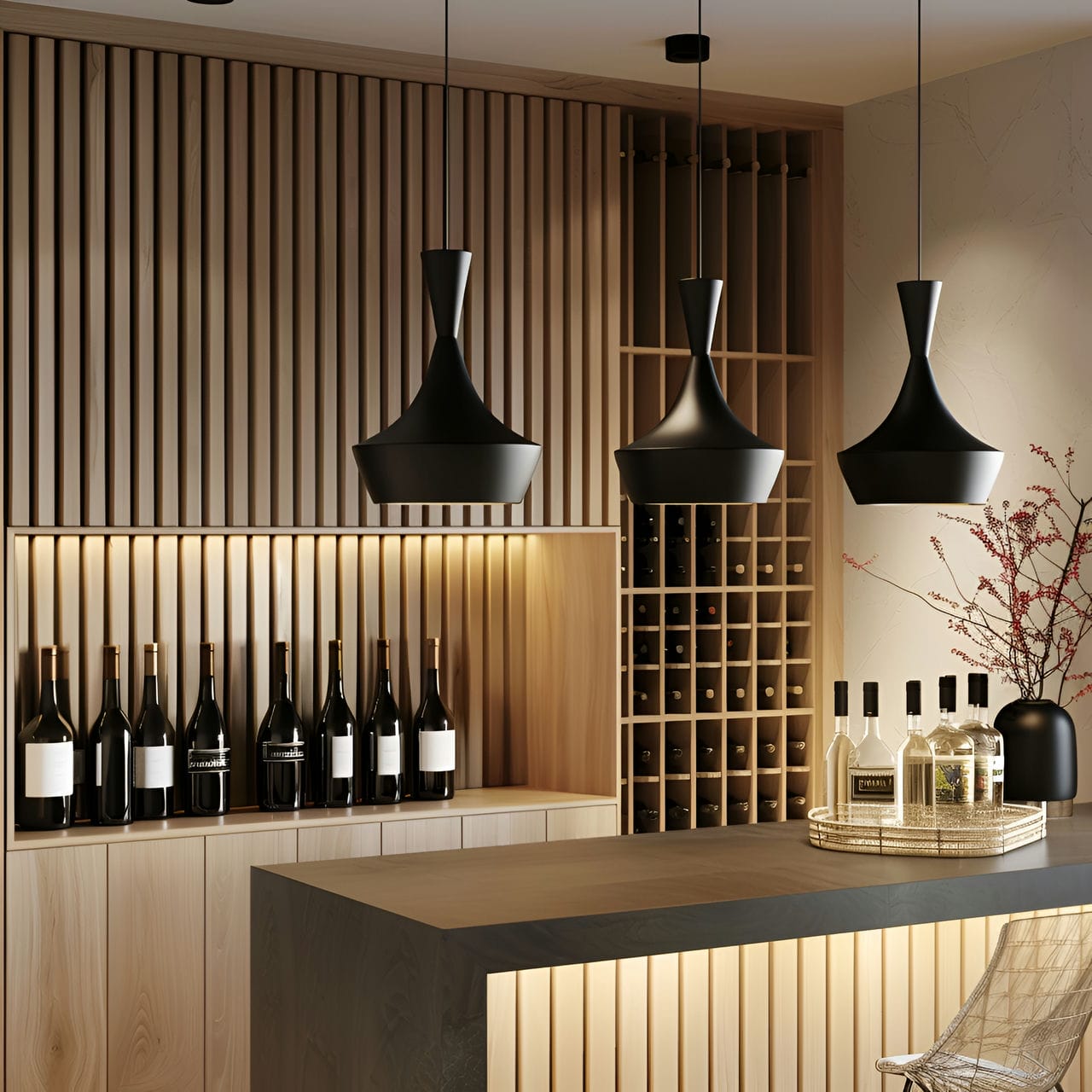
Wine cellars do not need frequent redecoration or upgrade as long as they maintain the proper climate and storage conditions for wine, but some factors may require wine cellars to be renovated or updated, such as changing the size or style of the wine collection, improving the functionality or appearance of the wine cellar, repairing any damage or wear and tear, or upgrading the technology or equipment. Architects can help optimize wine cellars in various ways, such as designing the layout and structure of the wine cellar to fit the space and the wine collection, selecting the best materials and colors for the wine cellar to create a durable and attractive environment, choosing the right lighting and furniture for the wine cellar to enhance the ambiance and the accessibility, optimizing the energy efficiency and the adaptability of the wine cellar to reduce the environmental impact and the operational cost, and ensuring the wine cellar meets the safety and quality standards.
Which rooms in a house are most often redecorated?
According to a survey by furniture123.co.uk, the living room, bedroom, and bathroom are the rooms in a house that are most often redecorated. Firstly, the living room is the most frequently redecorated in a house, with an average of 25 months between each makeover. This is because the living room is often the main social space in a home, where people entertain guests, watch TV, or relax. Homeowners want to keep their living rooms fresh, comfortable, and inviting. The living room is usually the largest and most visible room in a house, so it can accommodate more furniture and accessories and showcase one’s taste and personality. Secondly, the bedroom is the second most often redecorated room in a house, with an average of 29 months between each makeover. This is because the bedroom is a personal and intimate space where people spend much time sleeping, reading, or working. Homeowners want to create a cozy, peaceful, and inspiring atmosphere in their bedrooms. The bedroom is relatively easy and inexpensive to redecorate, as it usually requires only changing the bedding, curtains, or wall color. Lastly, the bathroom is the third most often redecorated room in a house, with an average of 33 months between each makeover. This is because the bathroom is a functional and essential space where people perform daily routines such as showering, brushing teeth, or applying makeup. Homeowners want to maintain a clean, hygienic, and modern bathroom look. The bathroom is a small and simple room to redecorate, as it usually involves replacing the towels, rugs, or accessories.
Is an architect needed to decorate a house room?
No, an architect is not needed to decorate a house room, but it is highly advised to hire one. Firstly, an architect has the expertise to create a well-designed space that optimizes functionality and aesthetics. They have a deep understanding of architectural principles, such as spatial planning, proportion, and lighting, which can greatly enhance a room’s overall look and feel. Secondly, an architect can provide valuable insights and creative ideas. They have a trained eye for detail and can offer innovative design solutions that homeowners might not have considered. Lastly, an architect can help homeowners navigate the complexities of construction and renovation projects. They can create detailed plans and drawings, specify materials and finishes, and coordinate with contractors and suppliers. This level of professional oversight can ensure that the project stays on track, meets building codes and regulations, and is completed within the allocated budget and timeframe.
Can someone redecorate a house room on his own?
Yes, someone can redecorate a house room on his own, but it is highly advised to hire an architect as a mistake can prove to be costly. Firstly, by hiring an architect, individuals gain access to professional knowledge and experience in interior design and construction. Architects deeply understand space planning, structural considerations, and building codes. They can help create a functional and aesthetically pleasing room layout, optimize available space use, and ensure that all structural modifications are safe and compliant with regulations. Their expertise can prevent costly errors, such as incorrectly removing load-bearing walls or compromising the integrity of the house’s structure. Secondly, architects also have a keen eye for design and can provide valuable insights into selecting appropriate materials, colors, and finishes that align with the homeowner’s preferences and the overall style of the house. They can create a cohesive and harmonious atmosphere in the room, ensuring that the chosen elements complement each other and enhance the overall visual appeal. Their knowledge of current design trends and industry standards ensures that the redecorated room will have a timeless and enduring quality. Lastly, collaborating with an architect can also save individuals time and money in the long run. While hiring an architect may involve an initial investment, their expertise can help avoid costly mistakes and rework. They can provide accurate cost estimates, recommend cost-effective alternatives, and help find reliable contractors and suppliers. Their attention to detail and project management skills can streamline the renovation process, ensuring it progresses smoothly and efficiently.
What are the advantages of hiring an architect to upgrade your living room?
Listed below are the advantages of hiring an architect to upgrade the living room:
- Space optimization: An architect can maximize the functionality and aesthetic appeal of a living room by optimizing the use of space. They can reconfigure the layout to improve flow, create distinct areas within the room, and ensure that the space meets the homeowner’s lifestyle needs.
- Lighting design: Architects can enhance a living room by designing a lighting scheme that complements the natural light while providing various illumination levels. They can incorporate task, ambient, and accent lighting to create a warm and inviting atmosphere.
- Material selection: An architect can guide the choice of materials to define the living room’s look and feel. They can recommend durable, sustainable, and appealing materials for flooring, wall finishes, and built-in features.
- Custom furniture and storage: Architects can design custom furniture and storage solutions tailored to the living room. This includes built-in shelving, entertainment units, and other bespoke elements that can enhance the space’s functionality and aesthetics.
- Architectural detailing: An architect can add character to a living room by introducing architectural details such as moldings, wainscoting, or a statement ceiling. These elements can add depth, texture, and a sense of craftsmanship to the room.
- Integration of technology: Architects can integrate technology into the living room design. This includes planning for audio-visual equipment and smart home features and ensuring that all technological elements are functional and discreet.
- Focal points and flow: An architect can create a focal point in the living room, such as a fireplace or a feature wall, which can anchor the space and draw the eye. They can also ensure the room has a good flow, with a layout that guides movement and encourages social interaction.
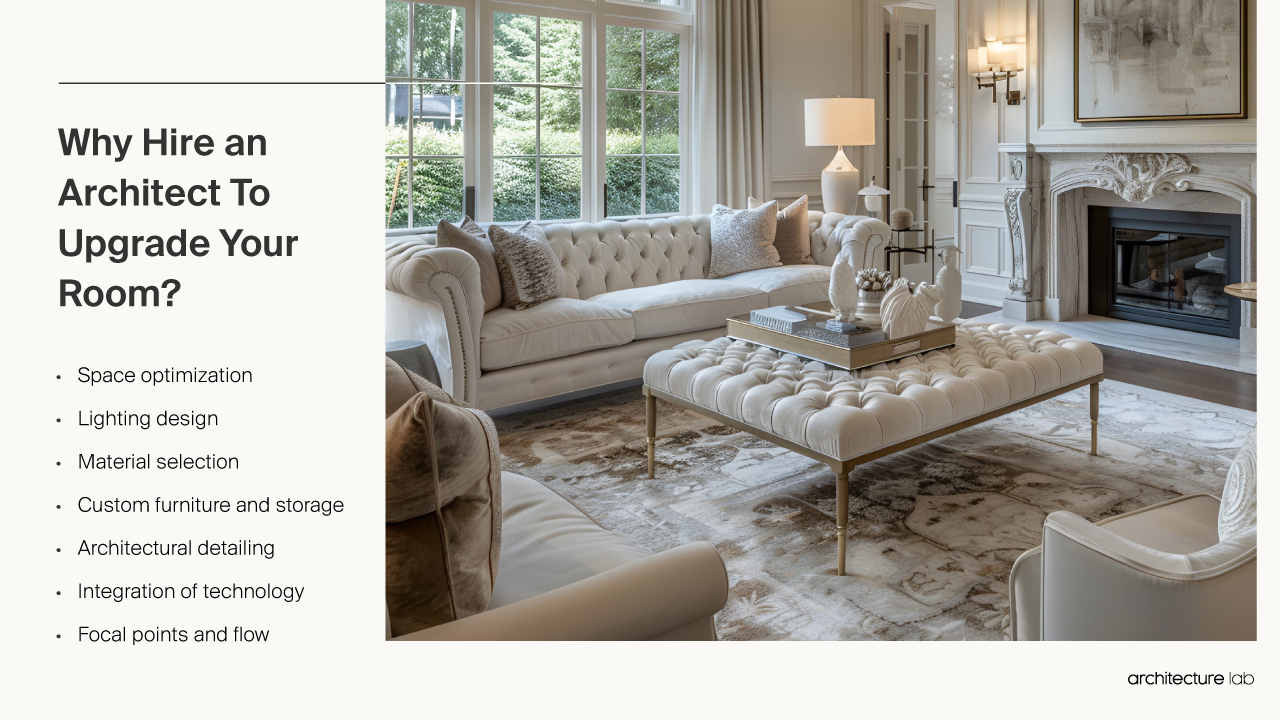
What are the advantages of hiring a specialist to redecorate your kitchen?
Listed below are the advantages of hiring a specialist to redecorate the kitchen:
- Design Expertise: An architect brings professional design expertise to a kitchen upgrade. They can create a functional and aesthetically pleasing layout using the work triangle concept for easy and logical access to the sink, stovetop, and refrigerator.
- Material and Appliance Selection: Architects can guide homeowners in selecting the suitable materials and appliances for their kitchen. They can help compare materials and understand how they will fit into your lifestyle, considering factors like maintenance required and how the material will hold up to foot traffic, spills, and sunlight.
- Budget Management: Architects can help manage the budget for a kitchen upgrade. They can help establish what is most important to the homeowner, such as professional-grade appliances for those who love entertaining or moving windows for more light.
- Structural Changes: Architects can advise on potential structural changes, such as removing walls, moving windows, and relocating utilities. These changes can improve the kitchen’s layout and lighting but may require permits and increase the project’s cost.
- Project Management: An architect can manage the kitchen upgrade process, coordinating with contractors and other professionals. They can oversee the project from conception to completion, ensuring the renovation stays on schedule and within budget.
- Building Information Modeling (BIM): Architects can use BIM technology to plan the kitchen construction process effectively. BIM improves building management and planning, leading to a smoother and more efficient kitchen upgrade process. This technology is changing the game for collaboration in the Architecture, Engineering, and Construction (AEC) sector.
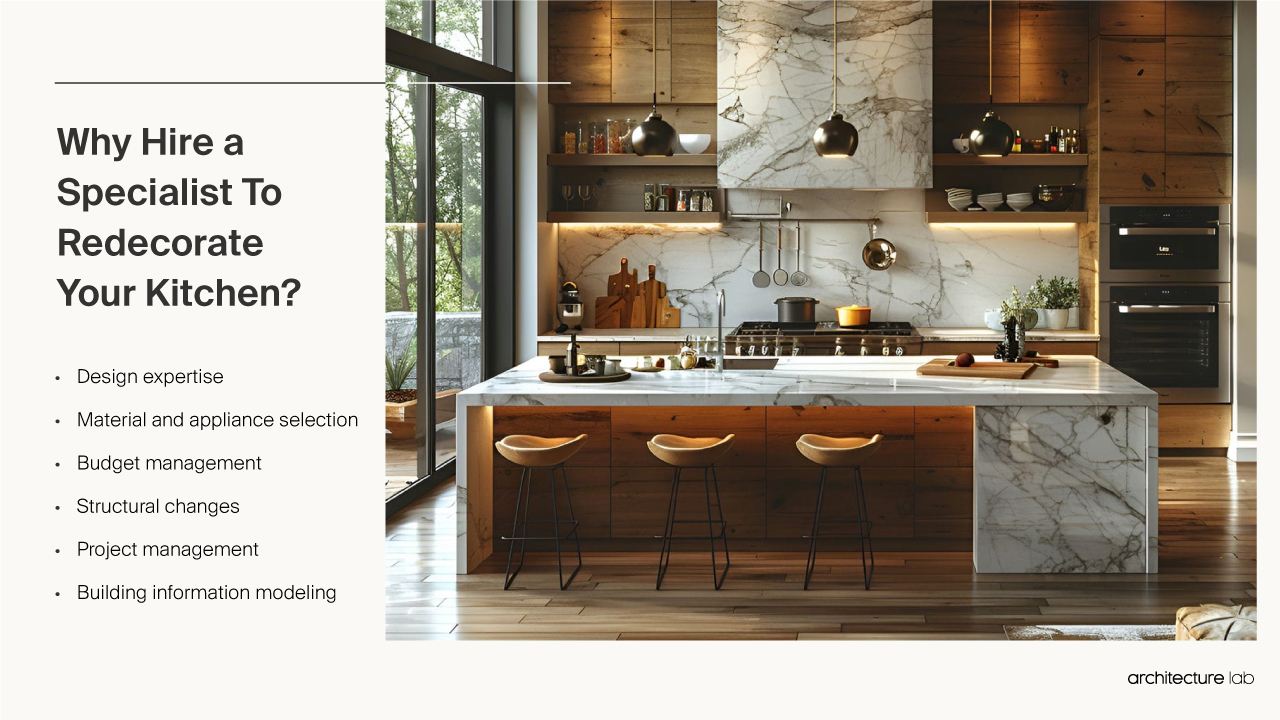
What key functional improvements can an architect bring to the master bedroom?
The key functional improvements that an architect can bring to the master bedroom are through optimizing the layout, improving natural lighting and ventilation, and enhancing privacy and acoustics. Firstly, they can optimize the layout to maximize space utilization. The architect can create a more functional and spacious bedroom by carefully designing furniture placement, such as the bed, wardrobe, and seating areas. This ensures that there is enough room for movement and storage, enhancing the overall functionality of the space. Secondly, an architect can improve the natural lighting and ventilation in the master bedroom. They can strategically position windows and skylights to allow ample daylight to enter the room. This creates a brighter and more pleasant atmosphere and reduces the need for artificial lighting during the day. Proper ventilation can be achieved by incorporating windows that can be opened to allow fresh air circulation, contributing to a healthier and more comfortable living environment. Lastly, an architect can enhance the privacy and acoustics of the master bedroom. The architect can minimize noise transmission from outside sources by carefully selecting and positioning materials, such as soundproof windows and doors. This ensures a peaceful and quiet sleeping environment. The architect can design the layout to maximize privacy, such as locating the bedroom away from noisy areas of the house or incorporating sound-absorbing materials in the walls to reduce internal noise.
How does an architect select materials for different room types?
An architect selects materials for different room types by considering functionality, aesthetics, budget, and maintenance requirements. Firstly, they analyze the function and purpose of each room. In a kitchen, where high temperatures and moisture are common, the architect may choose materials such as ceramic tiles for the flooring and stainless steel for countertops and appliances due to their durability and resistance to heat and moisture. The architect may prioritize materials that create a cozy and comfortable atmosphere for a bedroom, such as carpeting for the flooring and soft fabrics for curtains and upholstery. Secondly, the architect considers each room’s aesthetic appeal and design concept. They consider the desired style, color scheme, and overall ambiance. The architect may opt for materials like glass, metal, and concrete in a modern living room to create a sleek and contemporary look. They might choose natural wood for furniture and flooring in a traditional dining room to evoke a classic and timeless atmosphere. Lastly, the architect considers the budget and maintenance requirements. They balance the cost of materials with their durability and lifespan. The architect may select cost-effective and low-maintenance materials like laminate flooring and vinyl wallpaper in a commercial office space. In a high-end residential project, they might choose premium materials like hardwood flooring and marble countertops, which can be more expensive but offer long-term durability and luxury.
What building materials affect house lighting?
The building materials that affect house lighting are the type of windows, the color and finish of walls and ceilings, and the choice of flooring materials. Firstly, the type of windows used in a house can greatly influence the amount of natural light that enters the space. Windows made of clear glass allow more light to pass through compared to frosted or tinted glass windows. Double-glazed windows with low-emissivity (Low-E) coatings can help reduce heat transfer and provide better insulation without compromising the amount of natural light. Secondly, the color and finish of walls and ceilings can also affect lighting. Light-colored and glossy finishes tend to reflect more light, helping to distribute it throughout the room and make the space feel brighter, while dark-colored or matte finishes absorb more light, resulting in a dimmer ambiance. Choosing lighter colors and finishes for walls and ceilings can optimize the lighting conditions in a house. Lastly, the choice of flooring materials can impact lighting as well. Light-colored flooring materials, such as light wood or tiles, can reflect more light and create a brighter atmosphere. Darker flooring materials, like dark wood or carpet, absorb more light, leading to a darker appearance. Selecting lighter flooring materials can enhance the overall lighting in a house.
Can an architect help you plan the lighting of your house?
Yes, an architect can help homeowners plan their houses’ lighting, but hiring a lighting specialist designer is advised. Firstly, a lighting specialist designer possesses specialized knowledge and expertise in lighting design. They deeply understand the principles of lighting, including the different types of lighting fixtures, their placement, and the effects they can create. This expertise allows them to create a lighting plan that not only meets the functional needs of the homeowners but also enhances the aesthetics of the space. Secondly, a lighting specialist designer keeps up with the latest lighting trends, technologies, and products. They are aware of the newest advancements in energy-efficient lighting solutions, such as LED technology, and can help homeowners make informed decisions about lighting fixtures that are both aesthetically pleasing and environmentally friendly. They have access to a wide range of lighting products and suppliers, ensuring homeowners can access diverse lighting options to suit their preferences and budgets. Lastly, homeowners can save time and avoid costly mistakes by hiring a lighting specialist designer. Designing an effective lighting plan involves considering various factors, such as the specific needs of each room, the desired ambiance, and the integration of lighting controls. A lighting specialist designer can efficiently navigate these complexities, ensuring the lighting design is cohesive and well-coordinated throughout the house. This expertise helps homeowners avoid the hassle of trial and error and the expense of purchasing lighting fixtures that may not meet their expectations or fit the overall design scheme.
Can an architect help you stay on budget during a house renovation?
Yes, an architect can help homeowners stay on budget during a house renovation. Firstly, an architect possesses the expertise to create a comprehensive design that aligns with the homeowner’s budgetary constraints. They understand the costs associated with various materials, construction methods, and finishes, allowing them to make informed decisions that balance aesthetics and affordability. Secondly, an architect can assist homeowners in obtaining accurate cost estimates for the renovation. They can prepare detailed construction drawings and specifications that provide a clear scope of work for contractors to bid on. This level of detail helps ensure that contractors provide accurate and competitive pricing. Lastly, during the construction phase, an architect can act as a project manager, overseeing the progress and quality of the work. They can review invoices and payment requests from contractors, ensuring that costs are reasonable and in line with the agreed-upon budget.
Can an architect help you transform your house into a smart home?
Yes, an architect can help homeowners transform their house into a smart home, but hiring a smart home specialist or automation expert is strongly advised. Firstly, architects possess expertise in designing and modifying residential spaces, including integrating smart home technologies. They can collaborate with homeowners to develop a blueprint that seamlessly incorporates the desired smart home features into the existing structure. This collaboration ensures the transformation aligns with the homeowners’ vision, functional requirements, and aesthetic preferences. Secondly, a smart home specialist or automation expert is invaluable. These professionals have in-depth knowledge of the latest smart home technologies, systems, and integration methods. They can guide homeowners in selecting the appropriate devices and systems to achieve the desired level of automation and connectivity. They possess the expertise to handle the complex installation and configuration processes of transforming a regular home into a smart home. Lastly, the architect and smart home specialist can create an integrated plan that harmonizes the architectural design with the smart home features. The architect considers the house’s layout, structure, and aesthetics, ensuring that the smart home elements blend seamlessly into the overall design, while the smart home specialist focuses on the technical implementation, ensuring that all devices, systems, and automation features are properly installed and functioning correctly.
Explore House Room Types
Find below our top guides about House Room Types.

